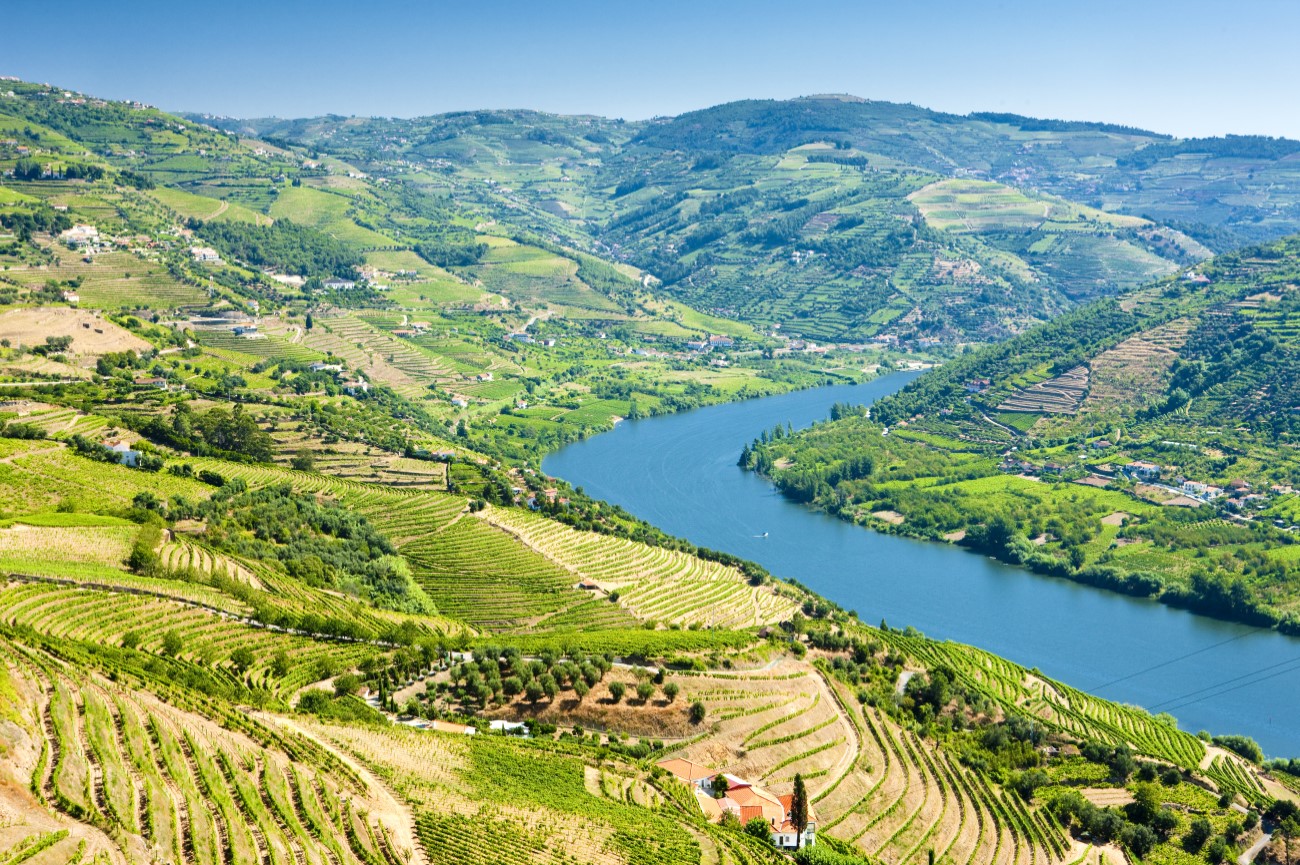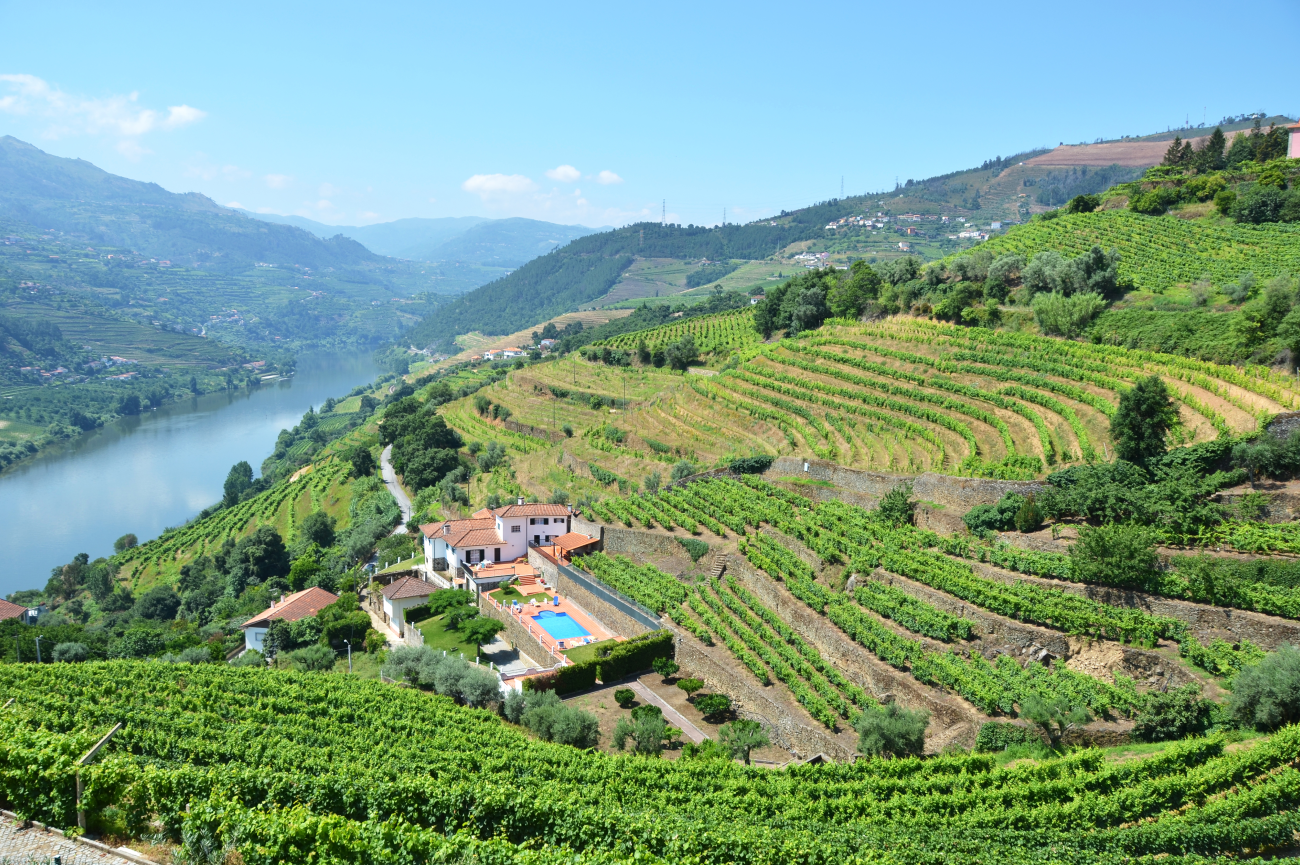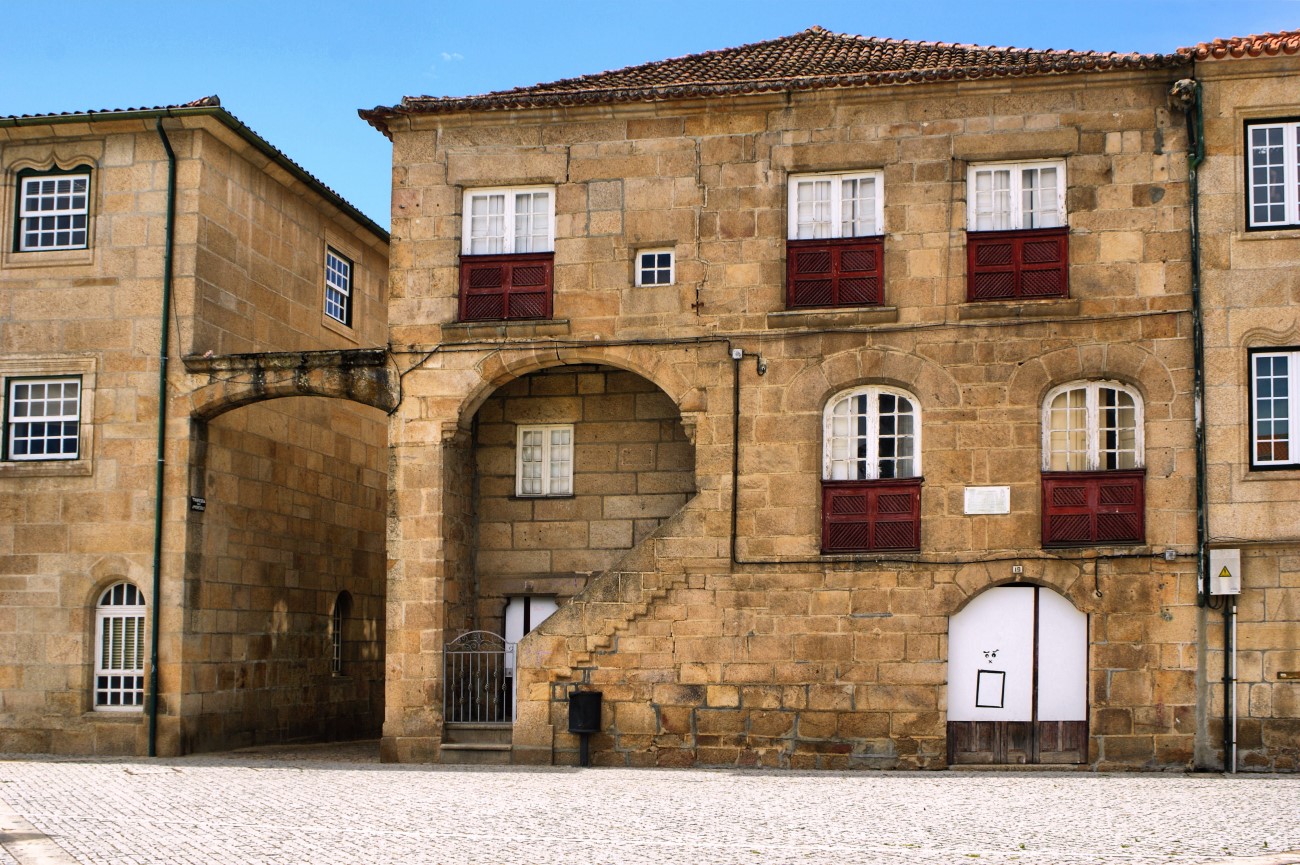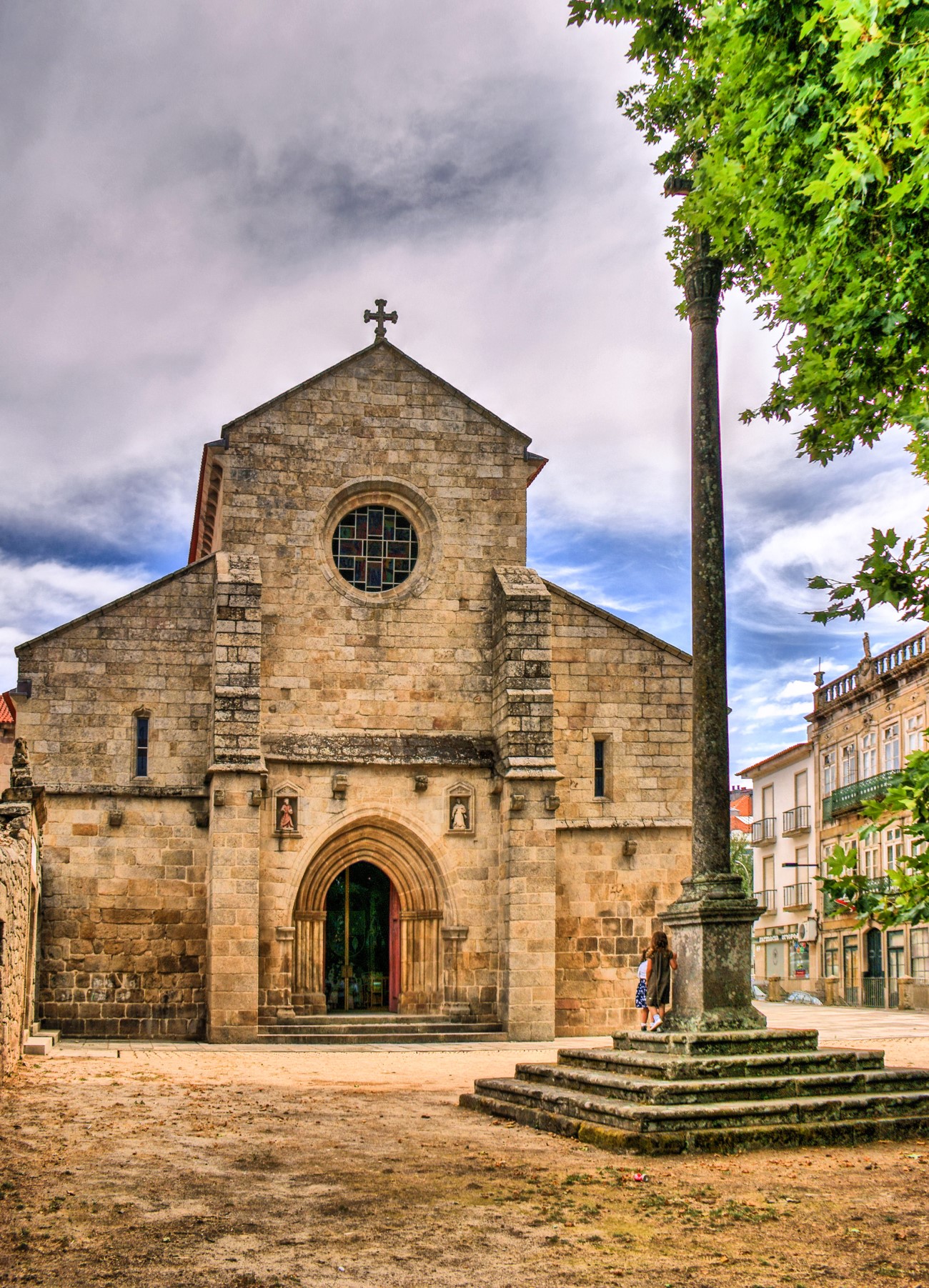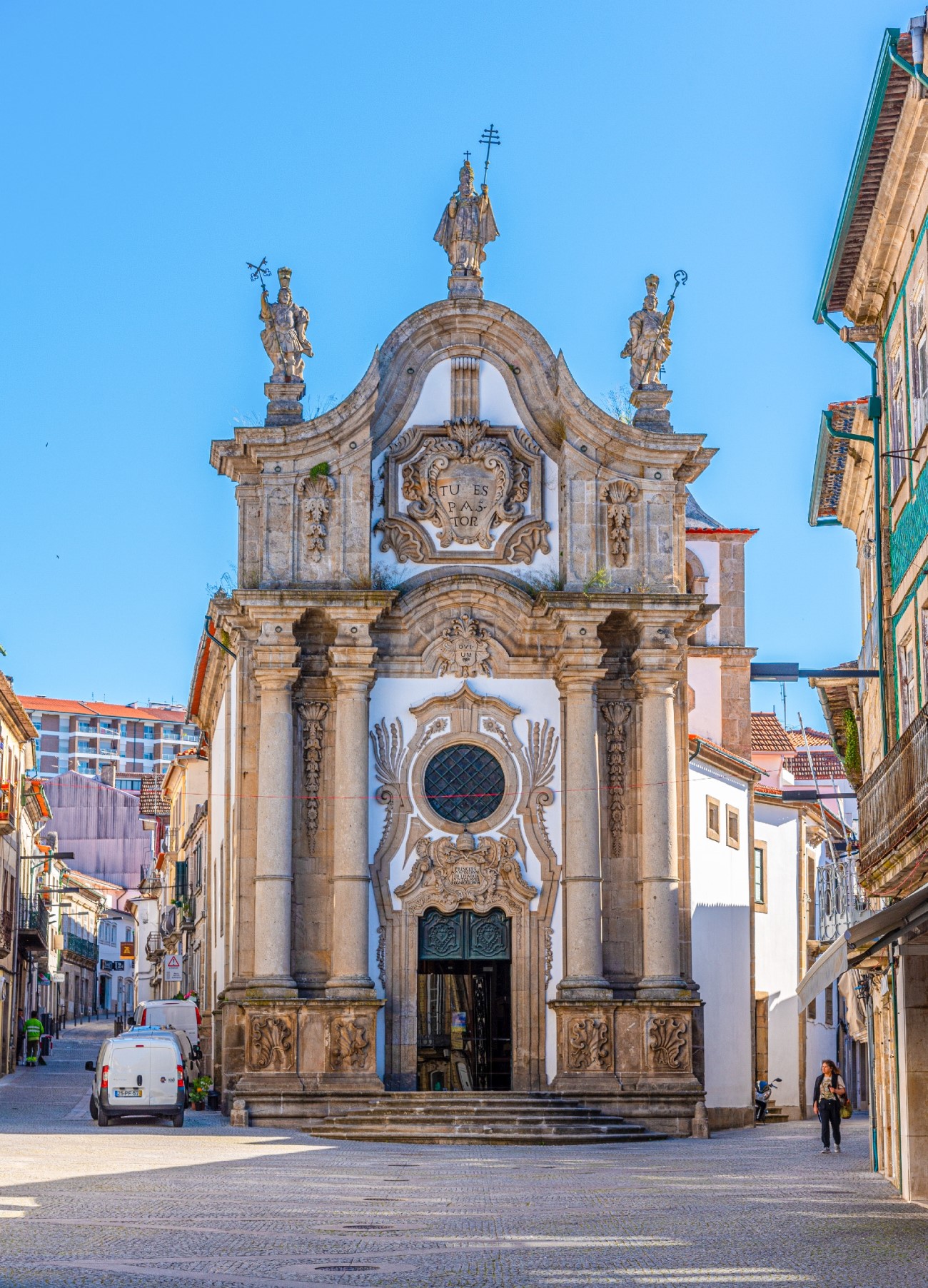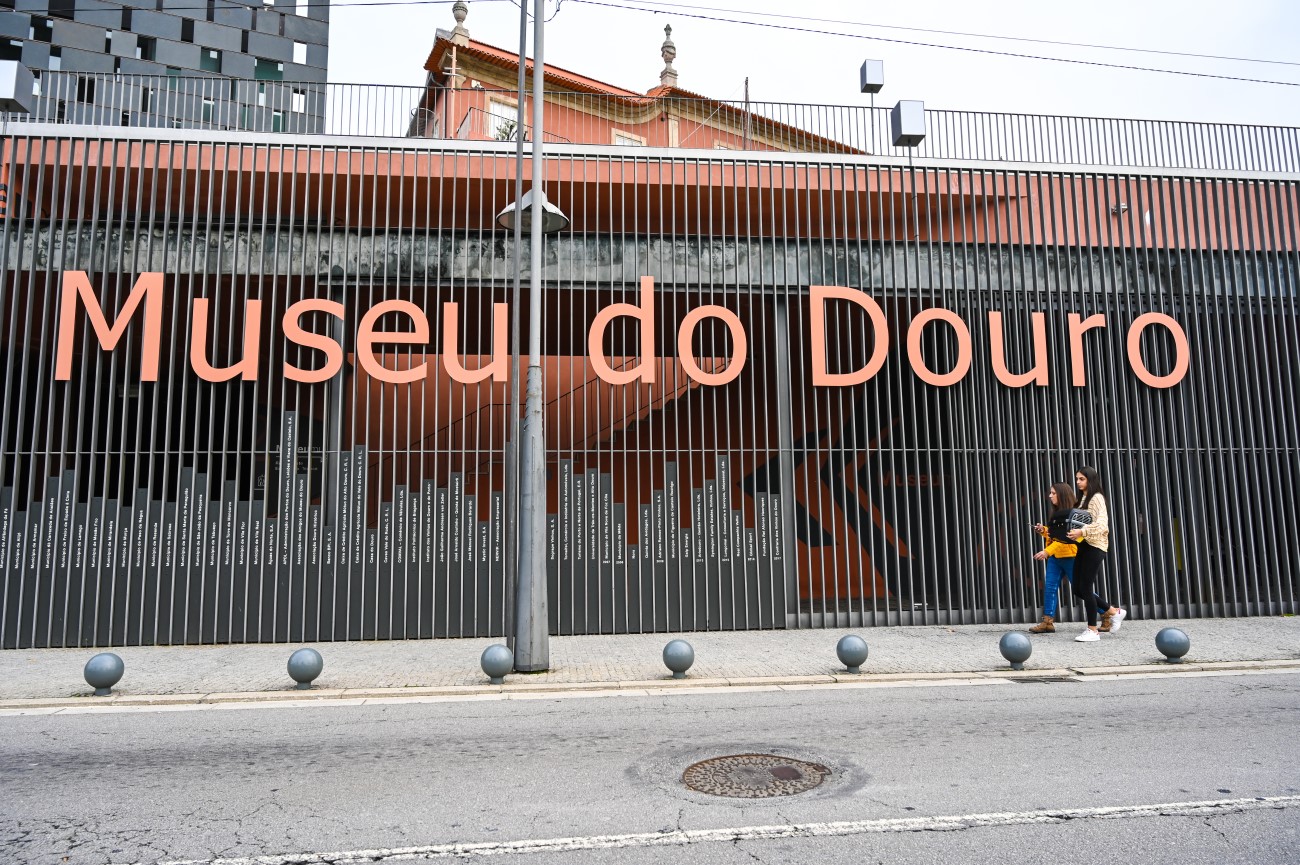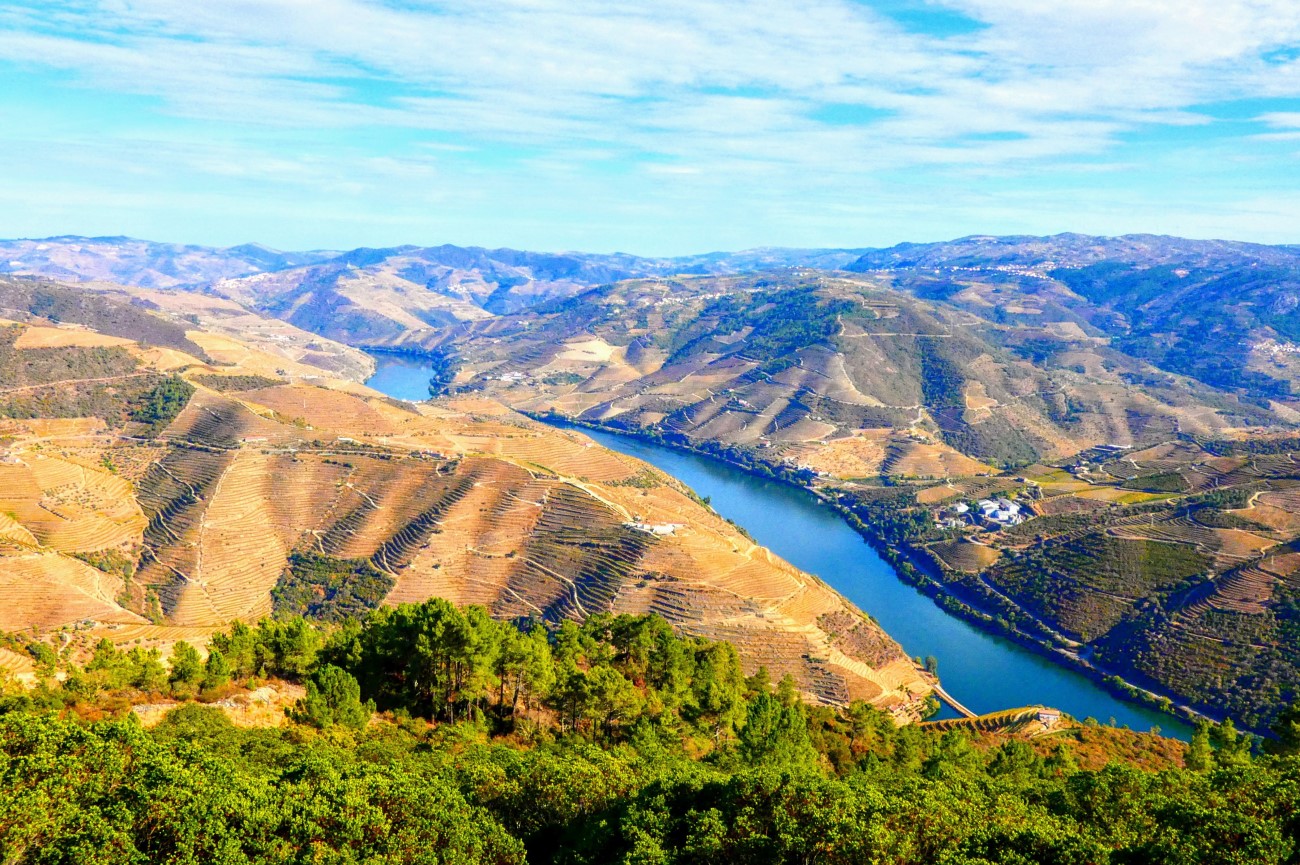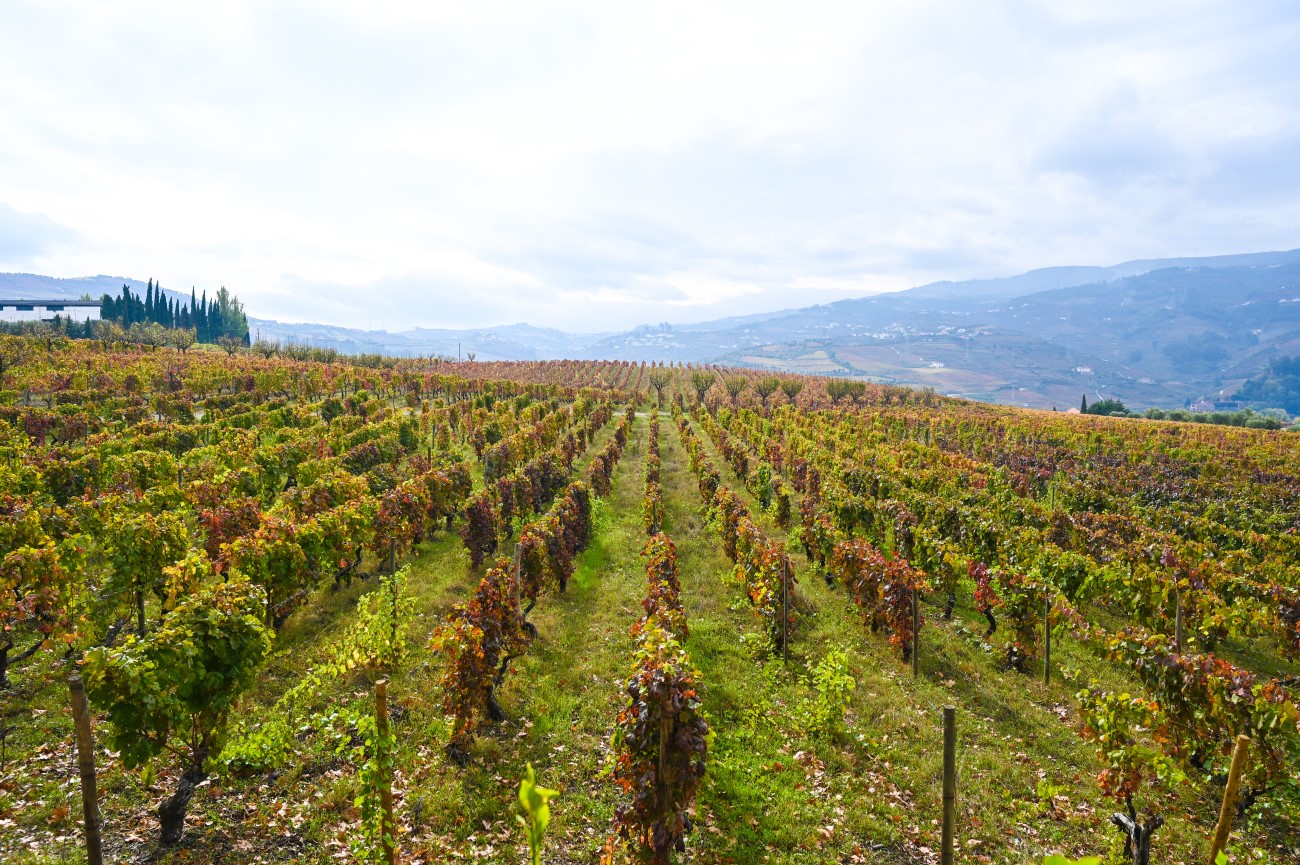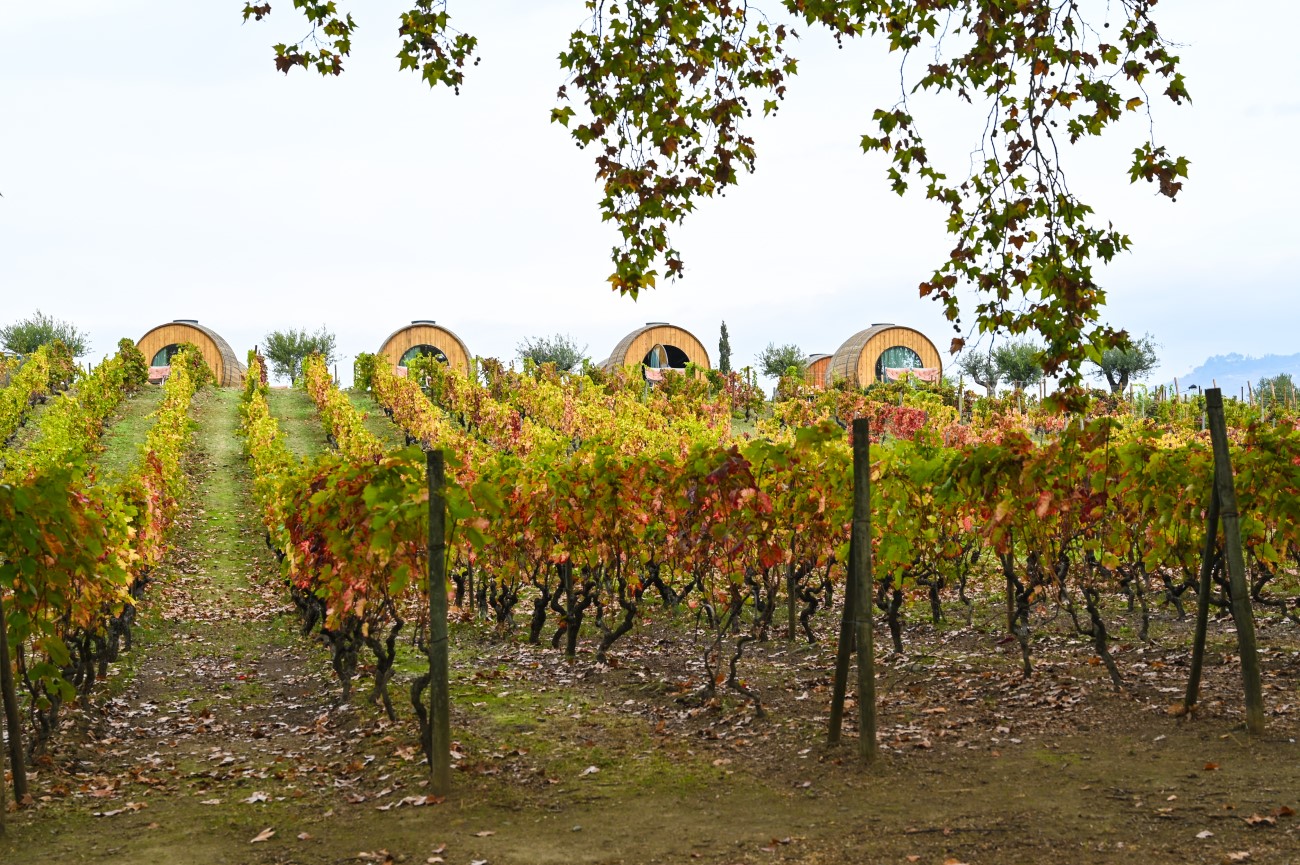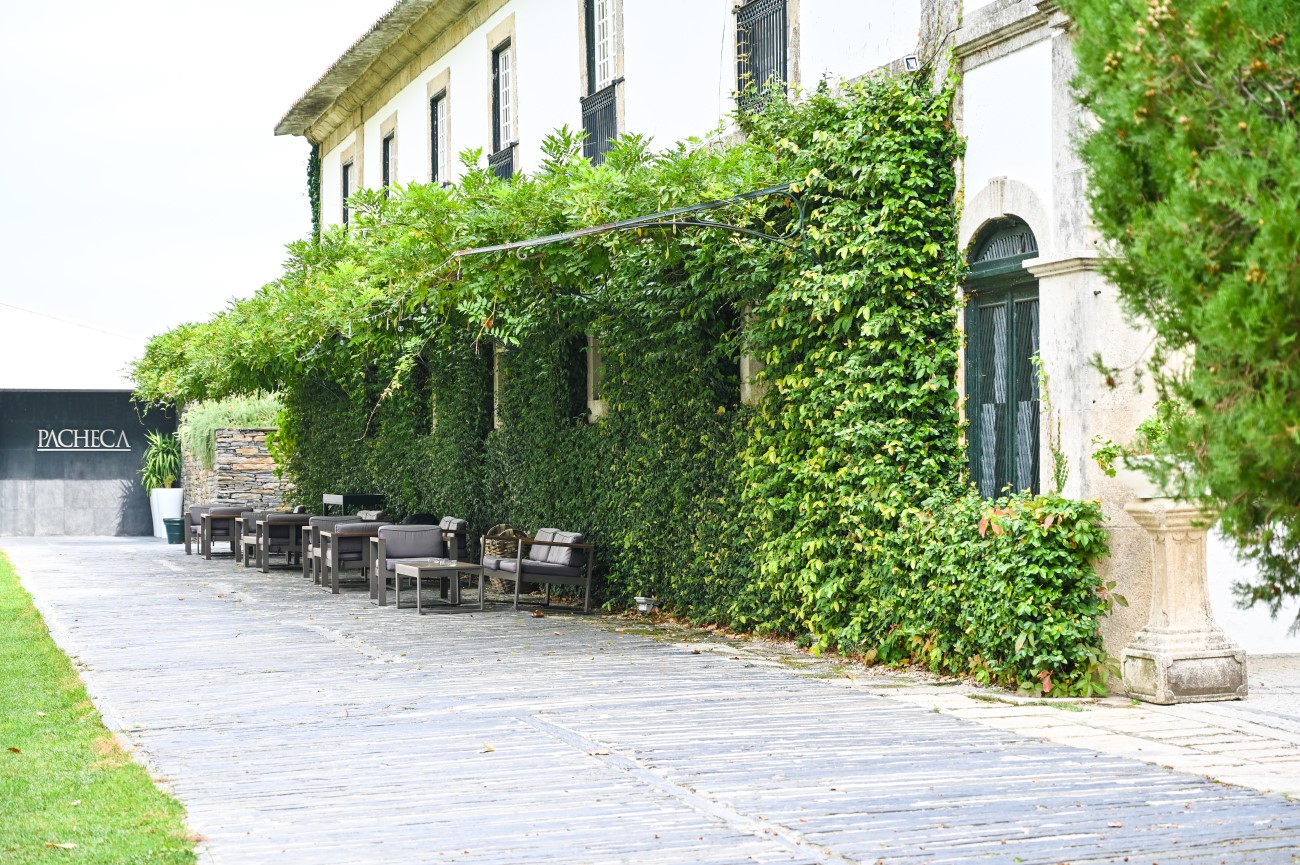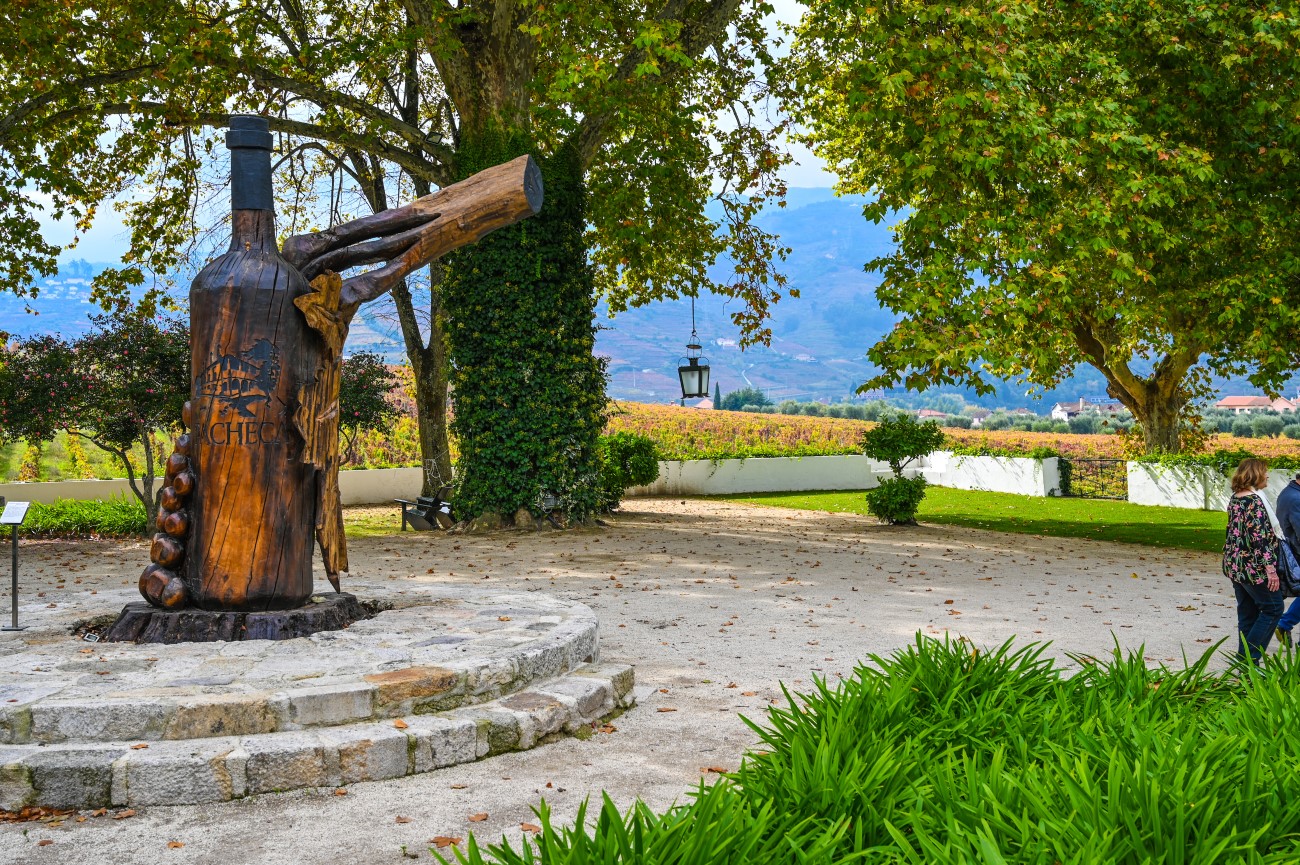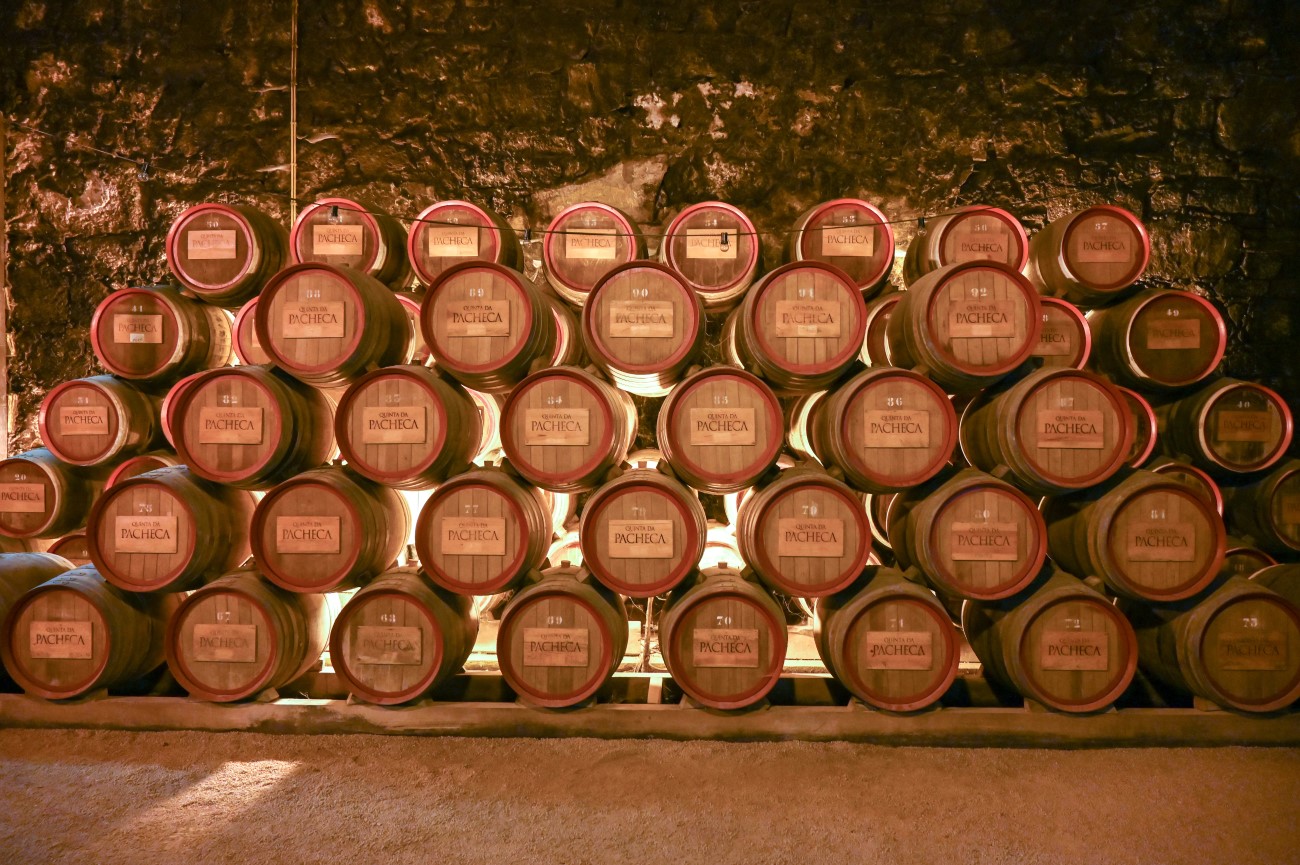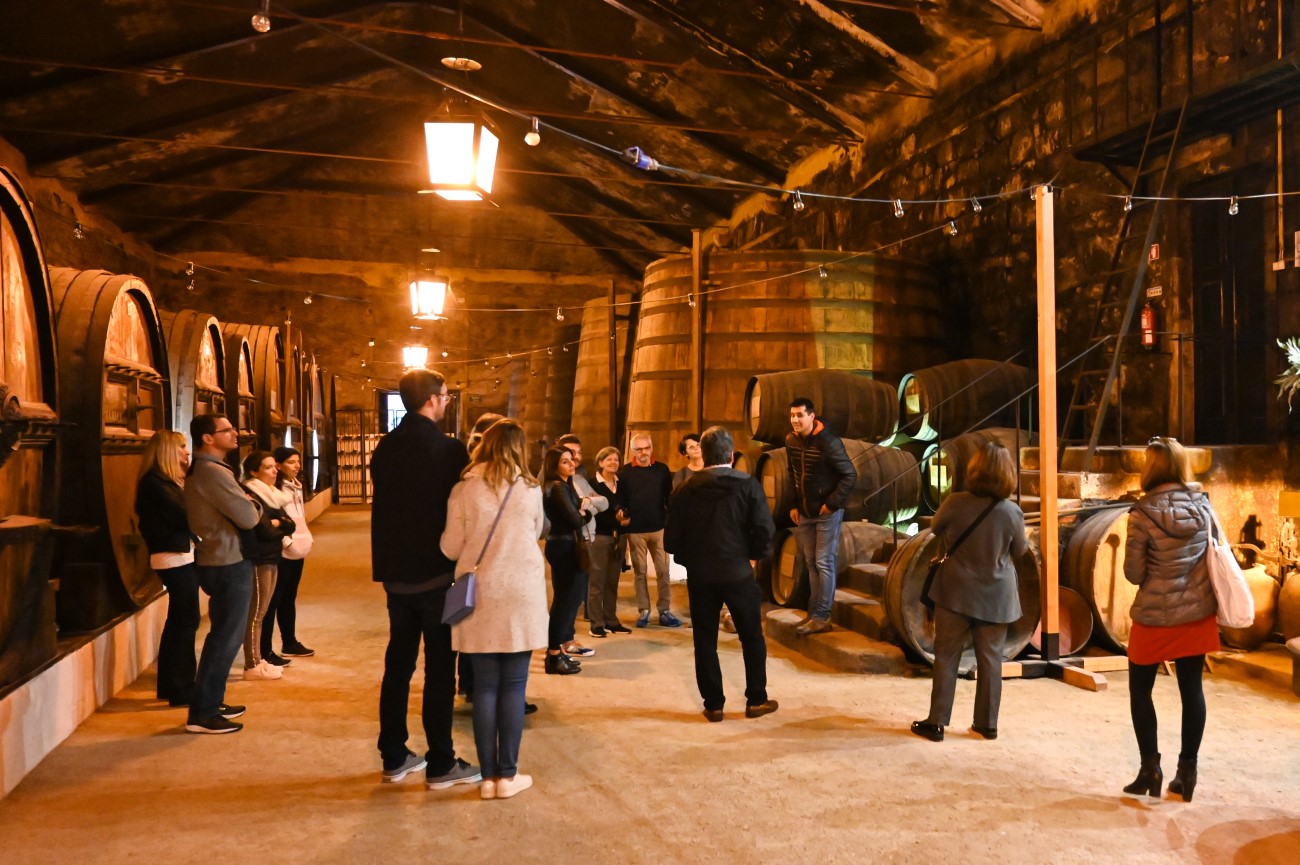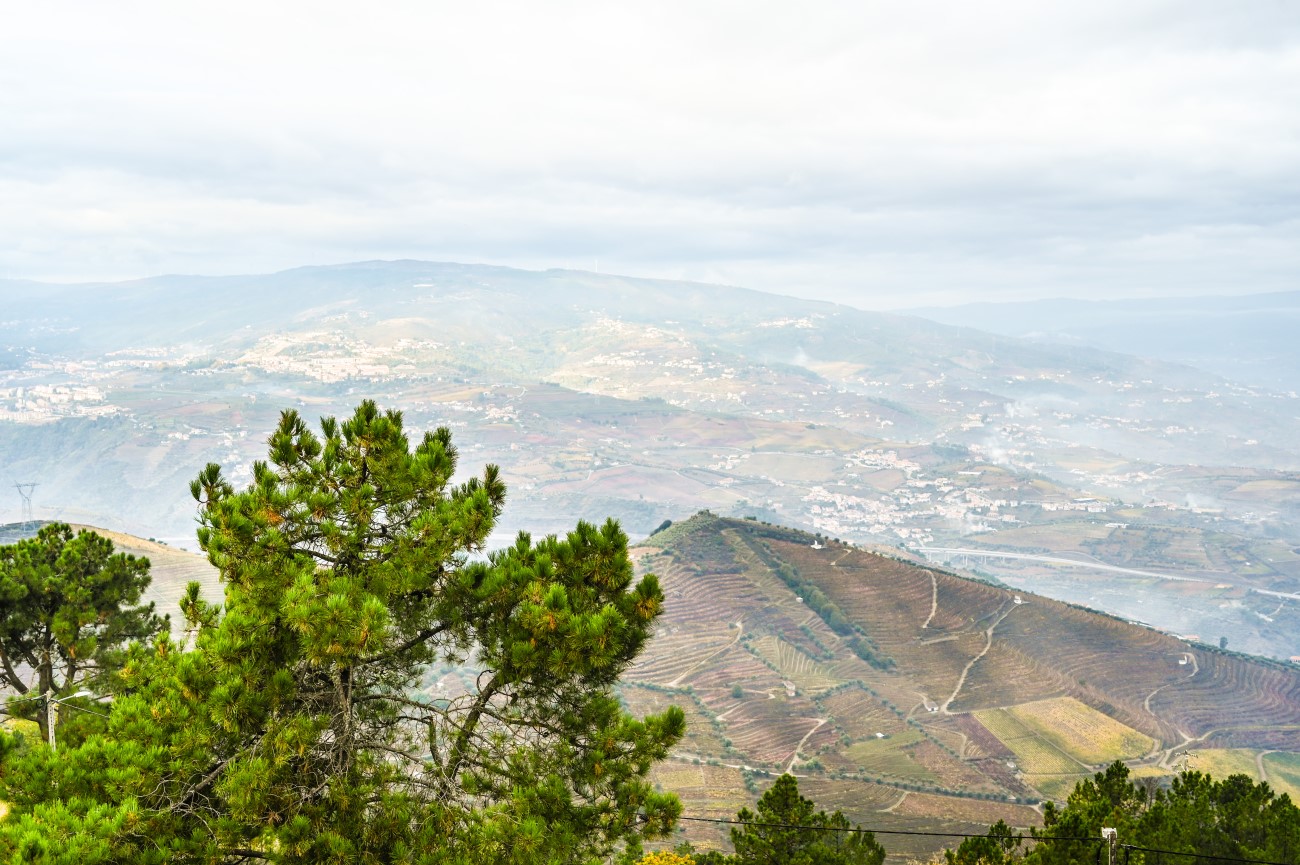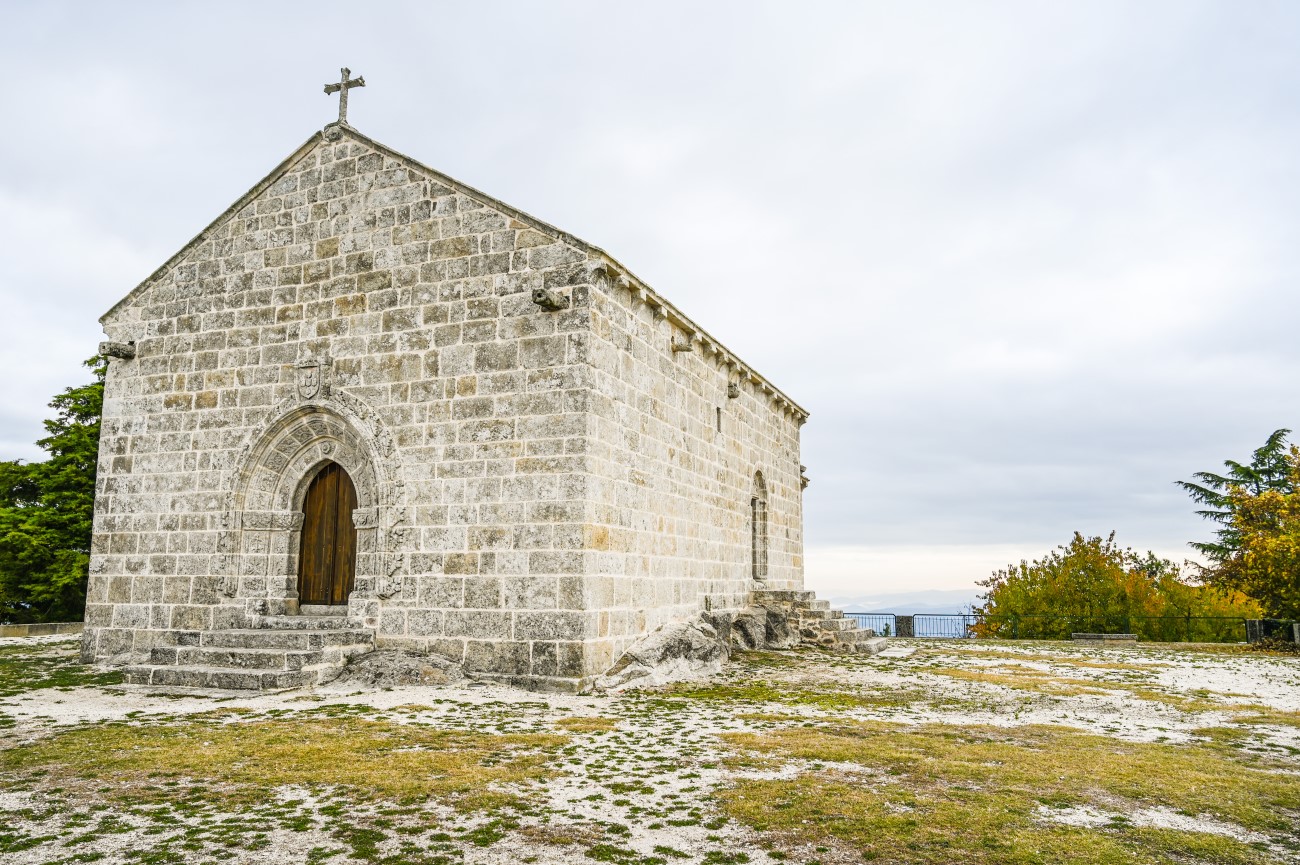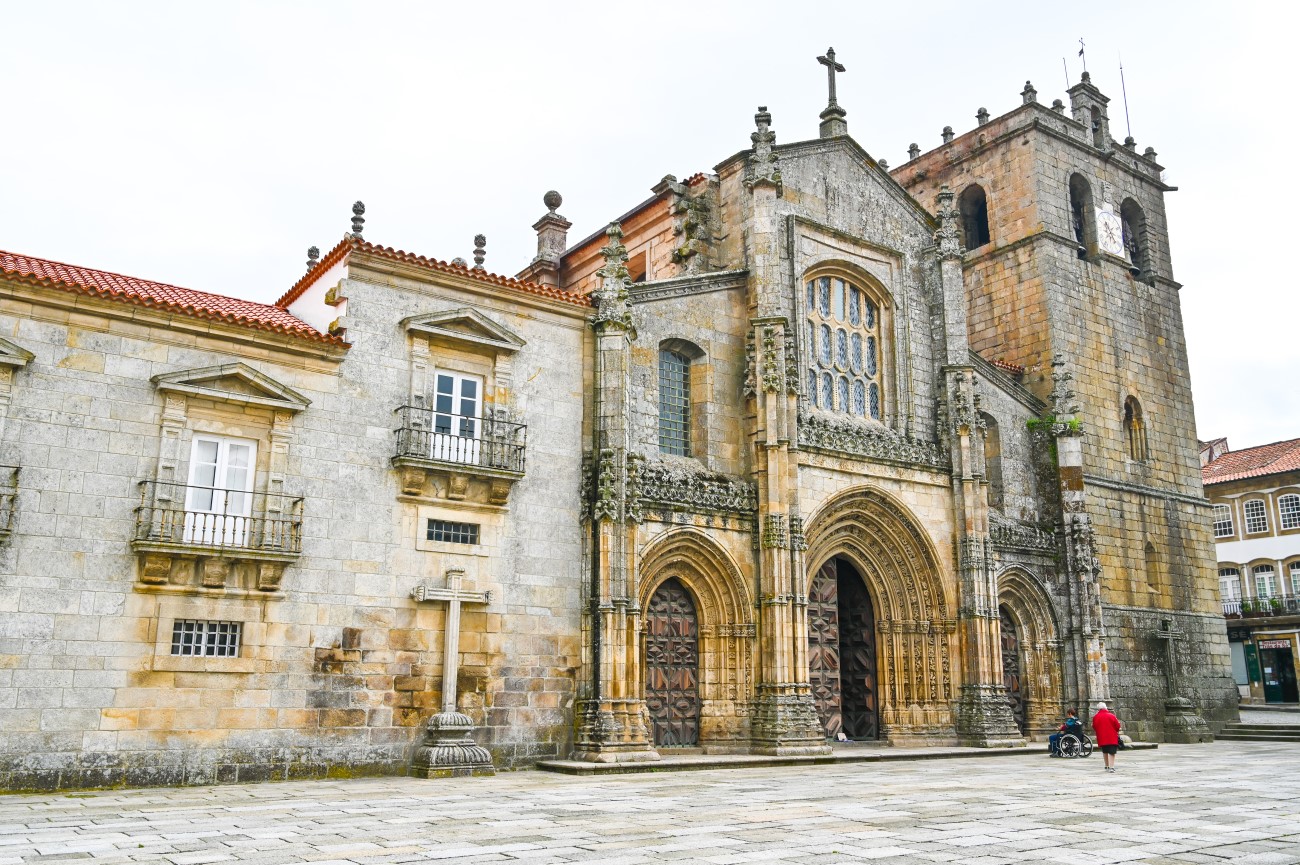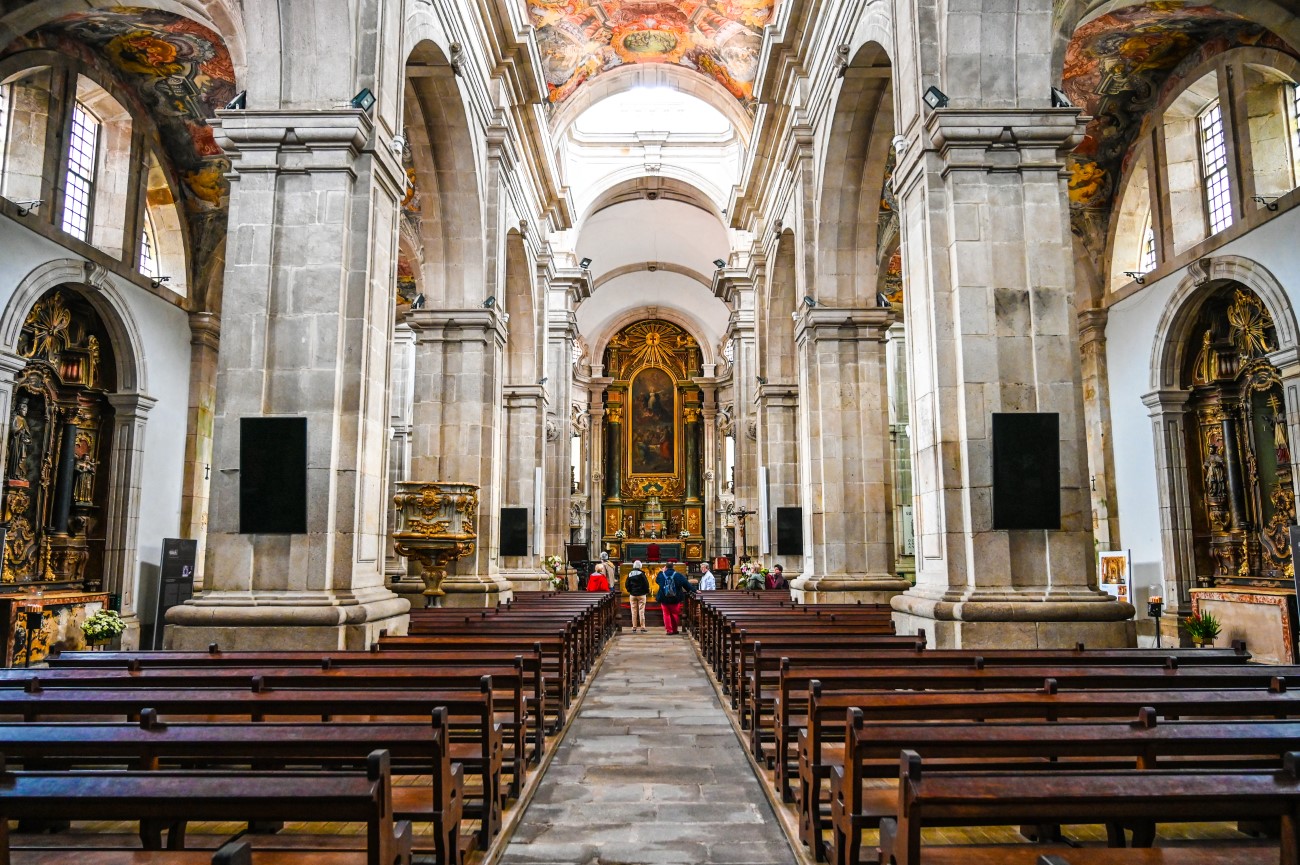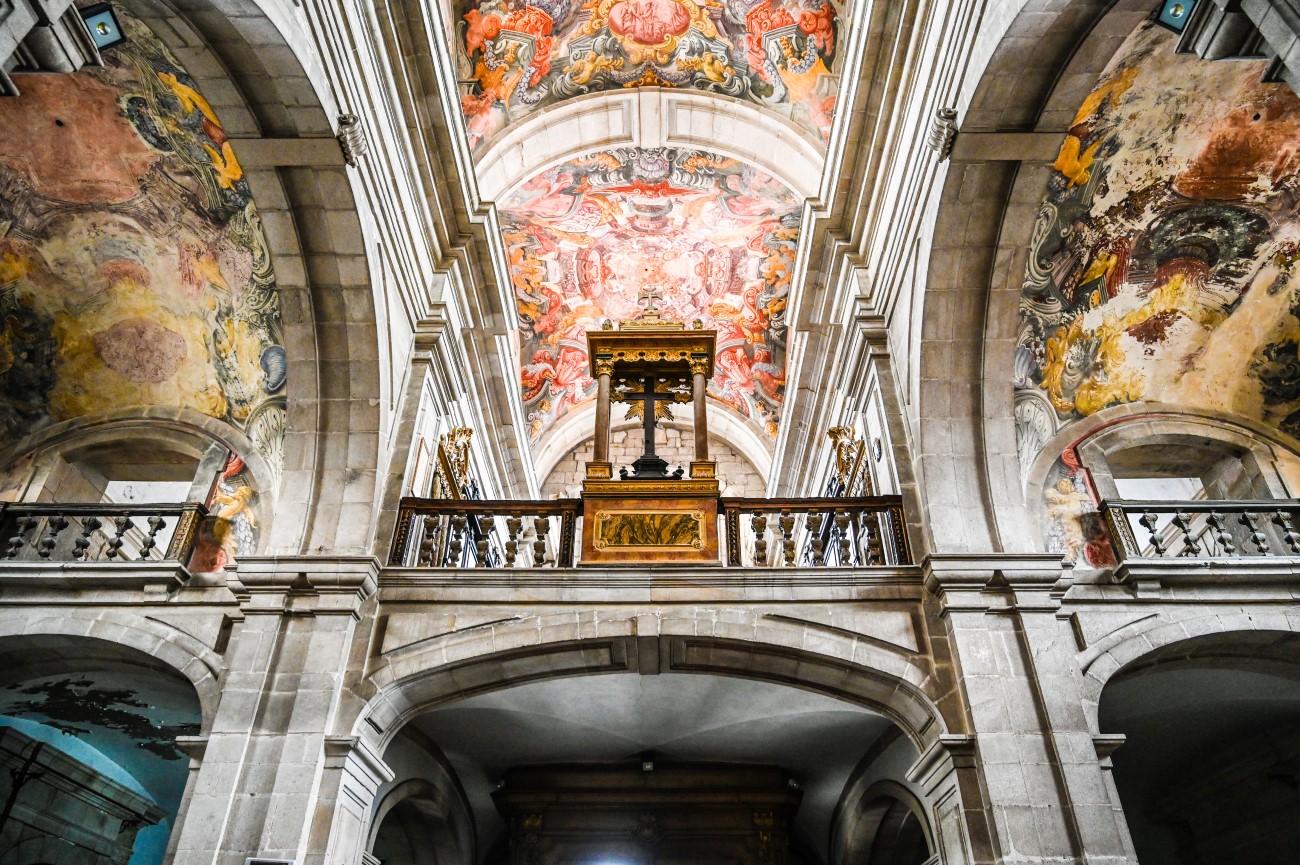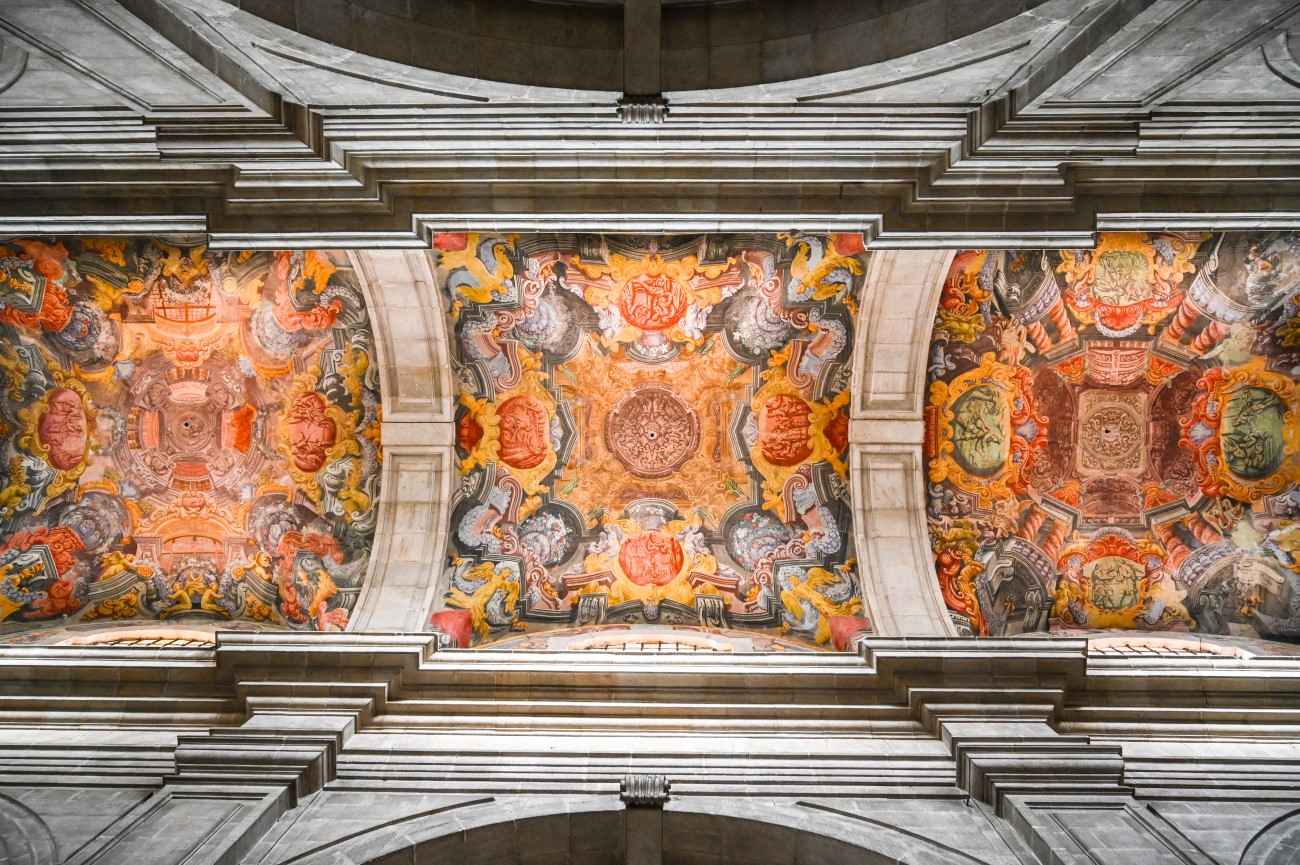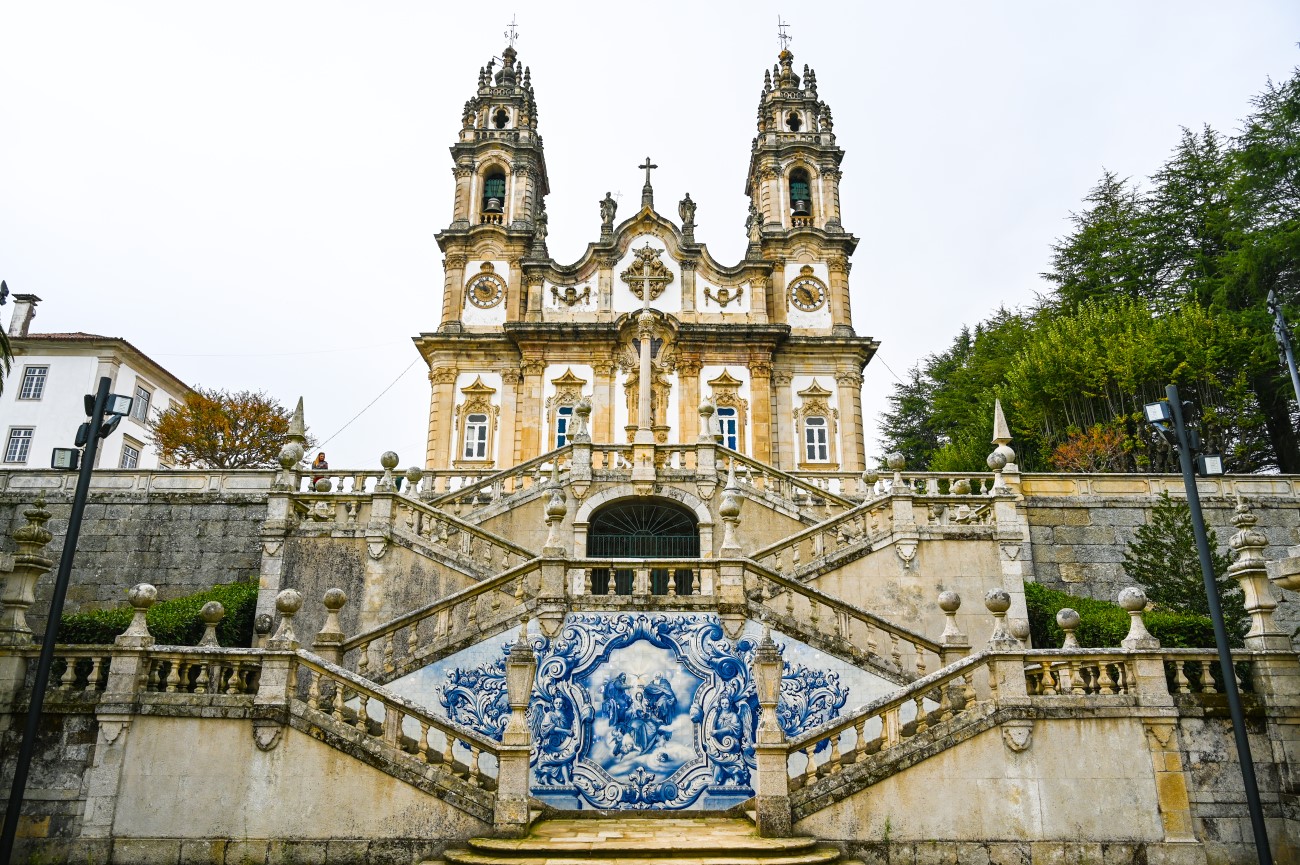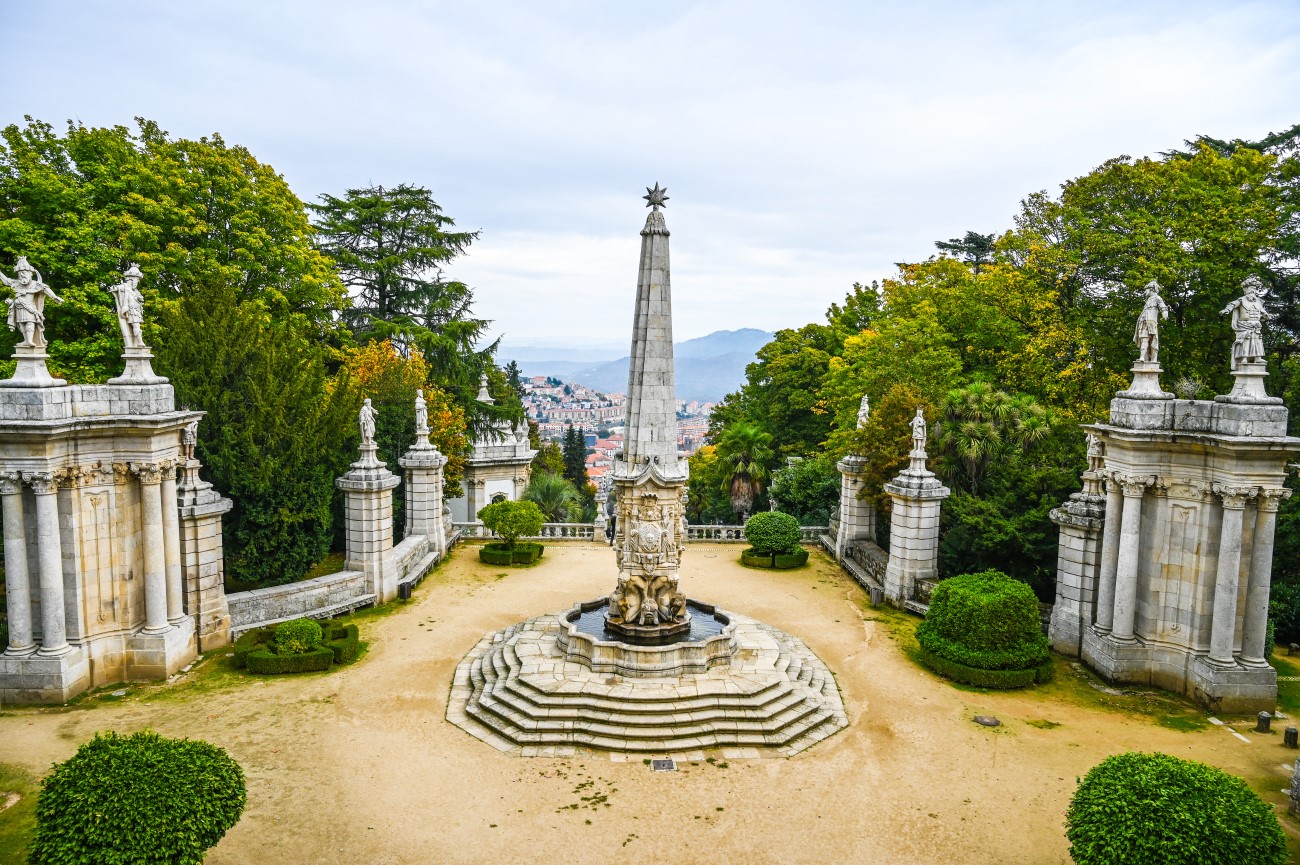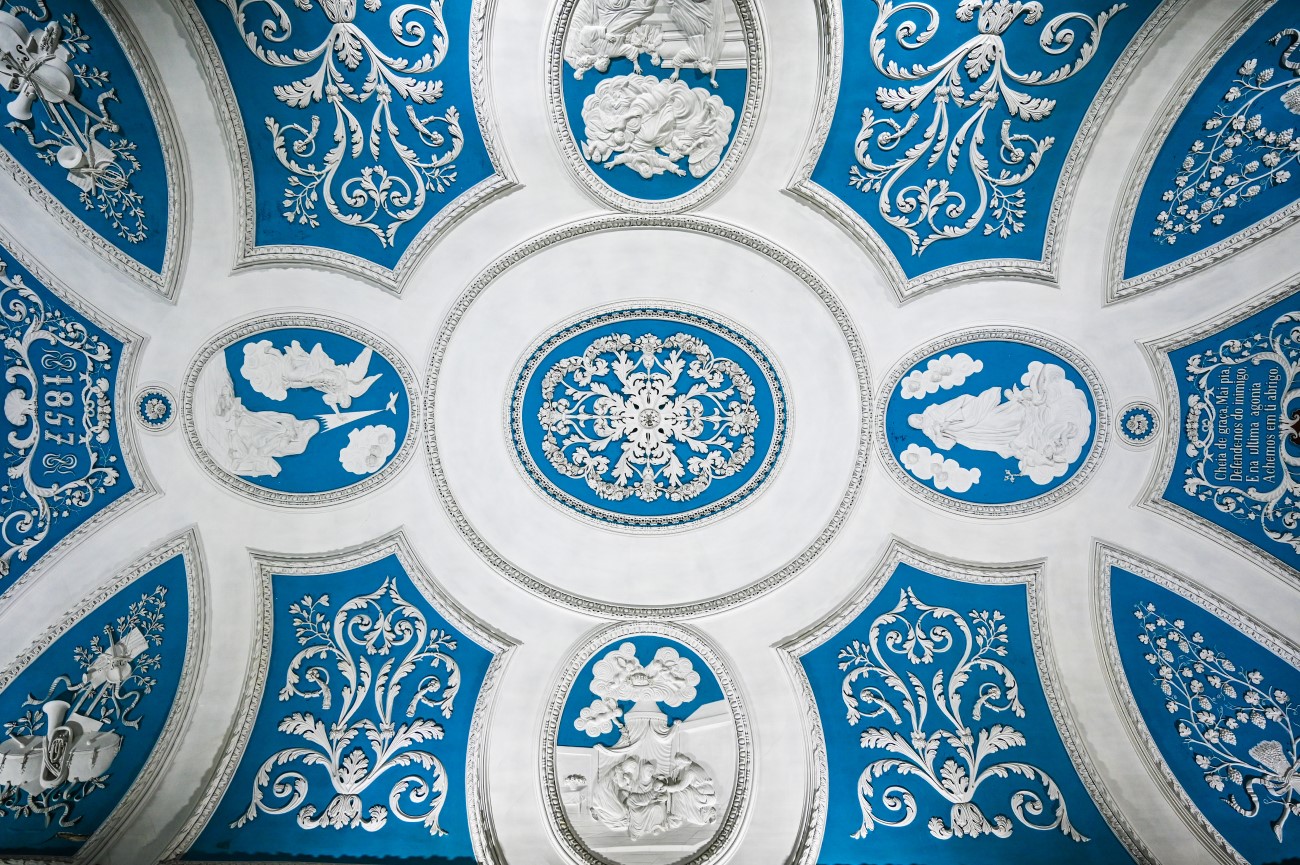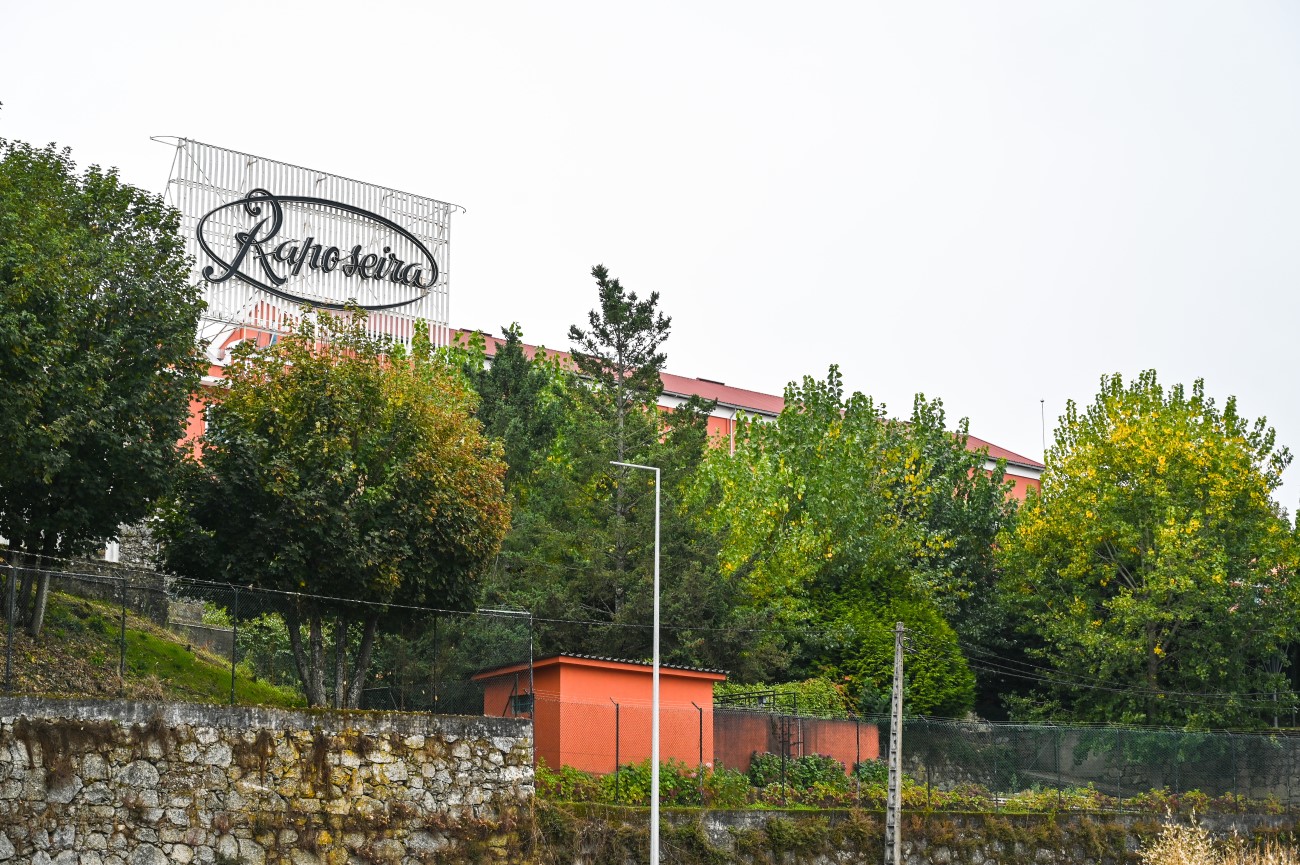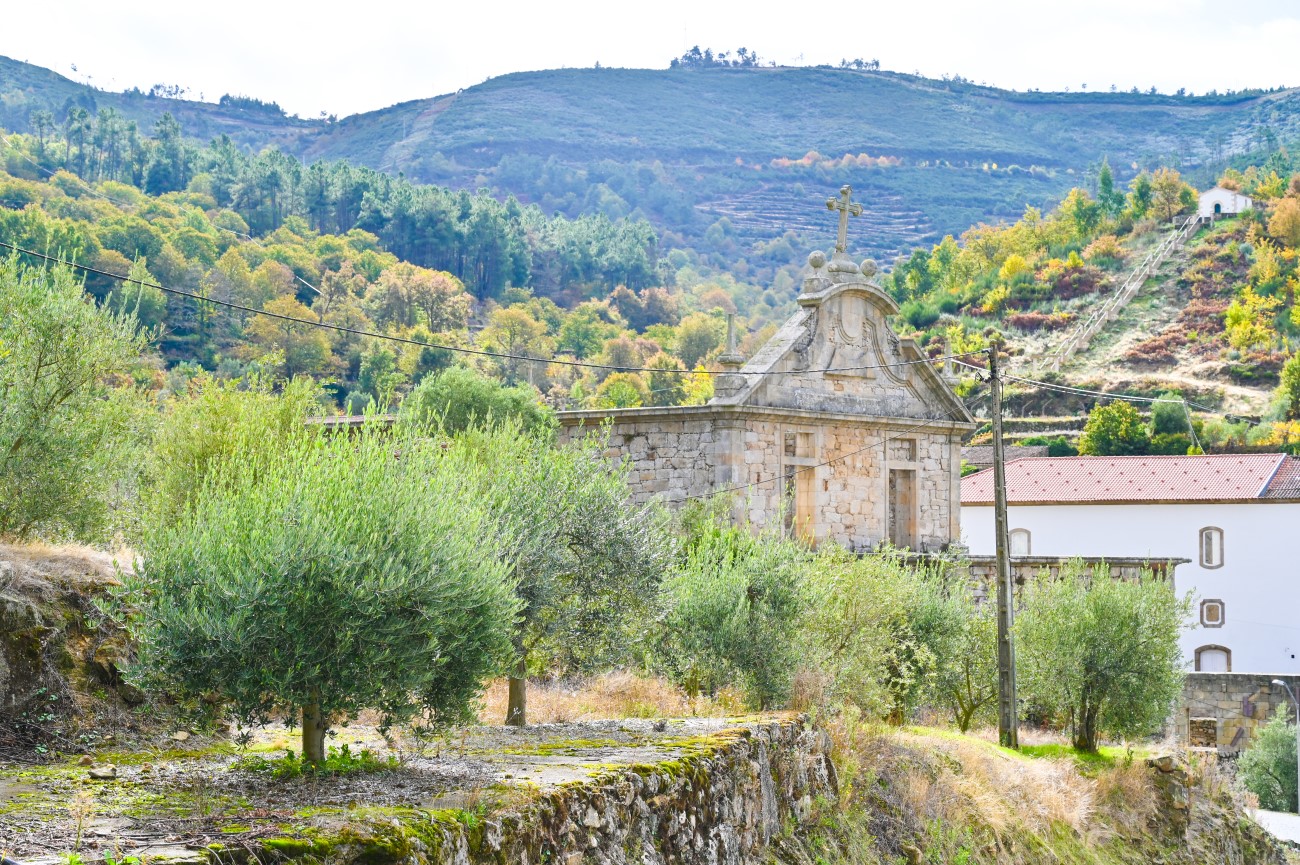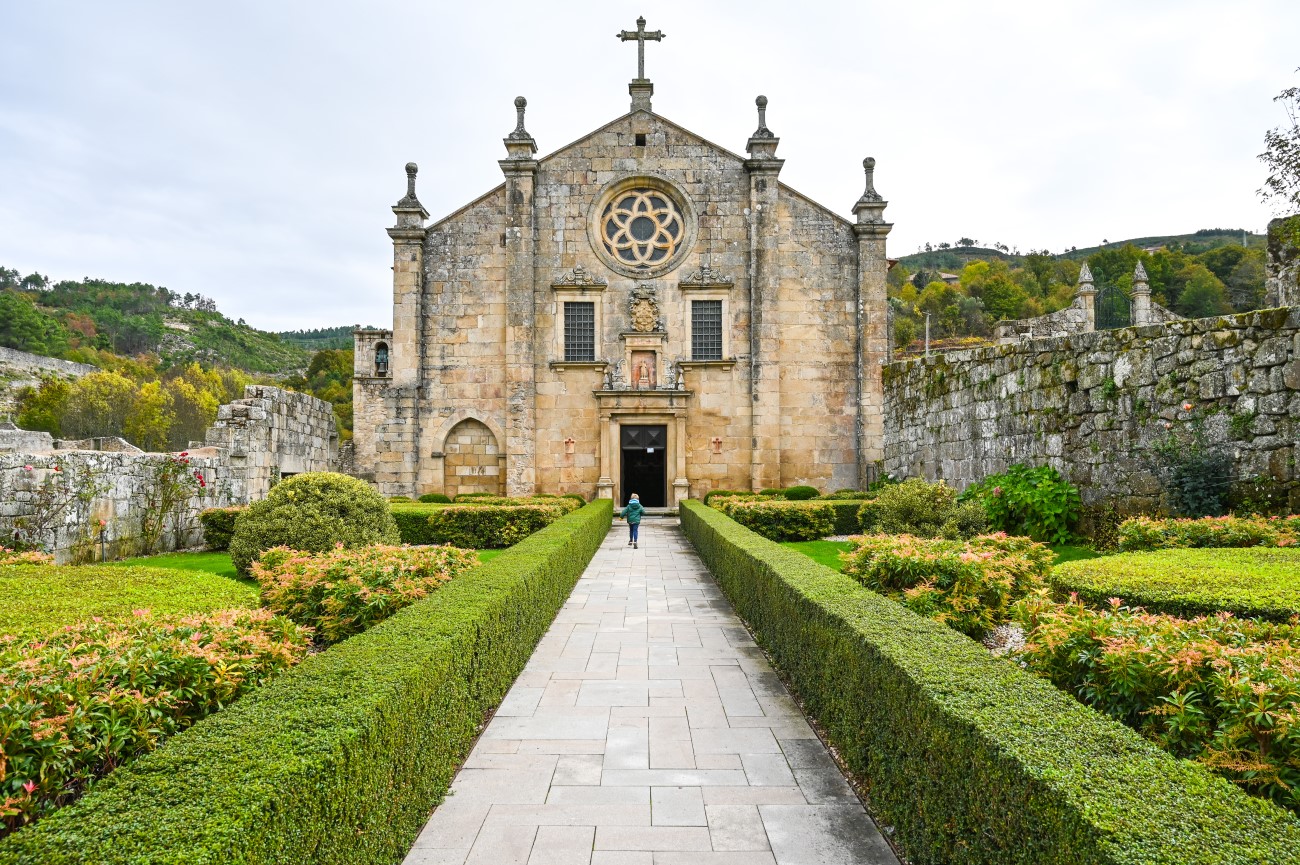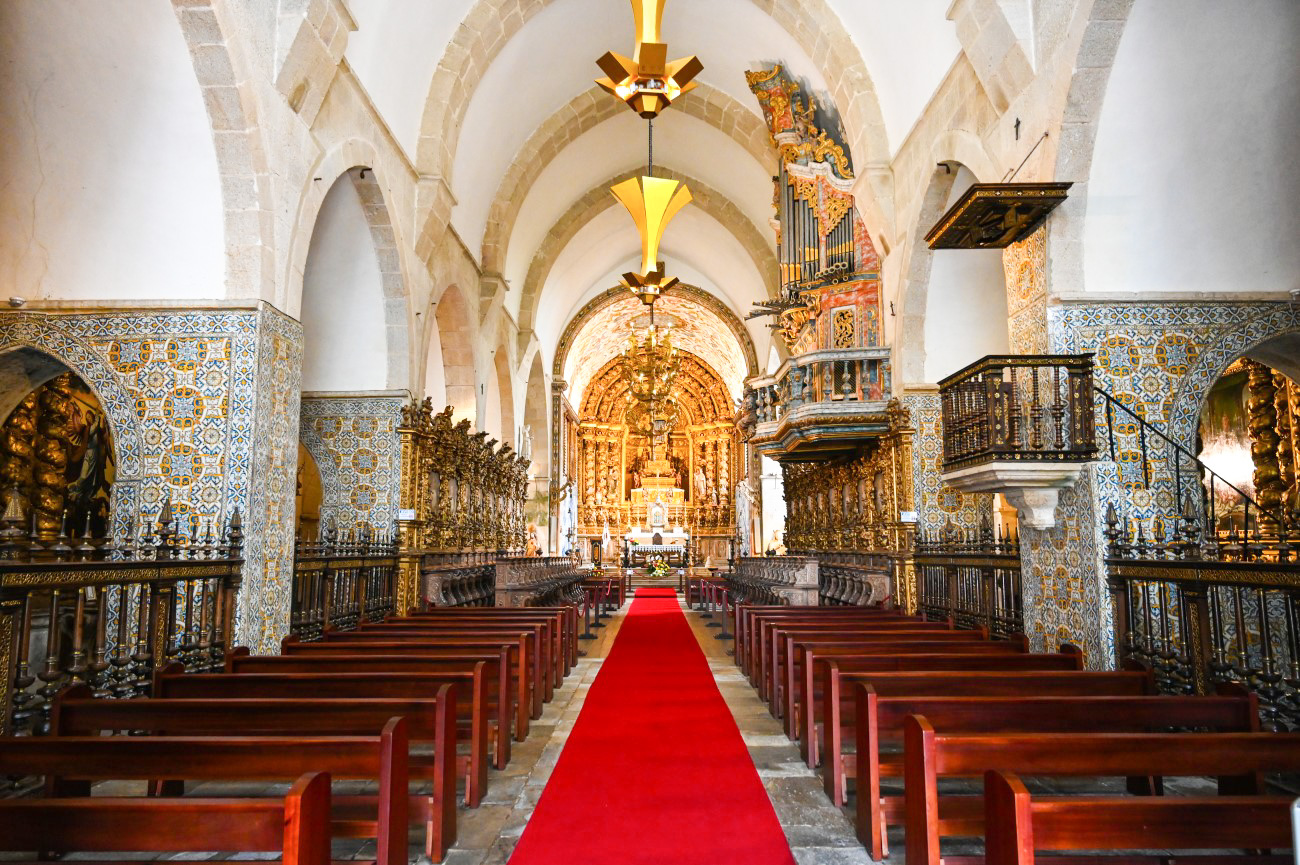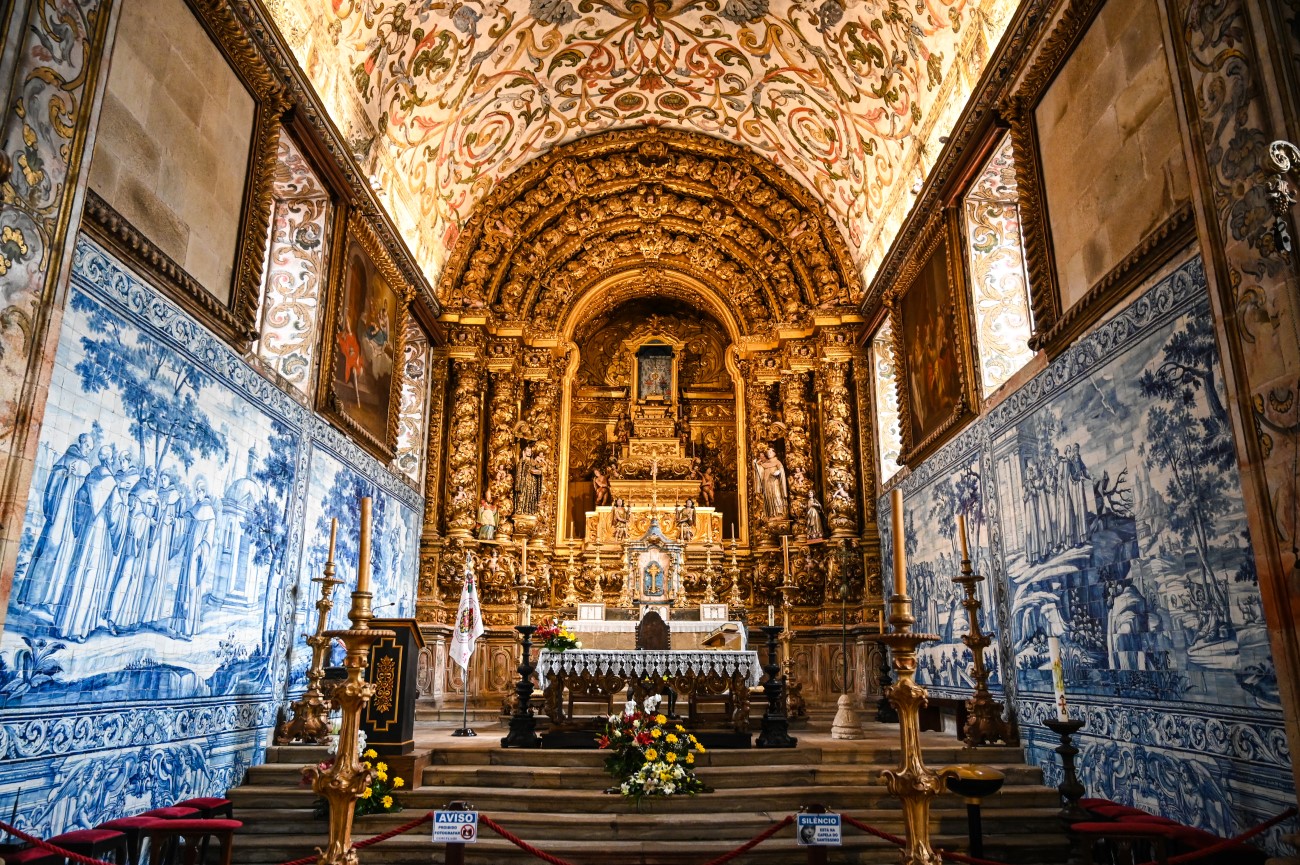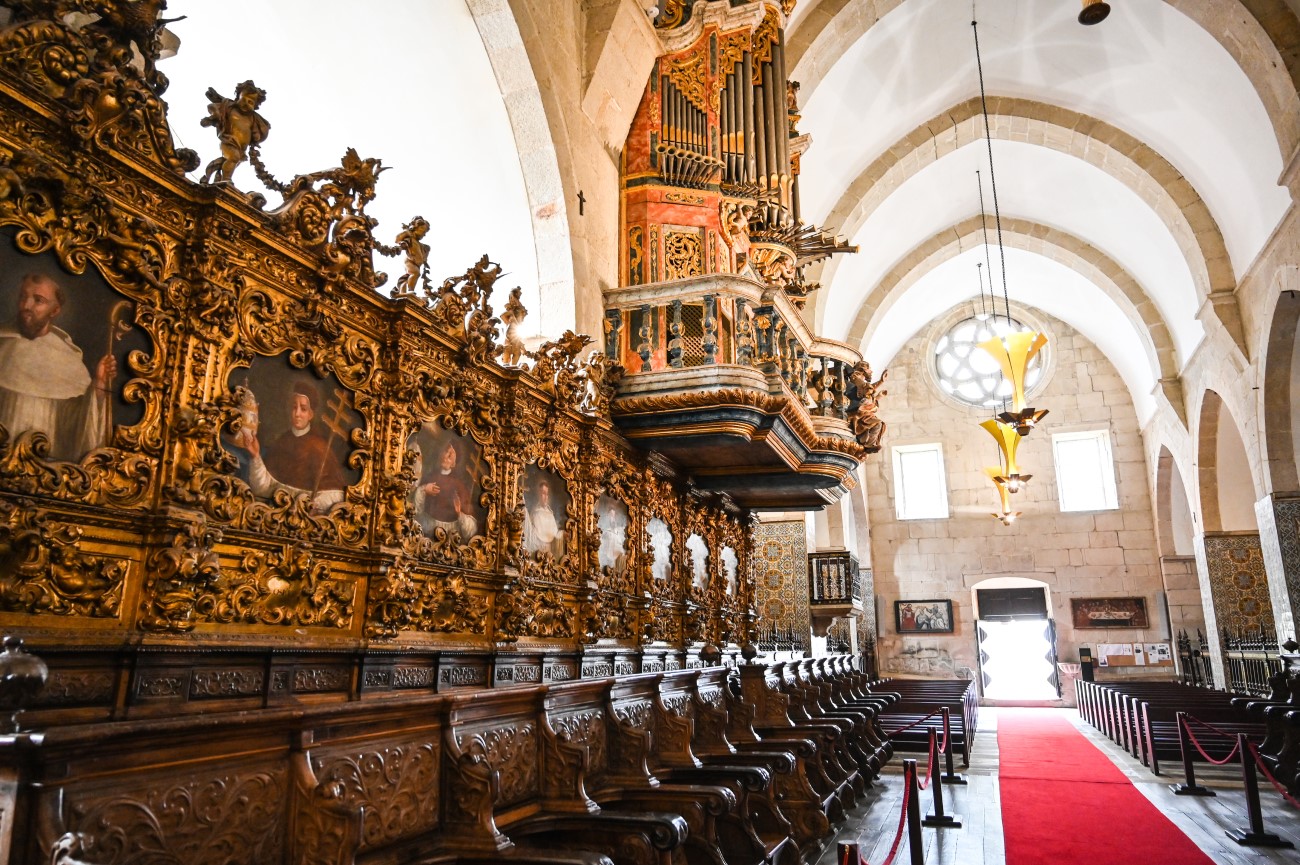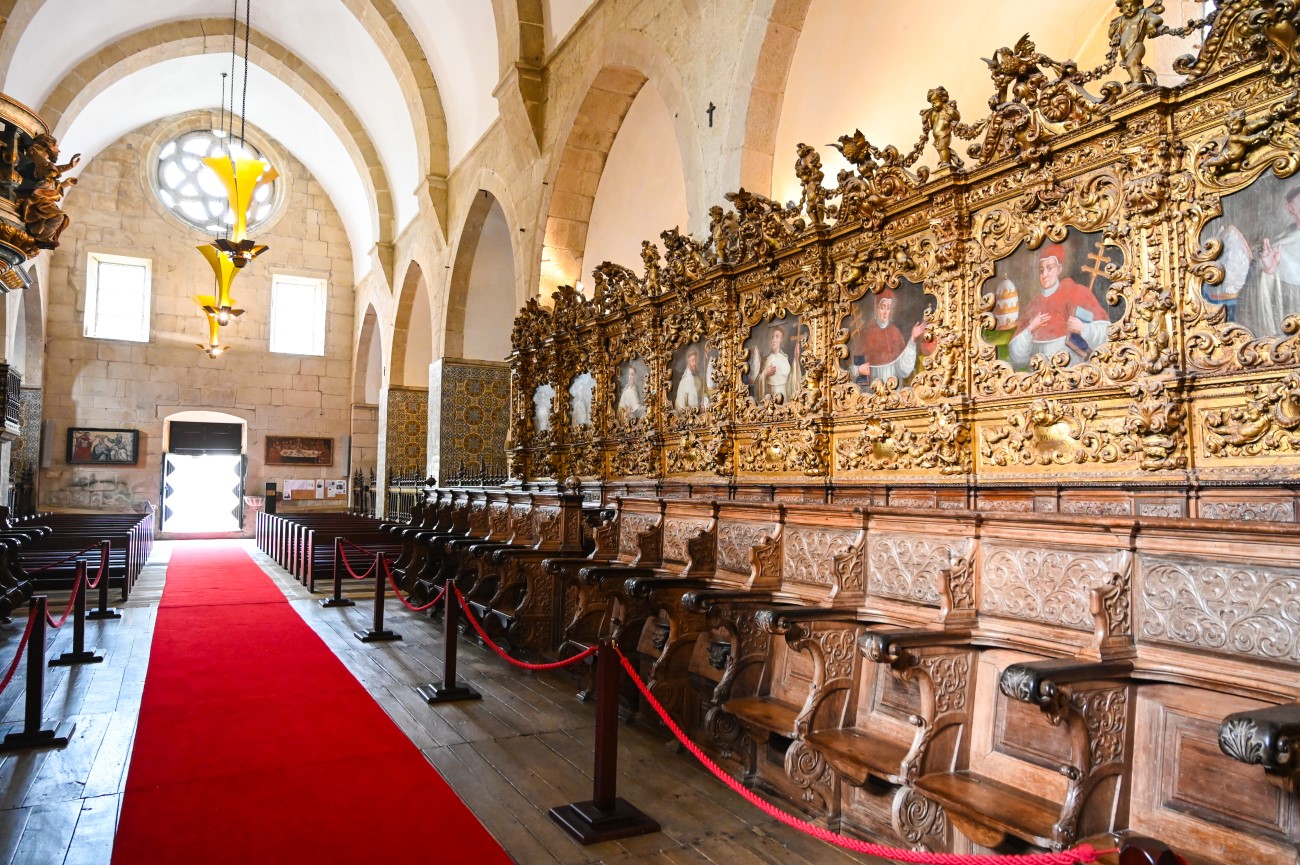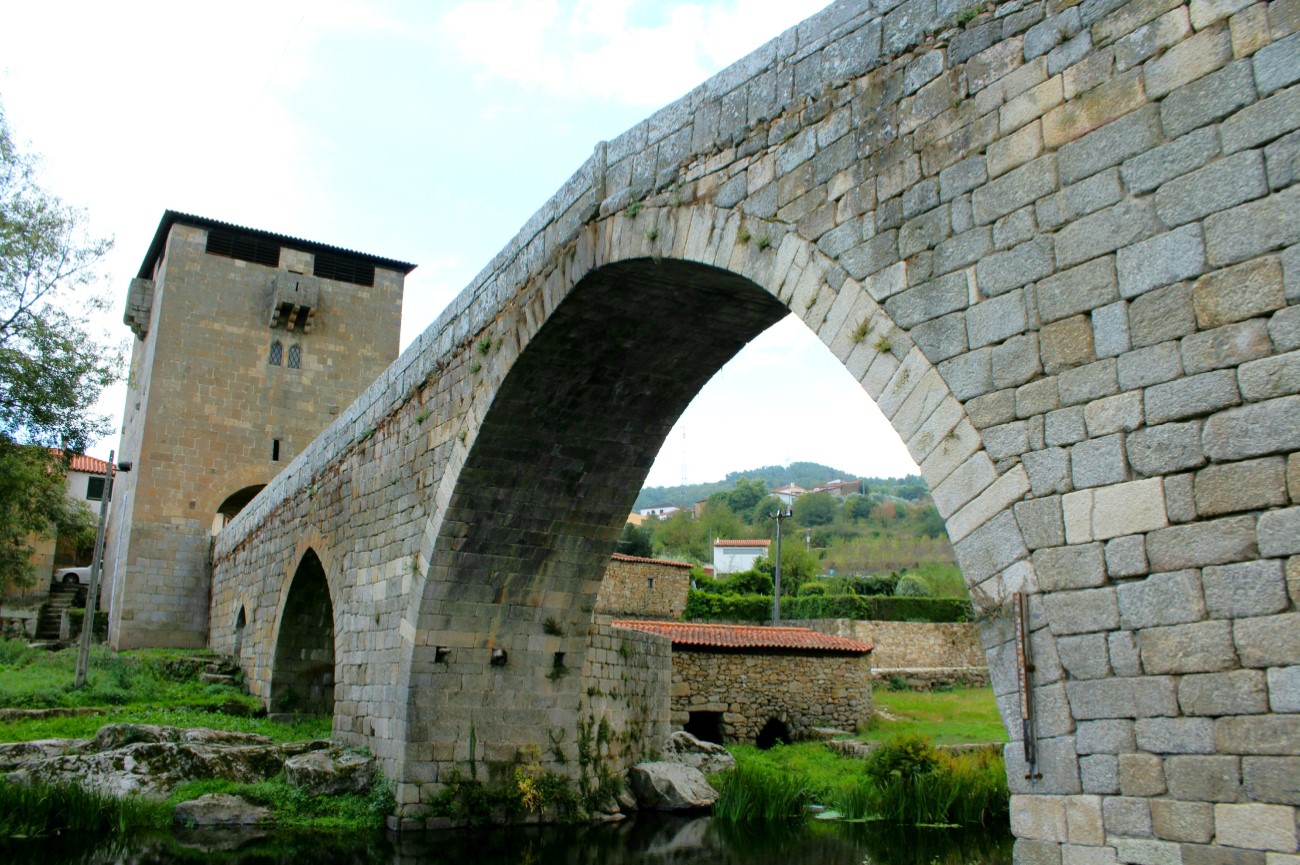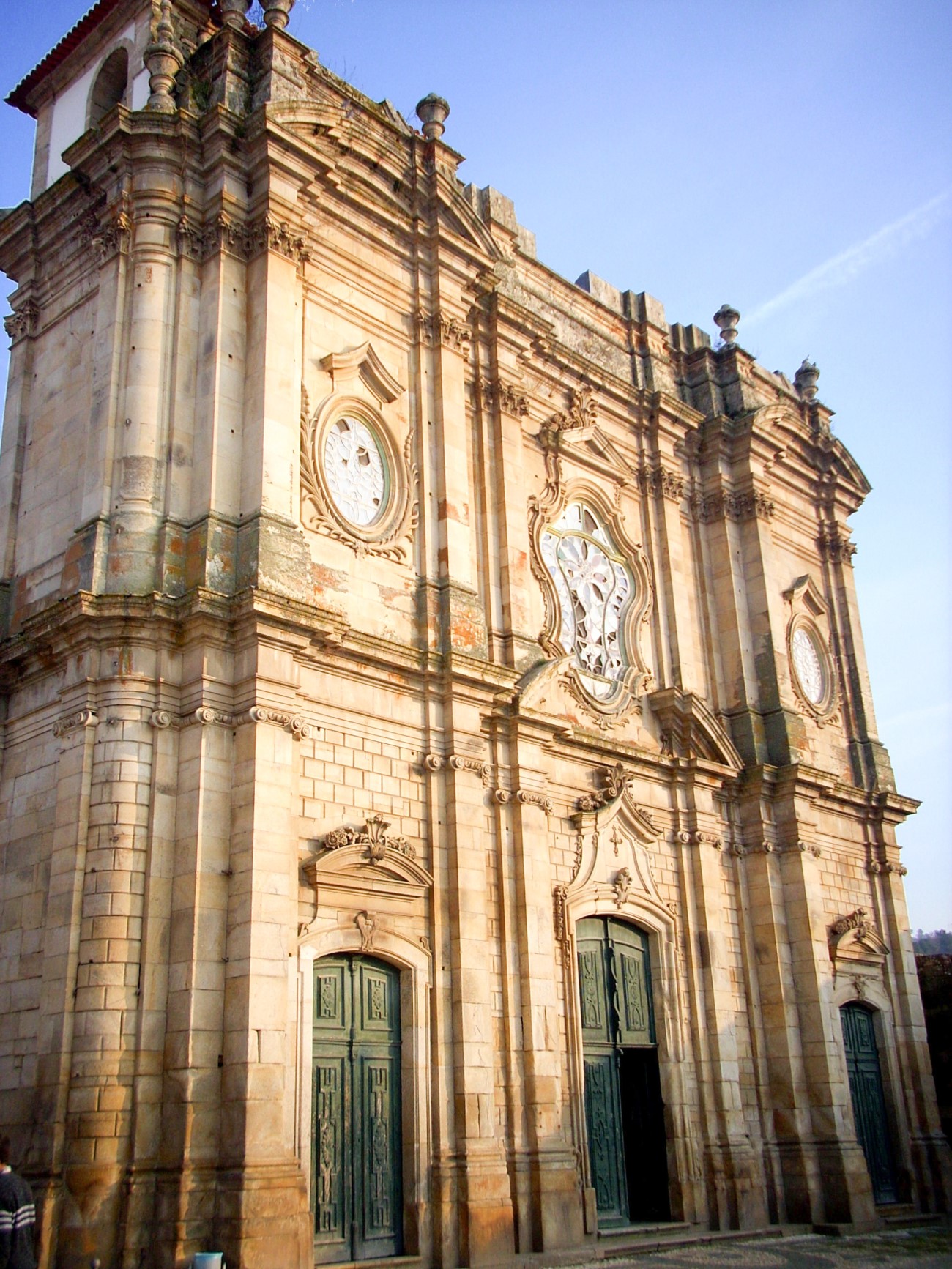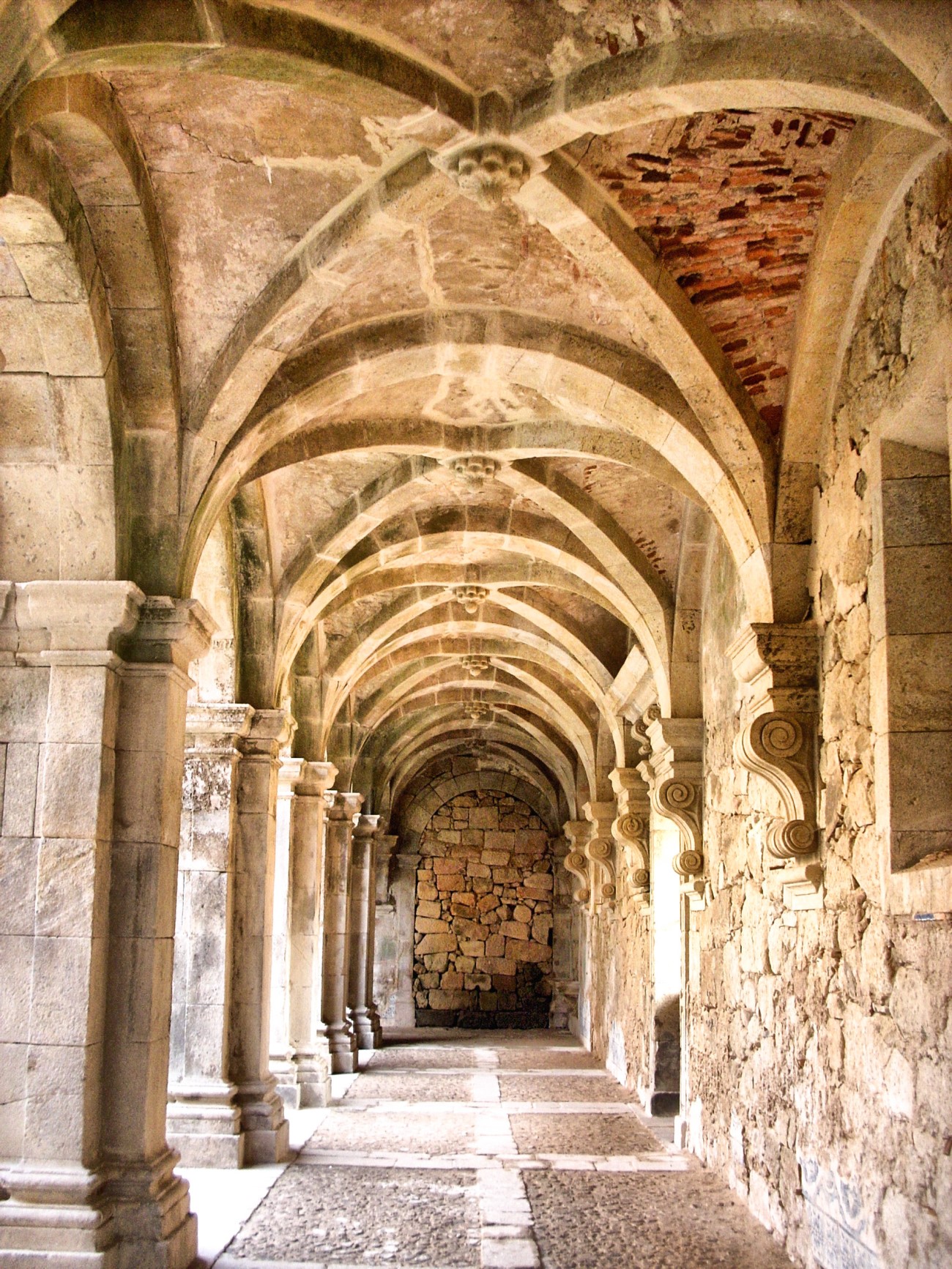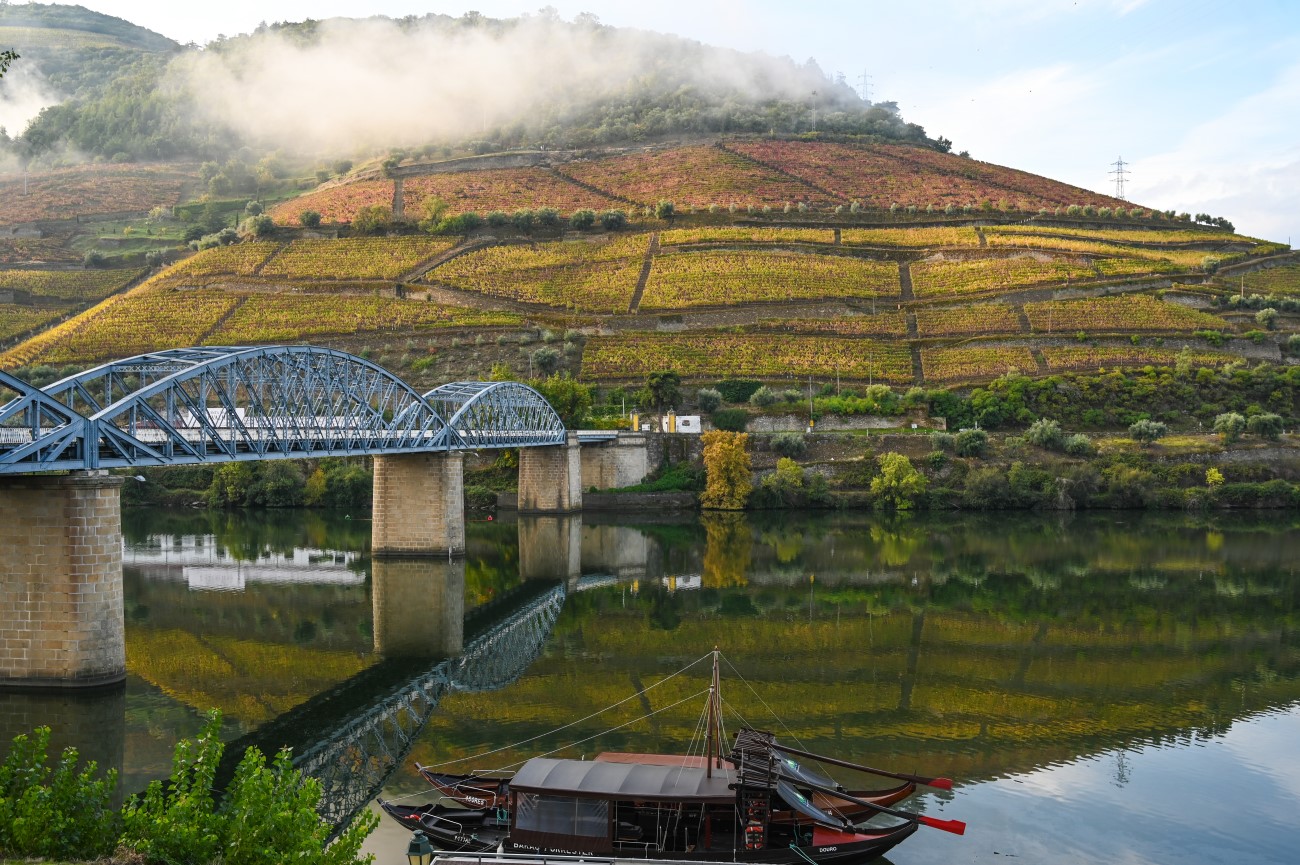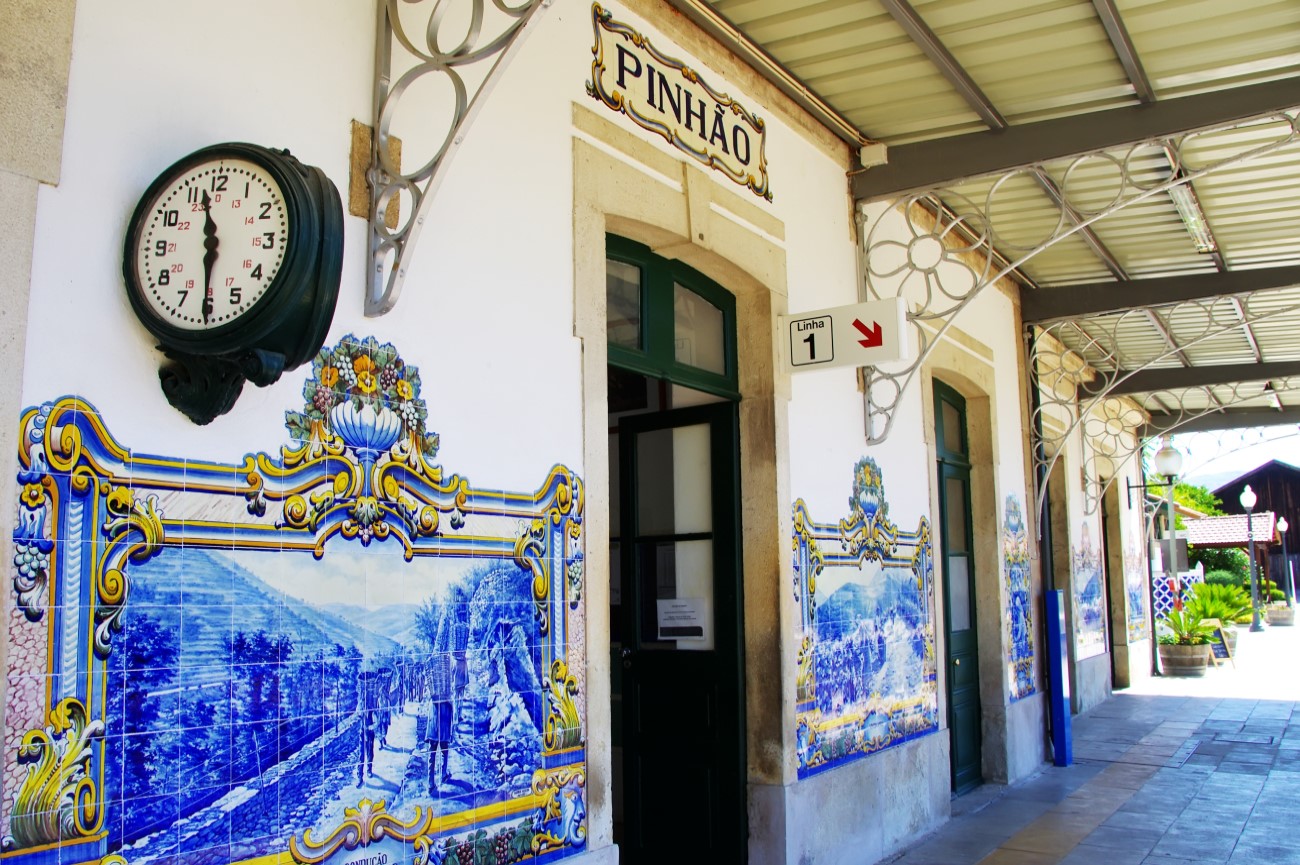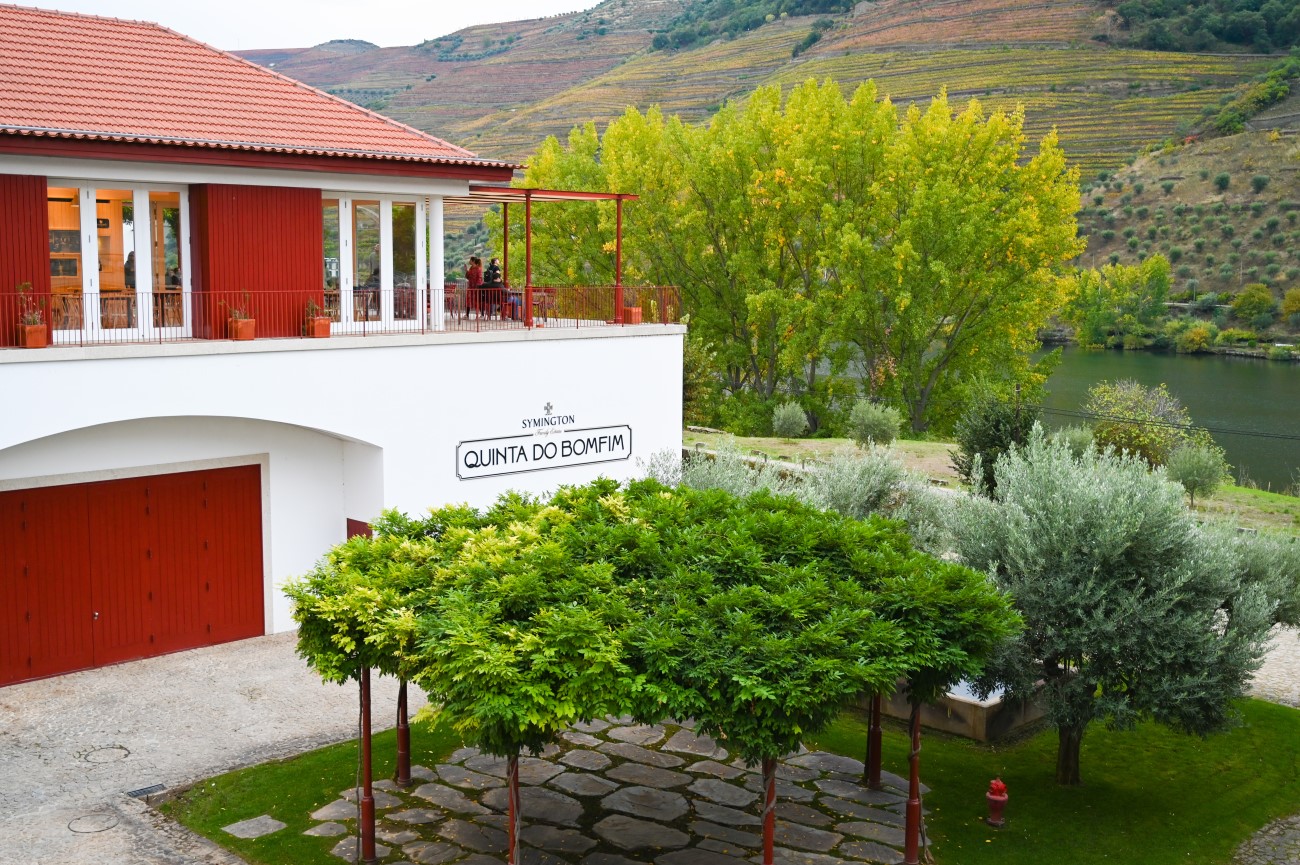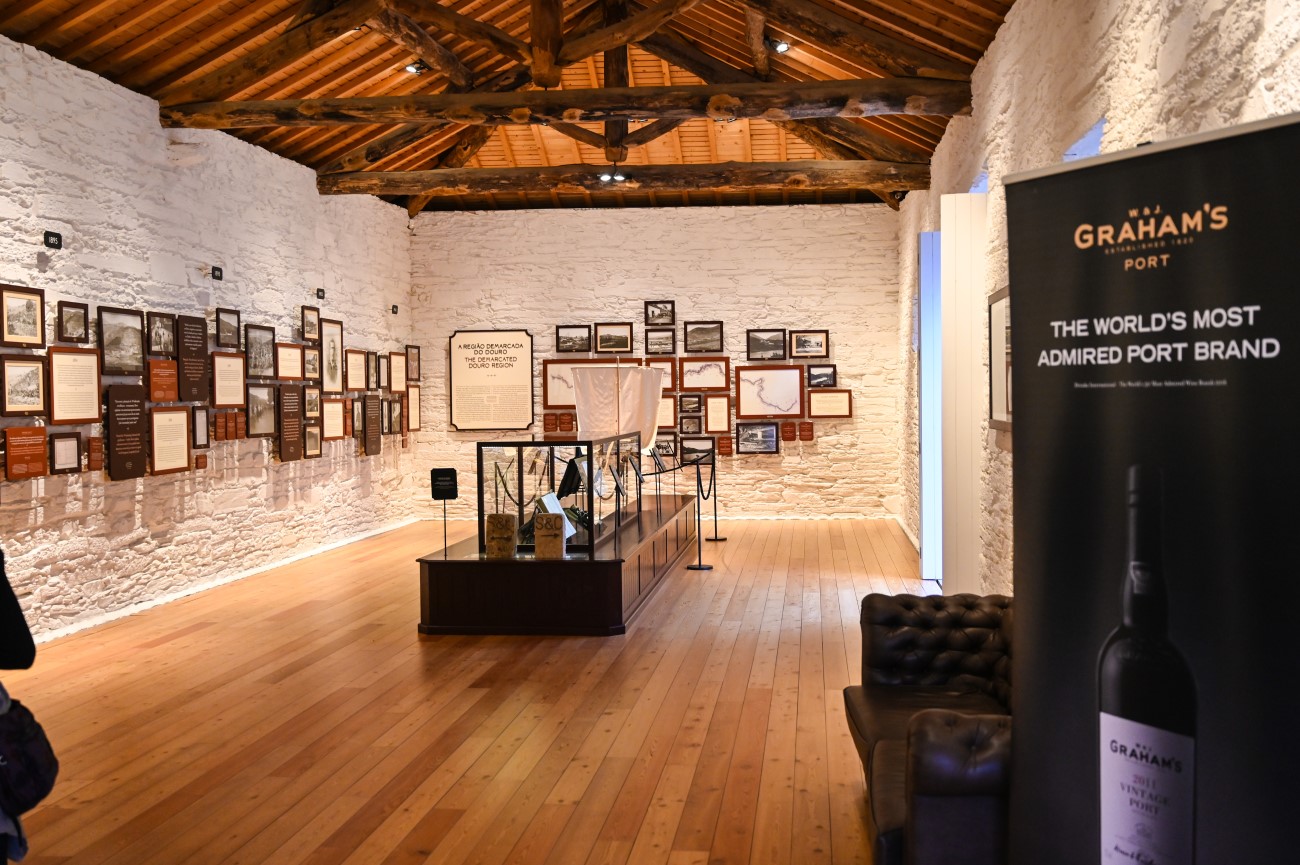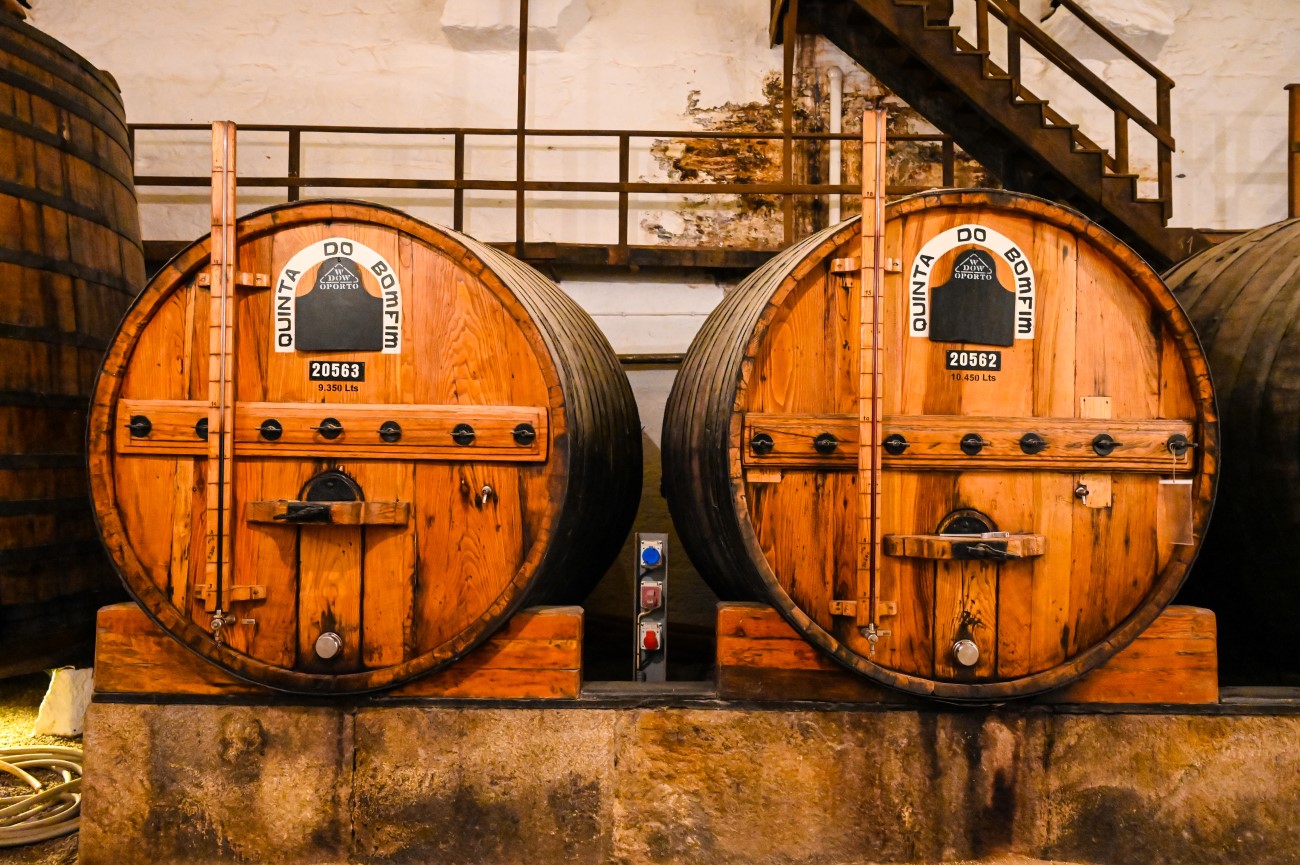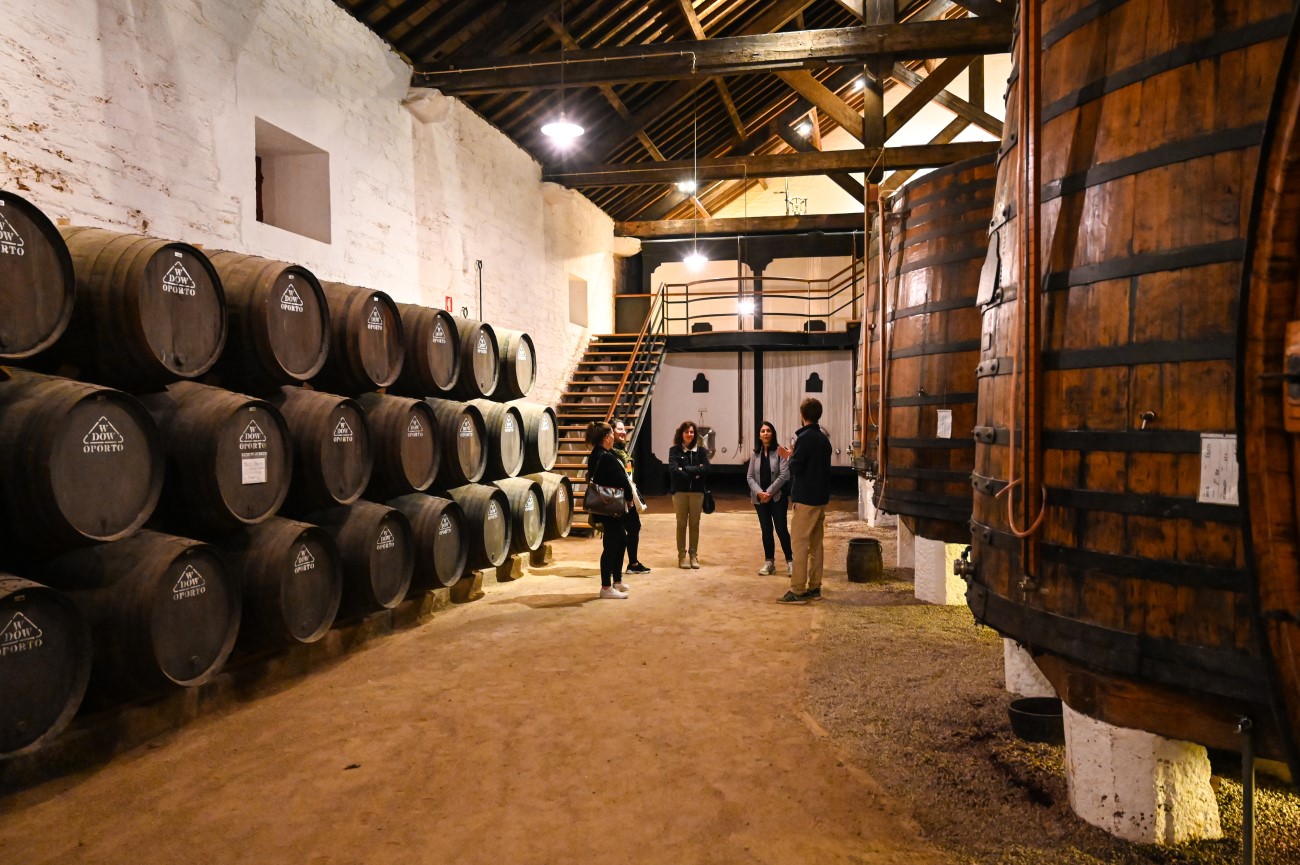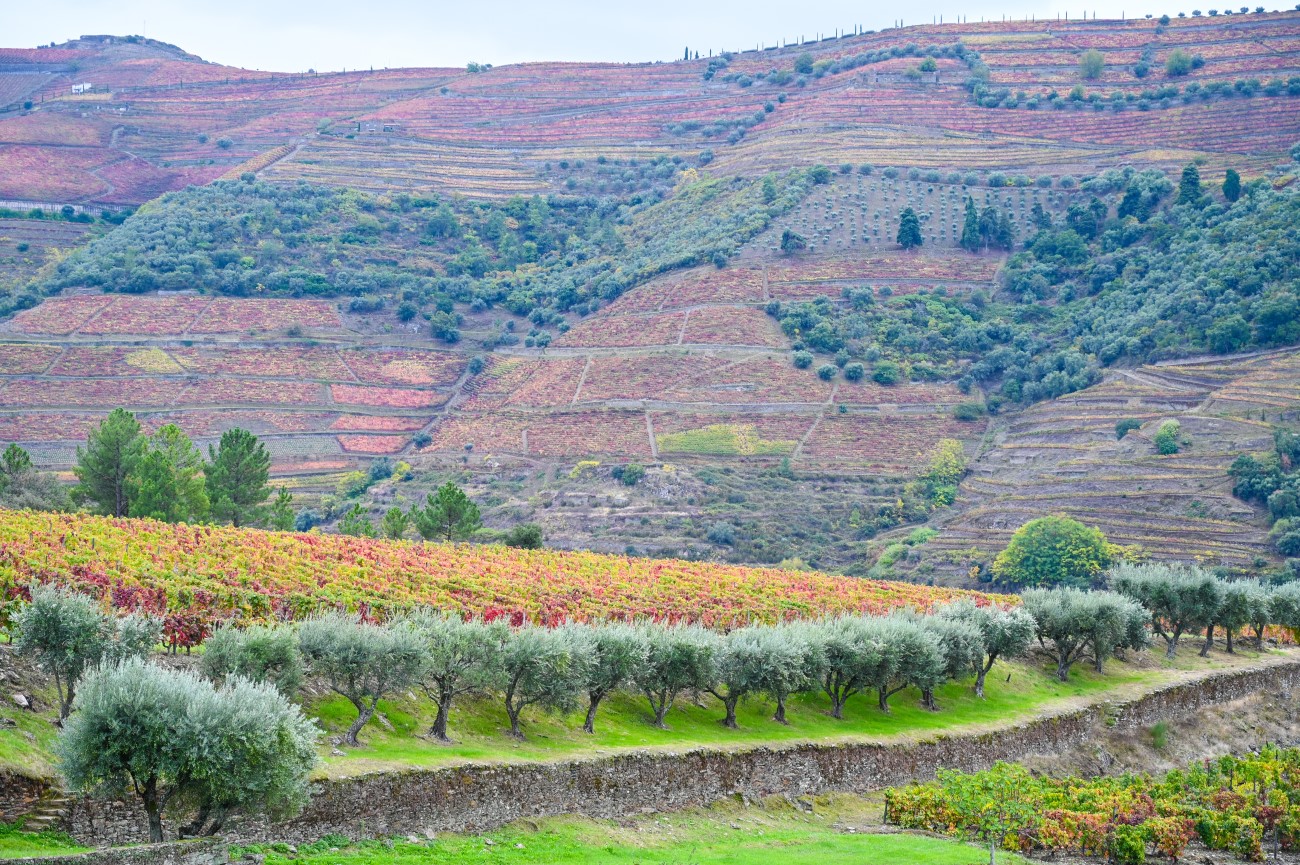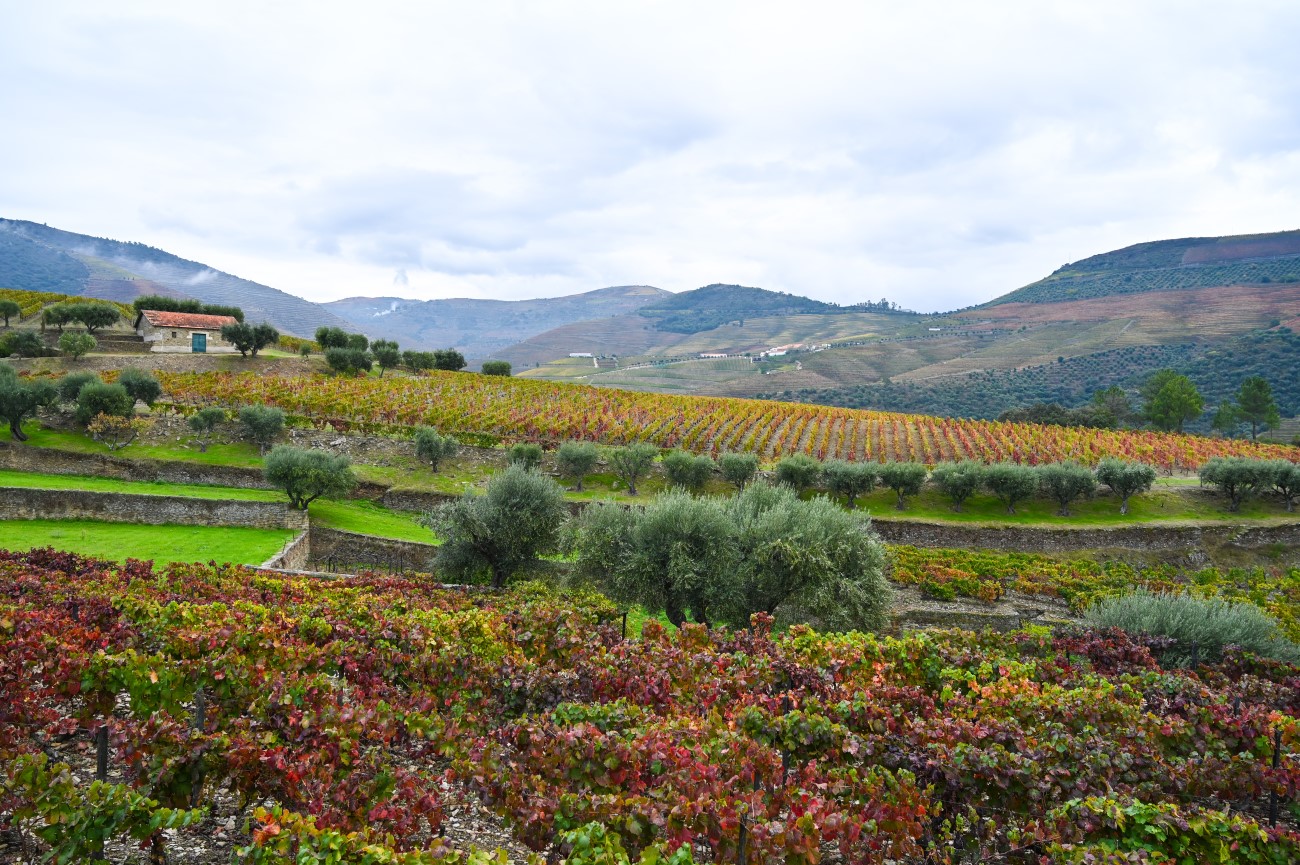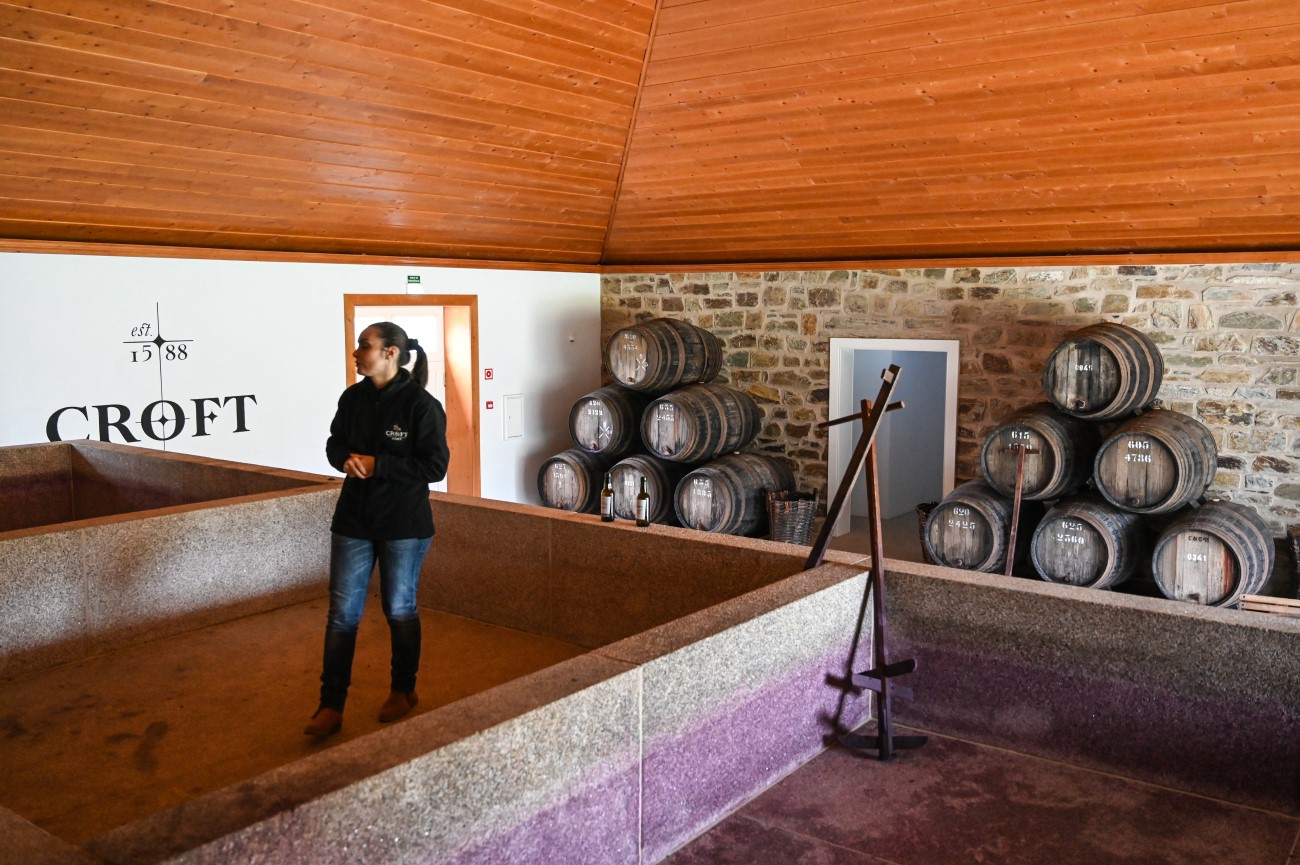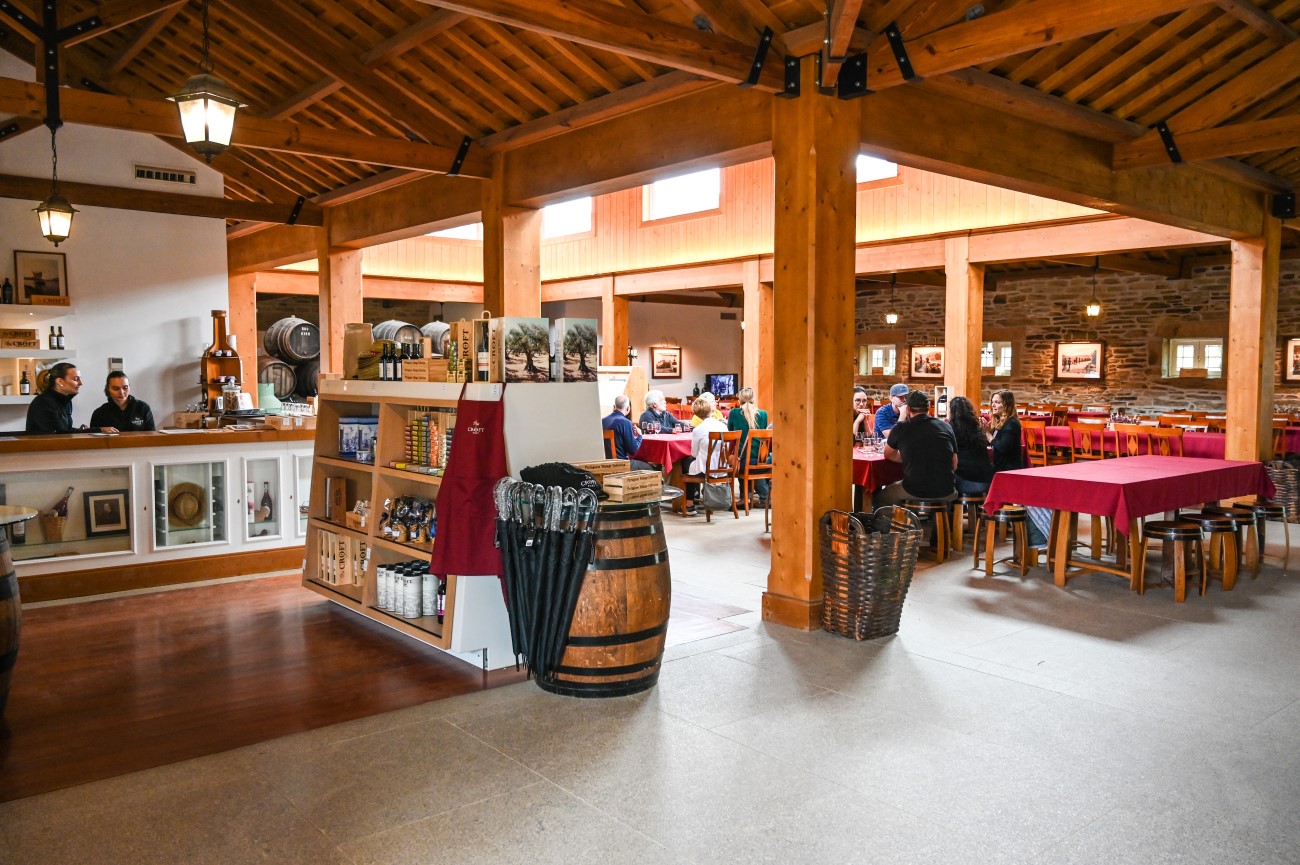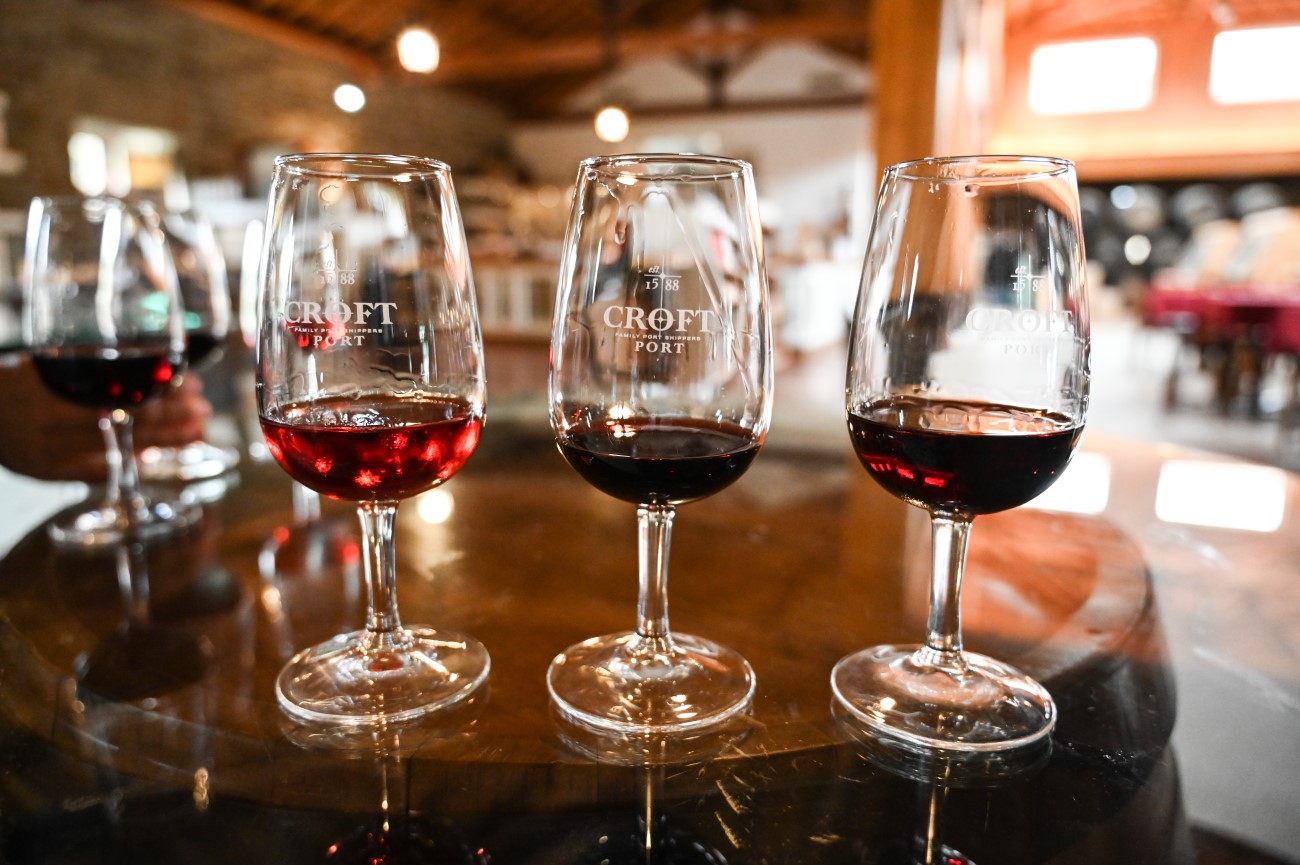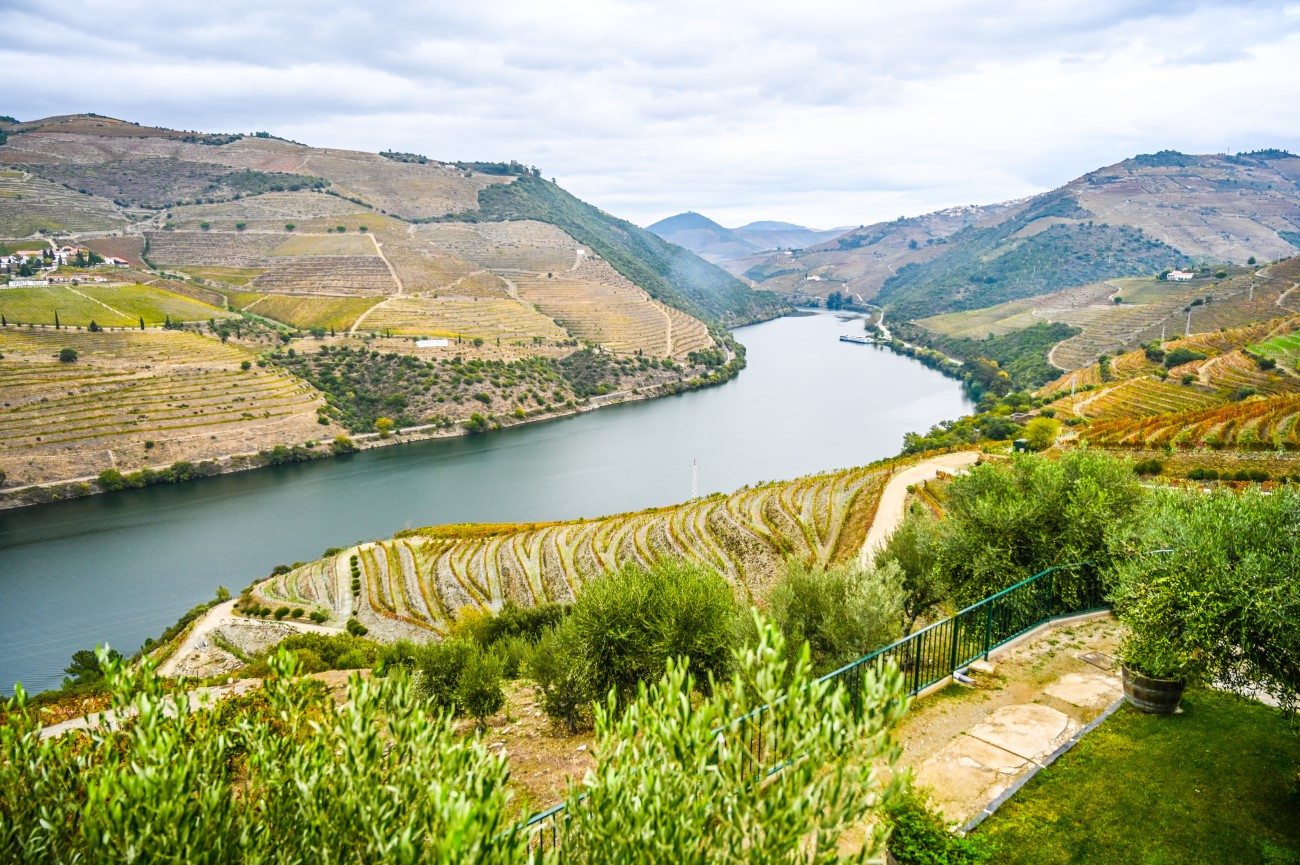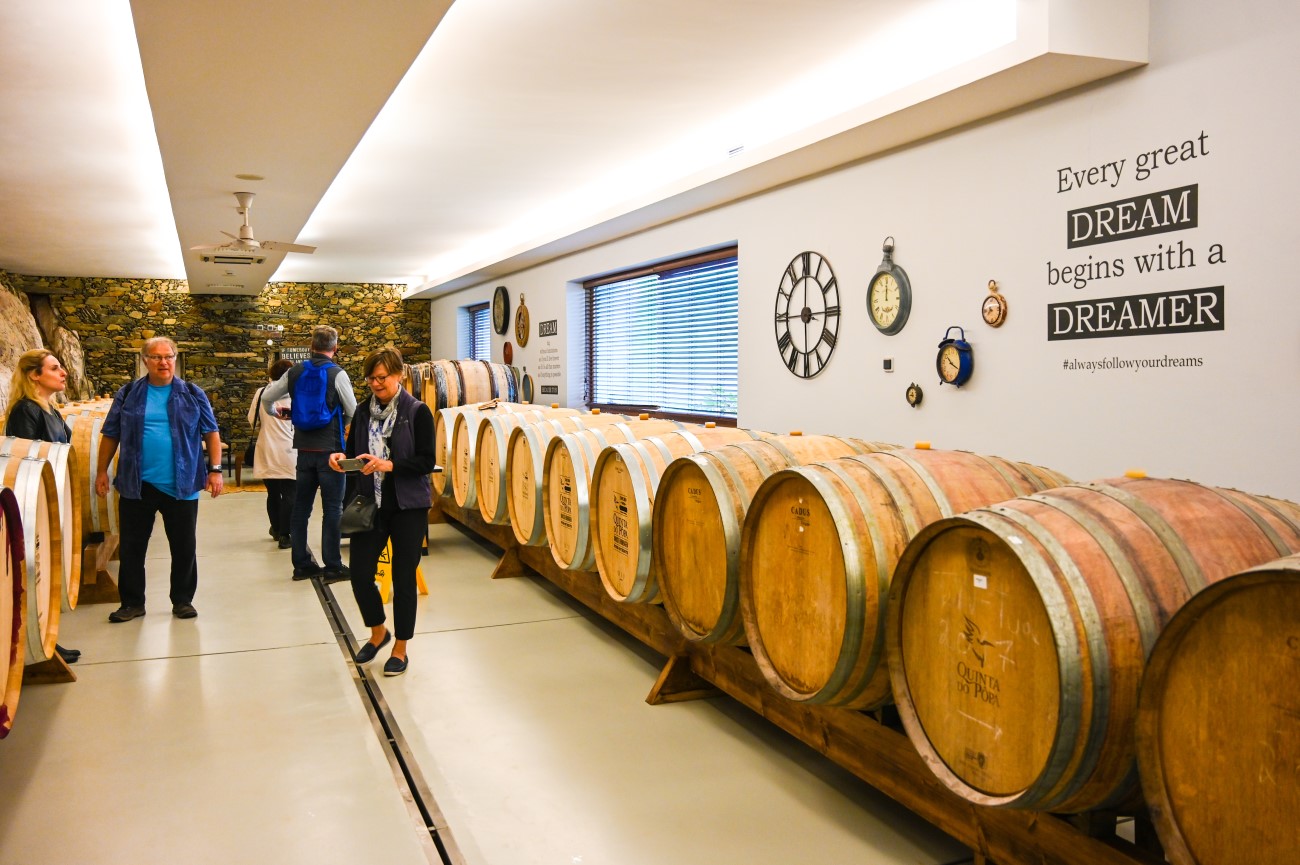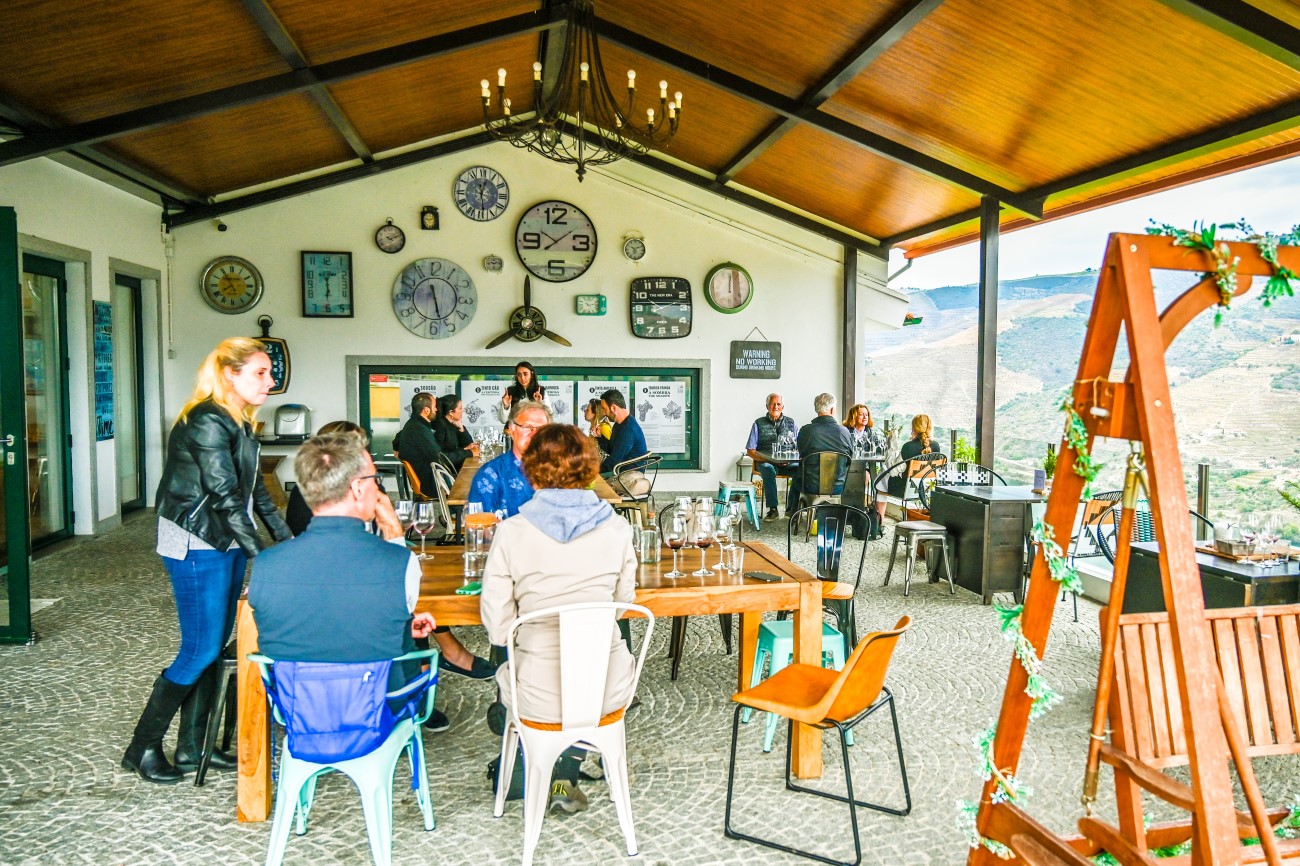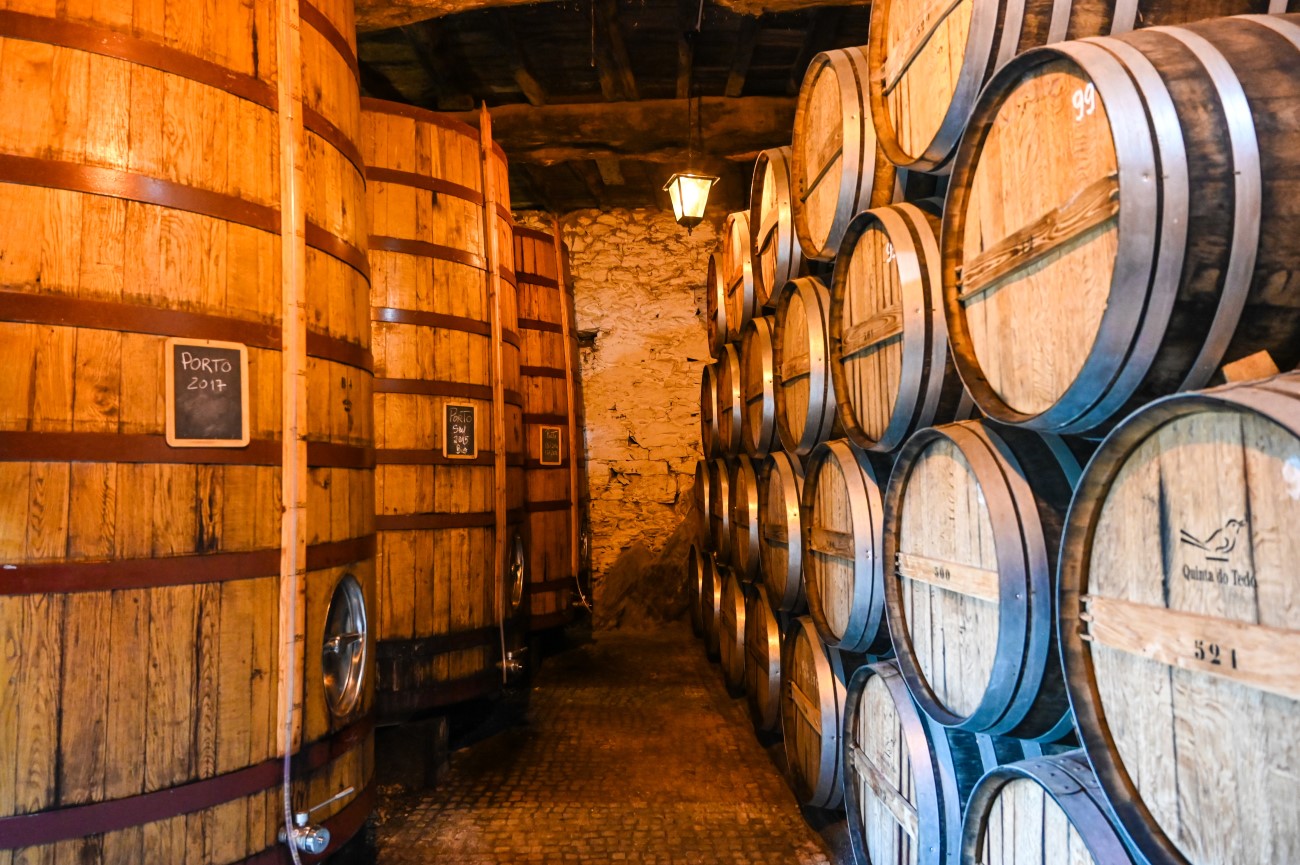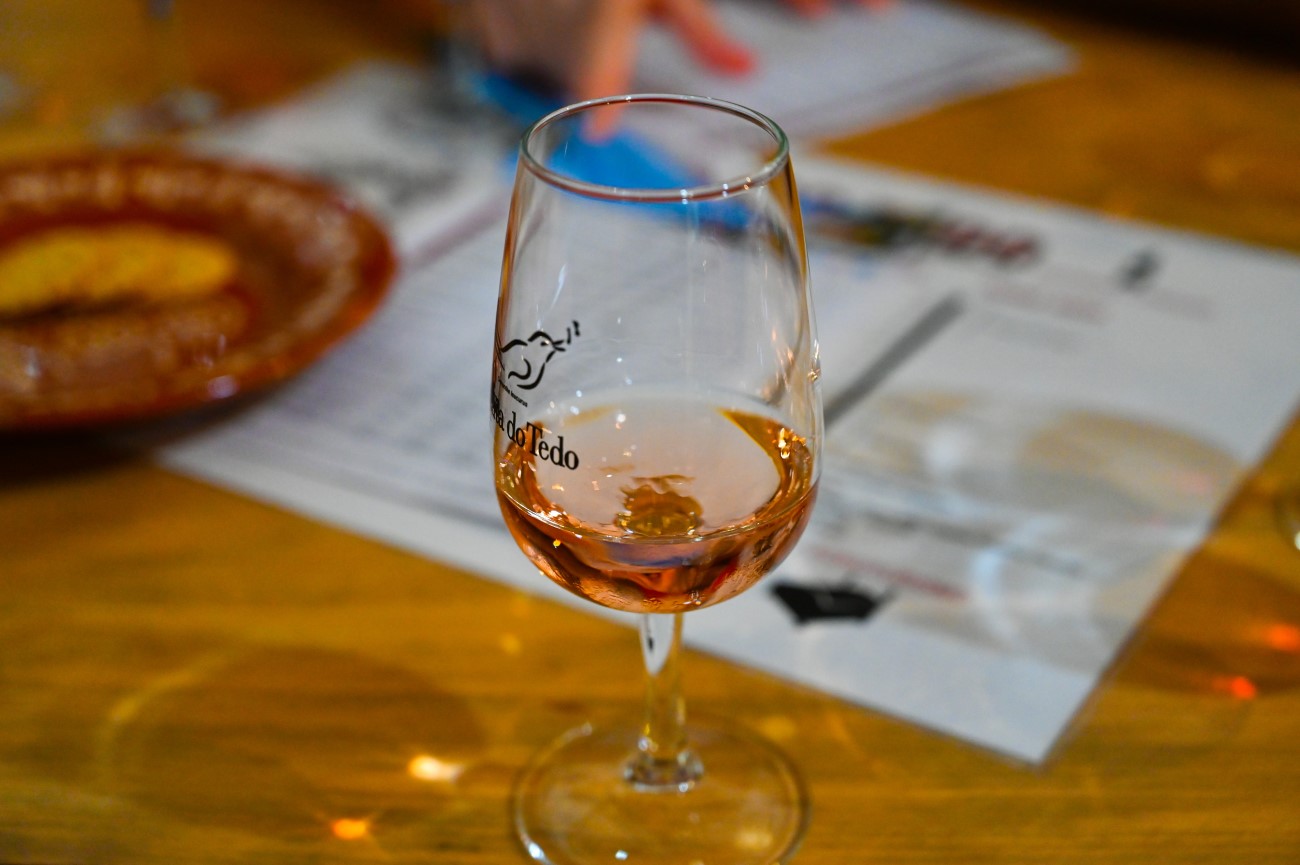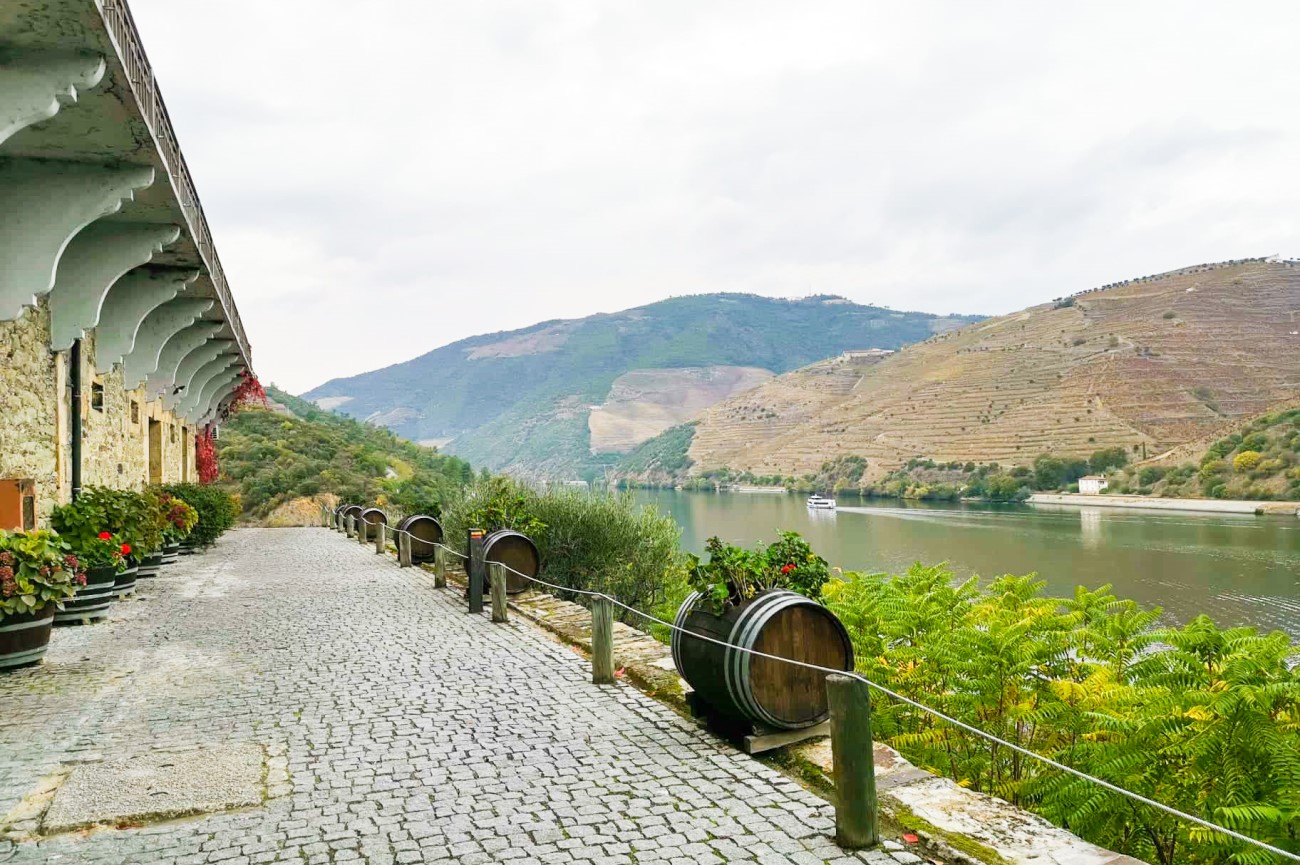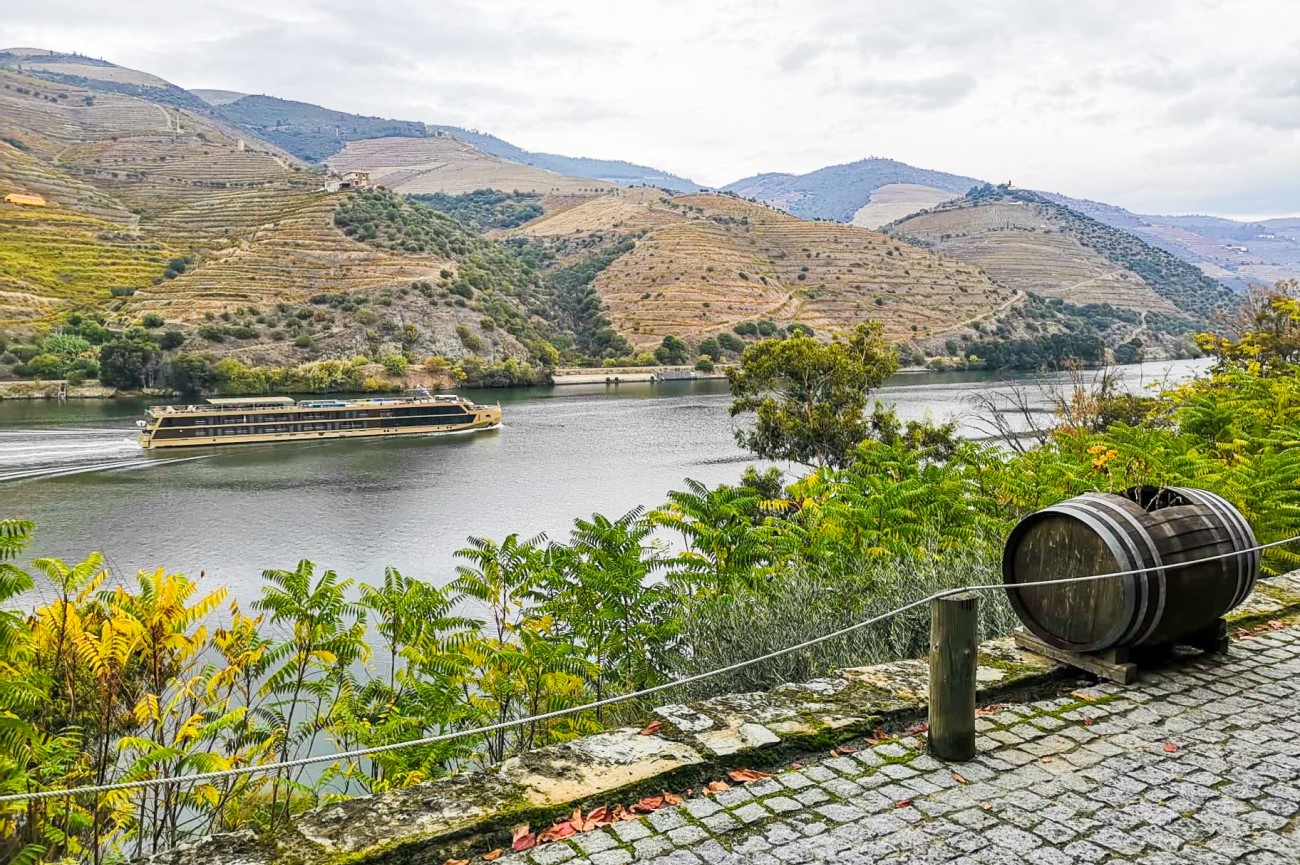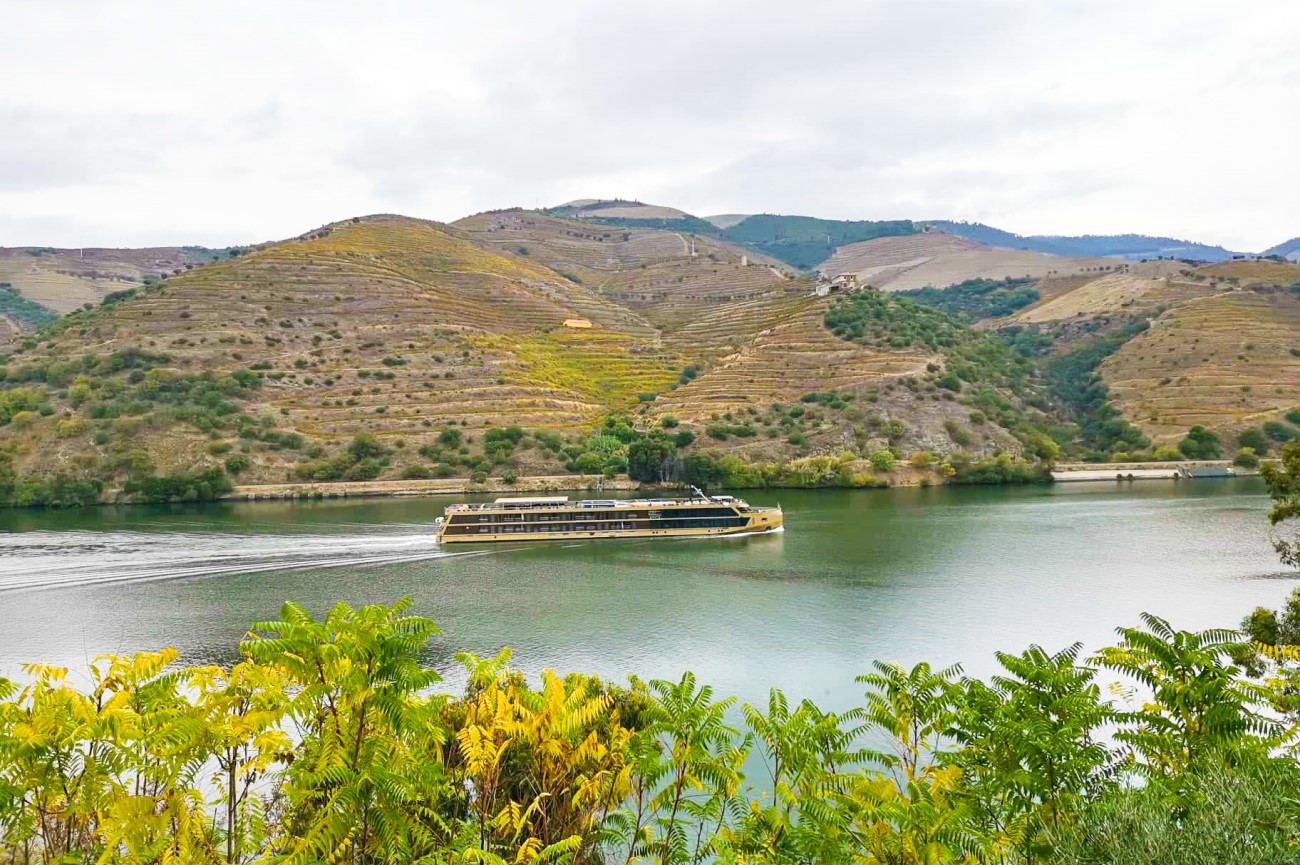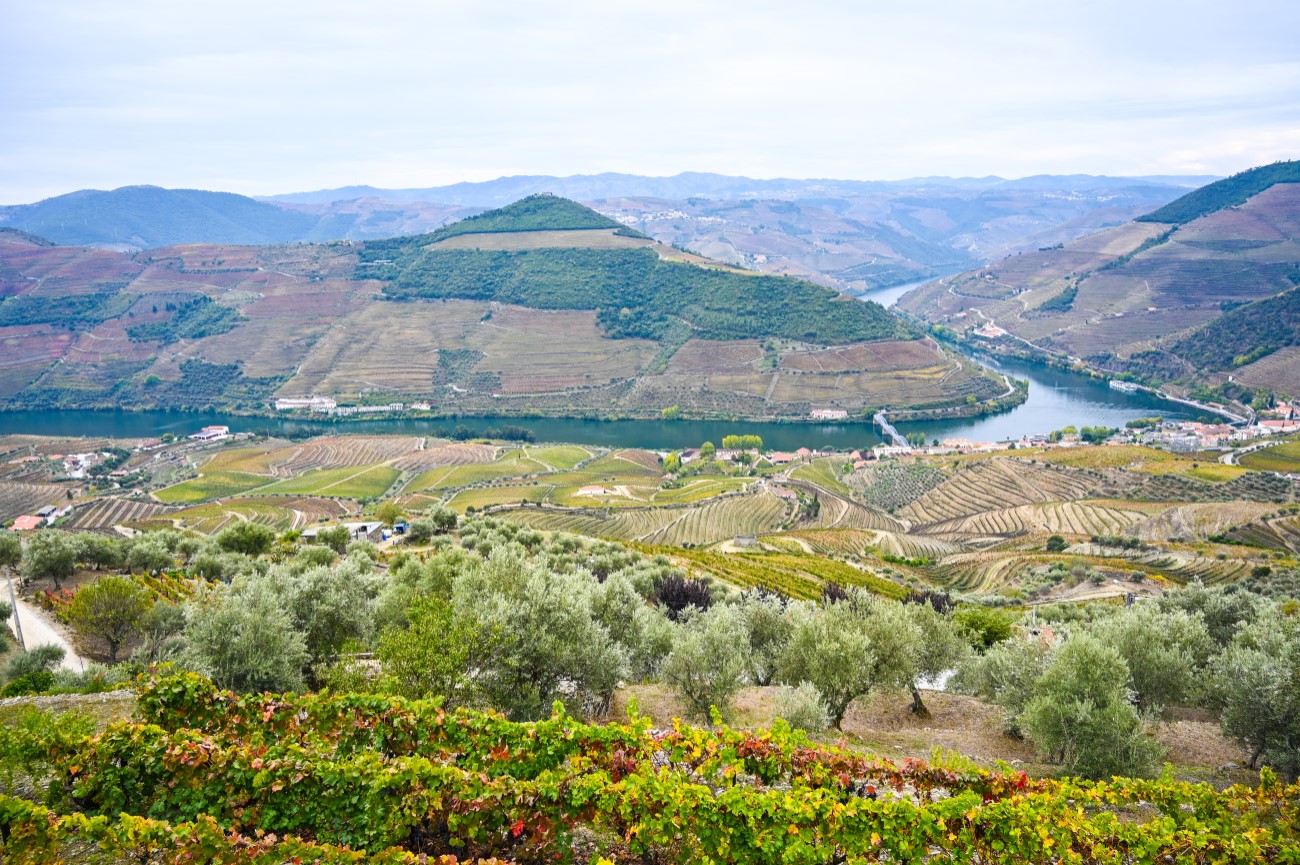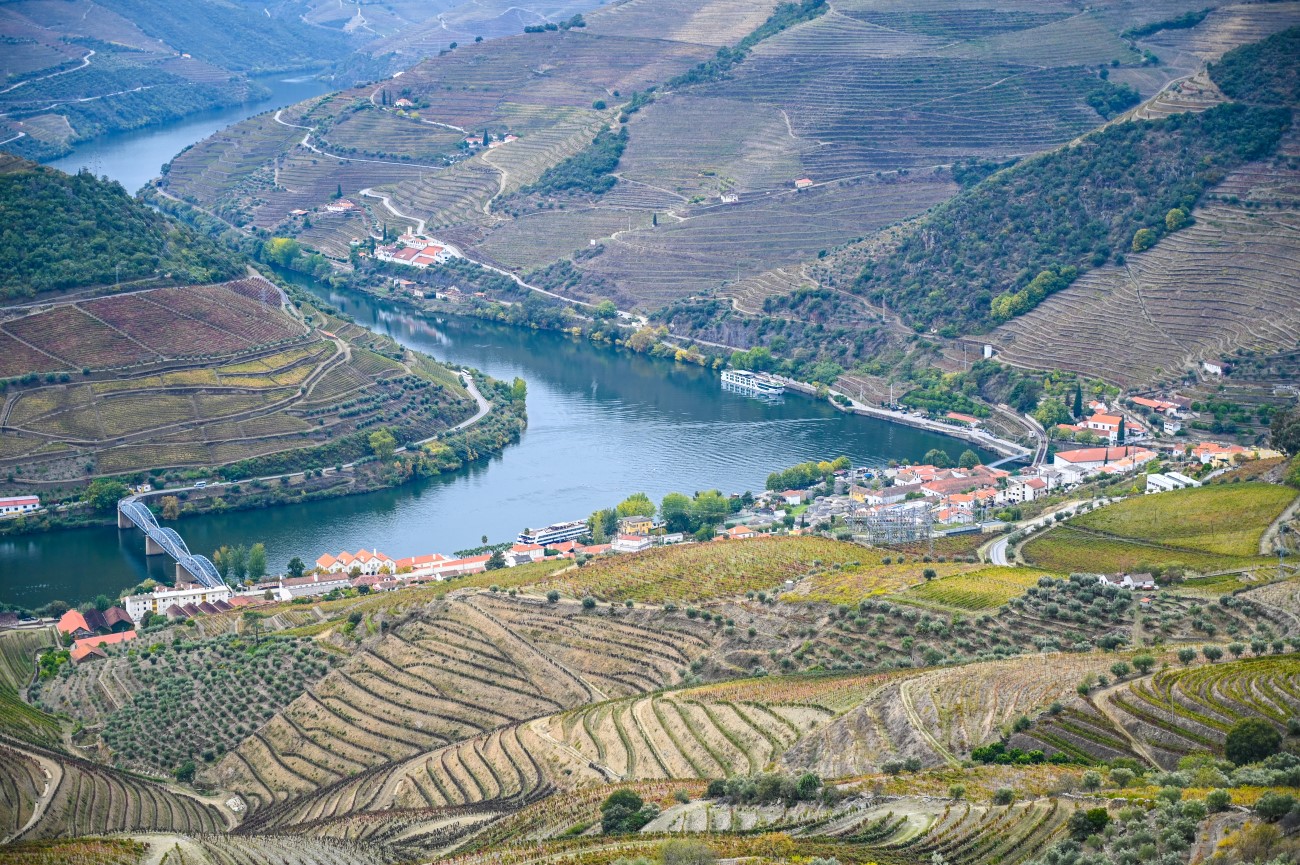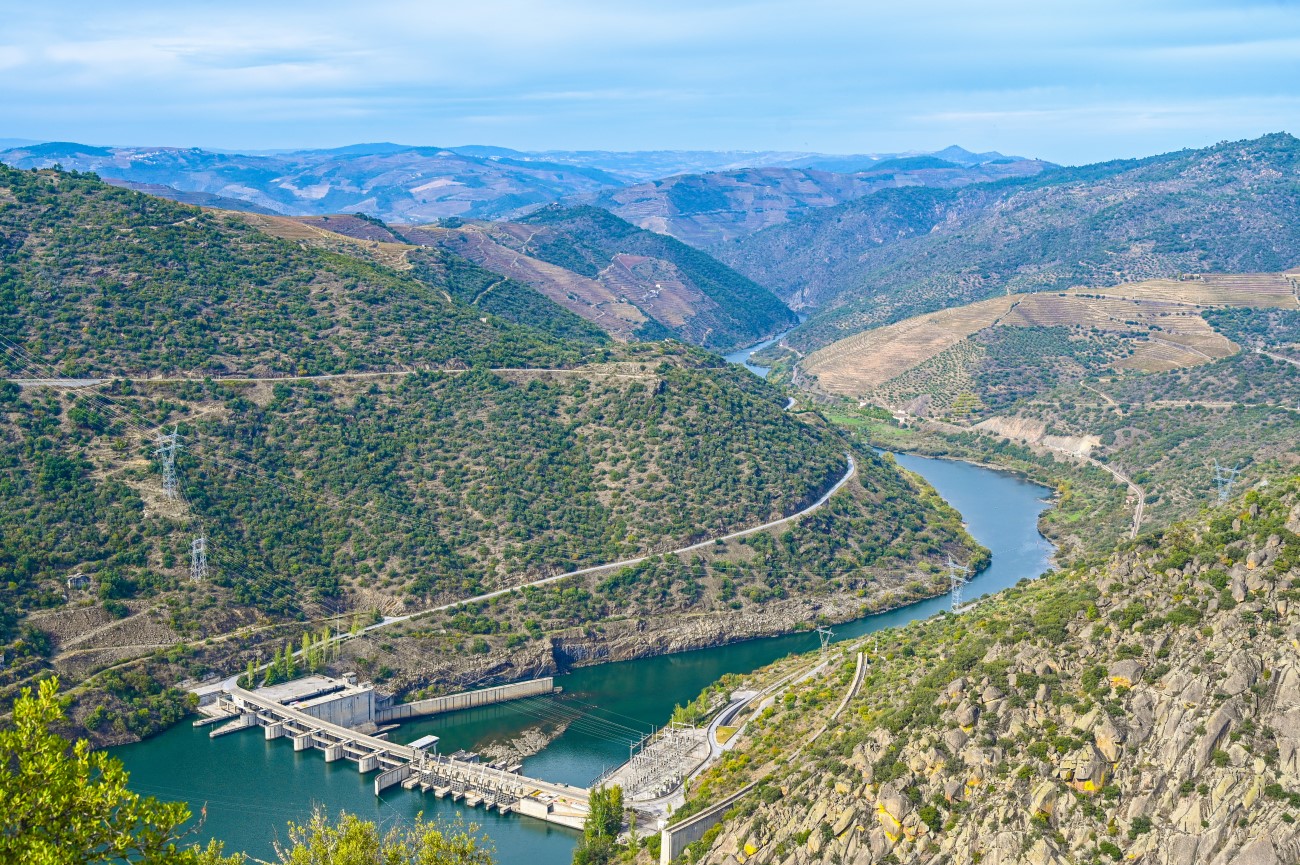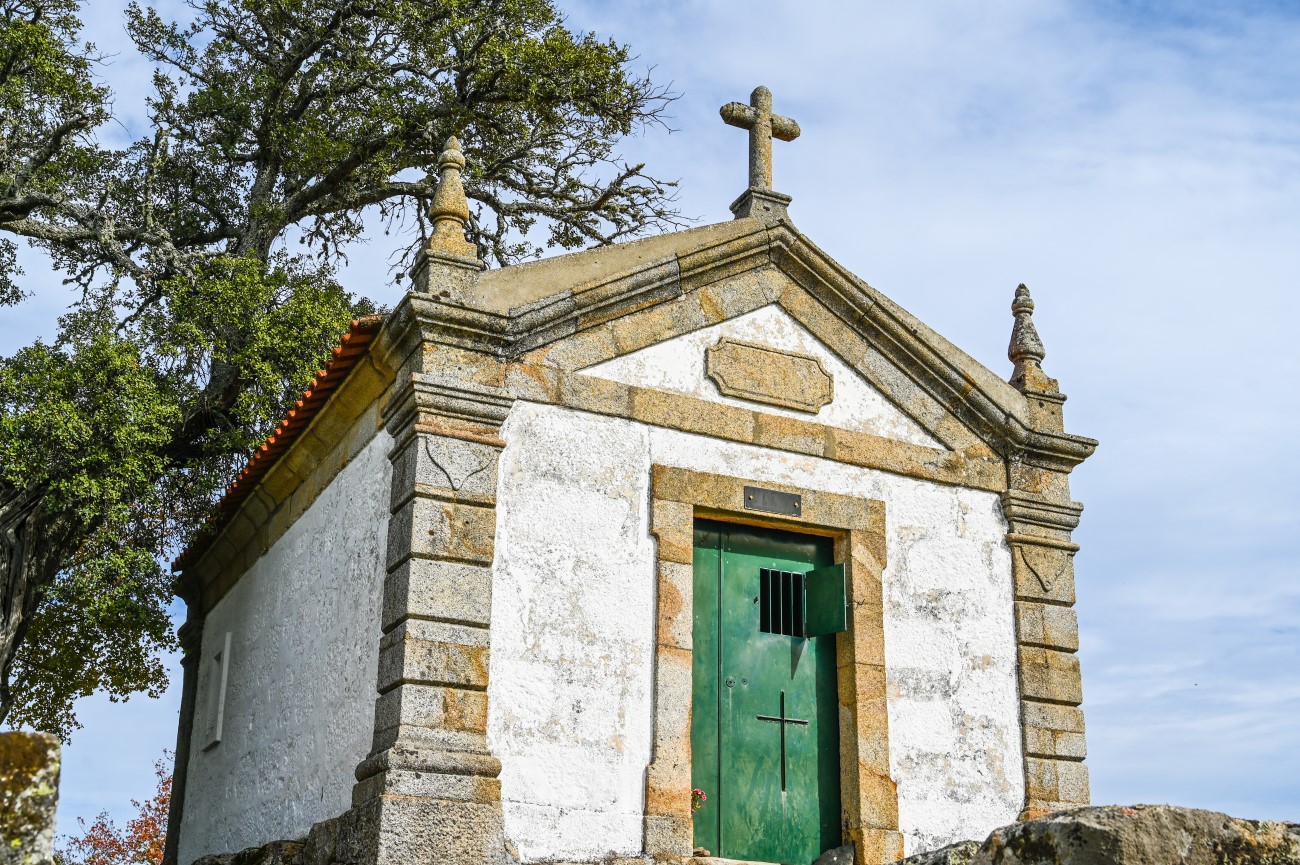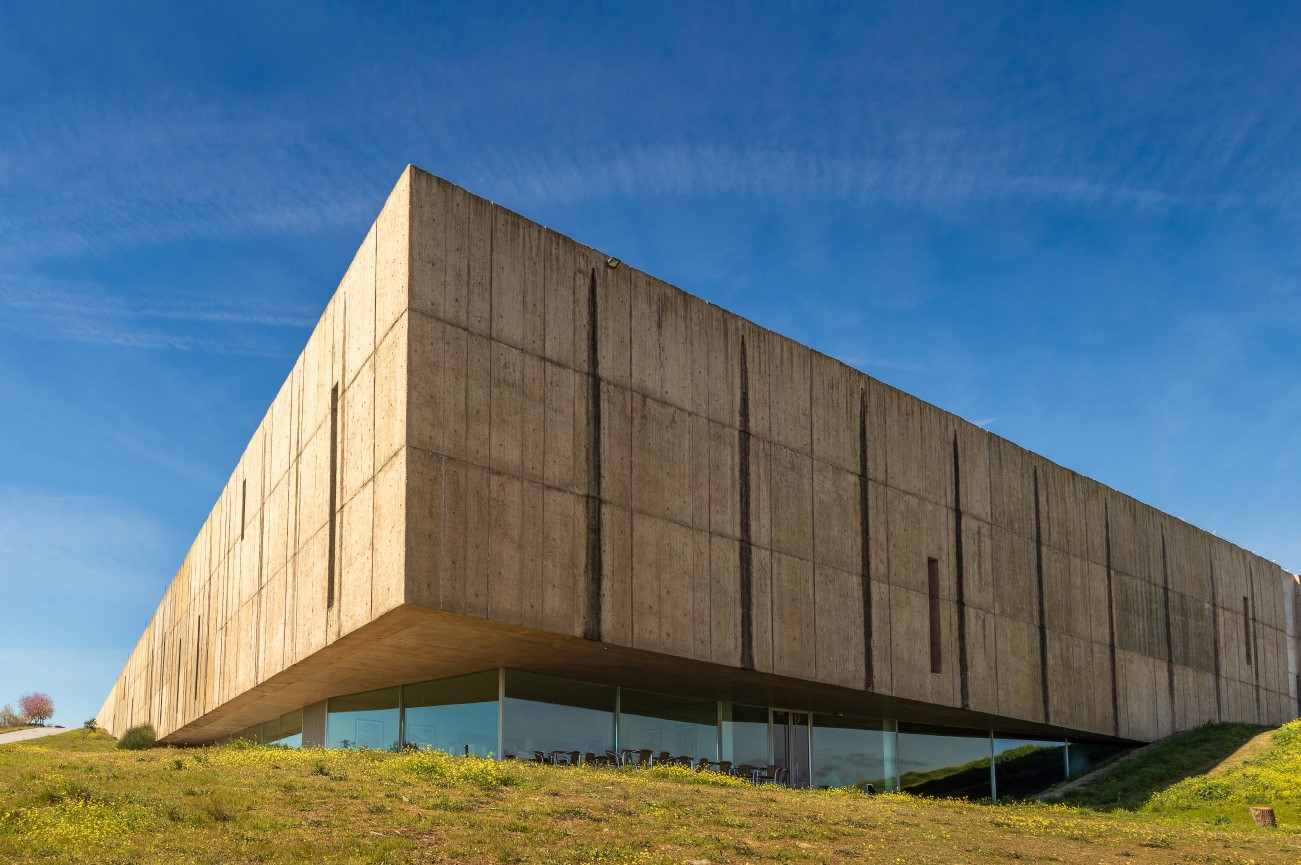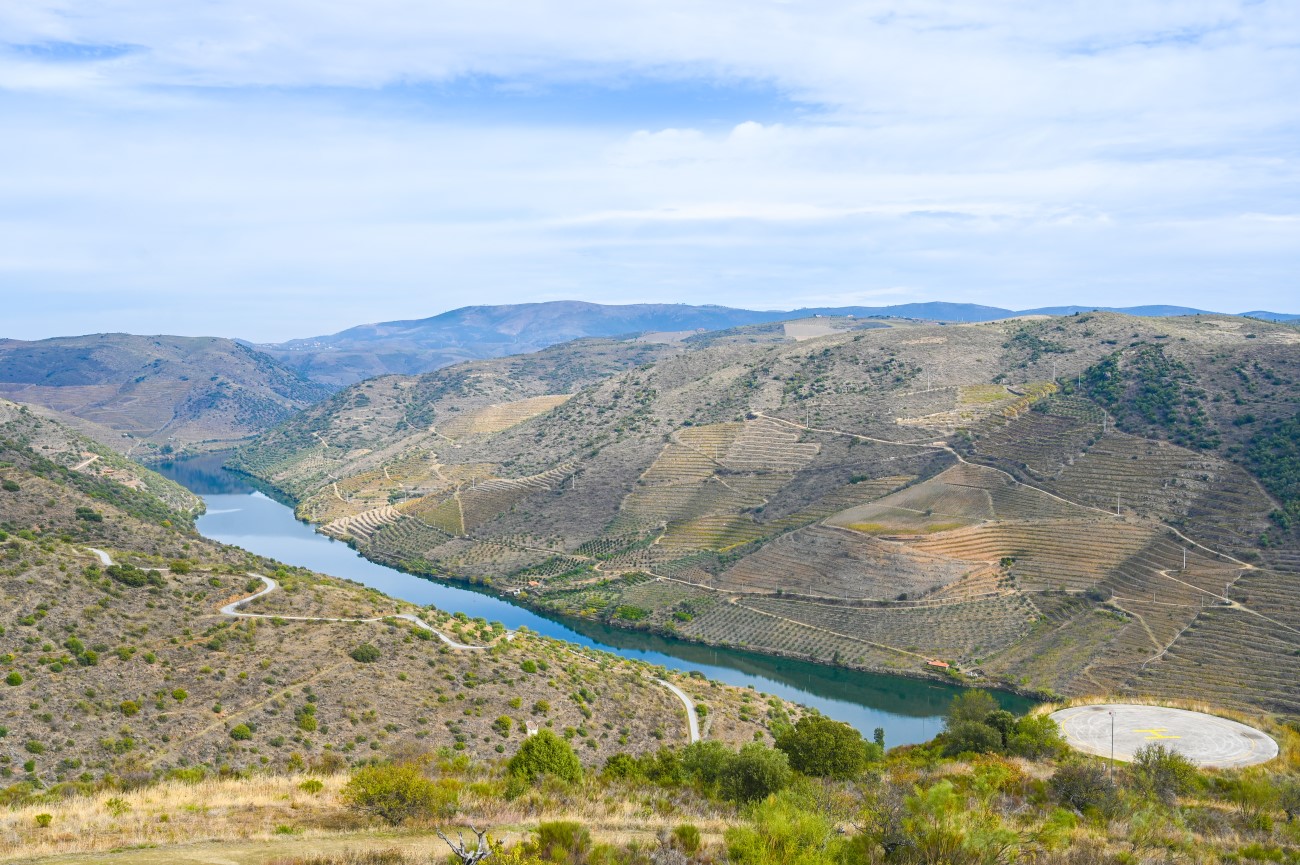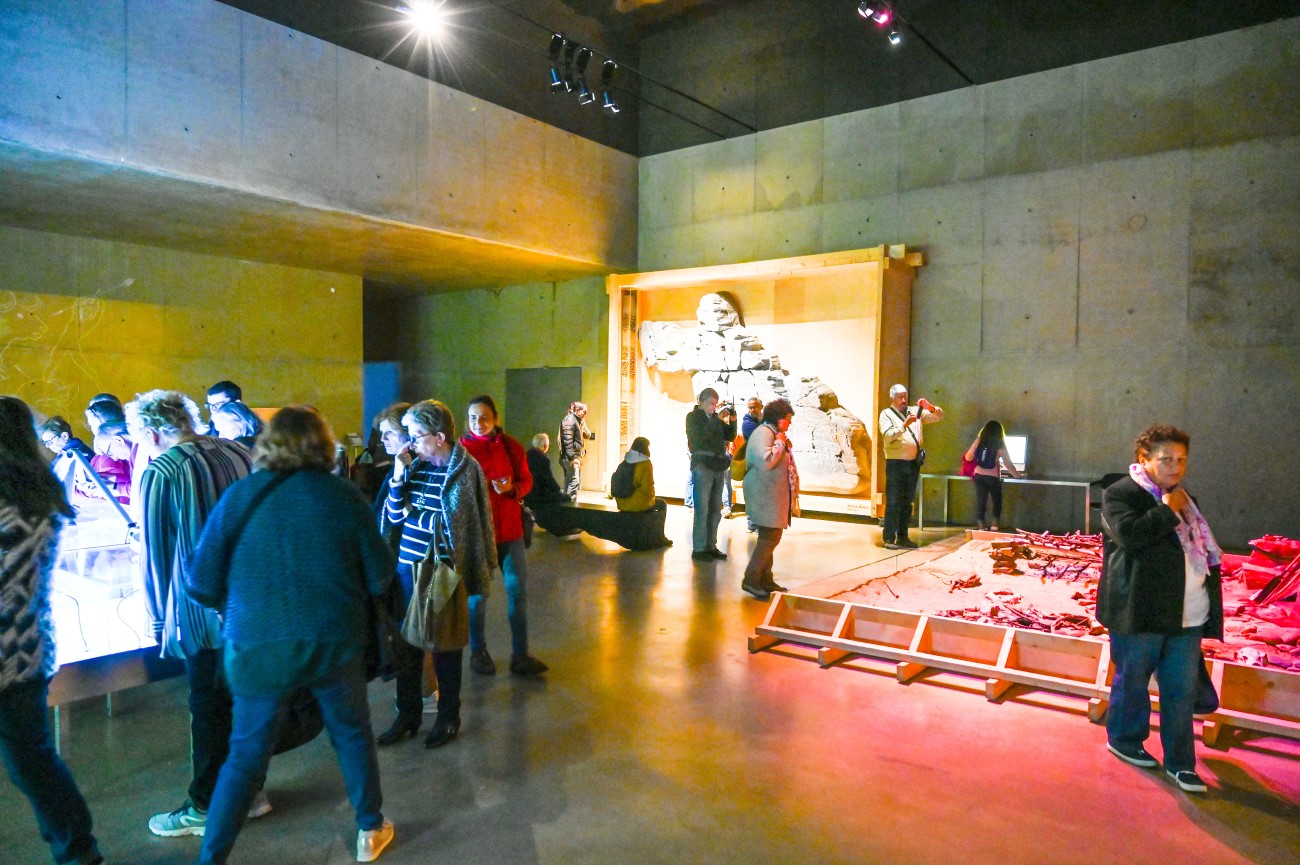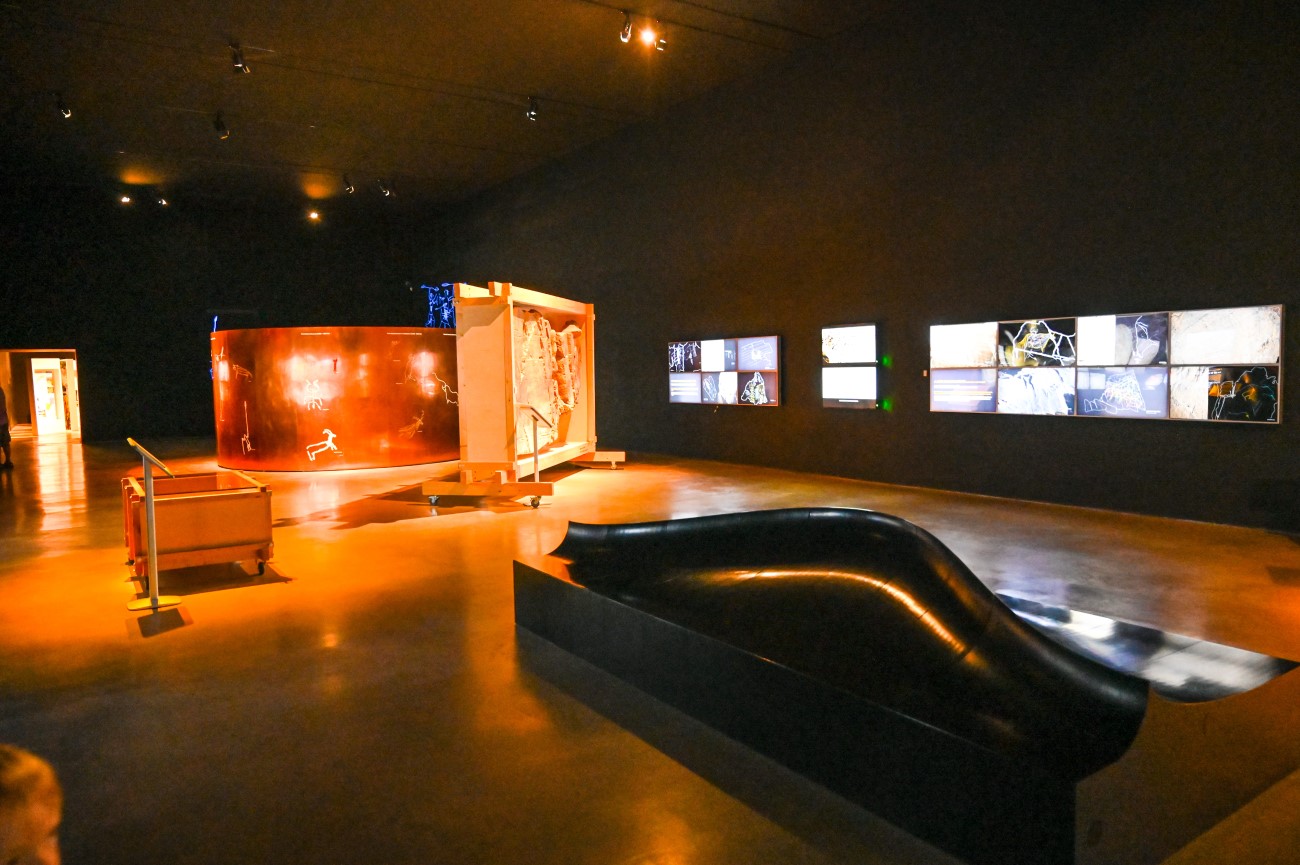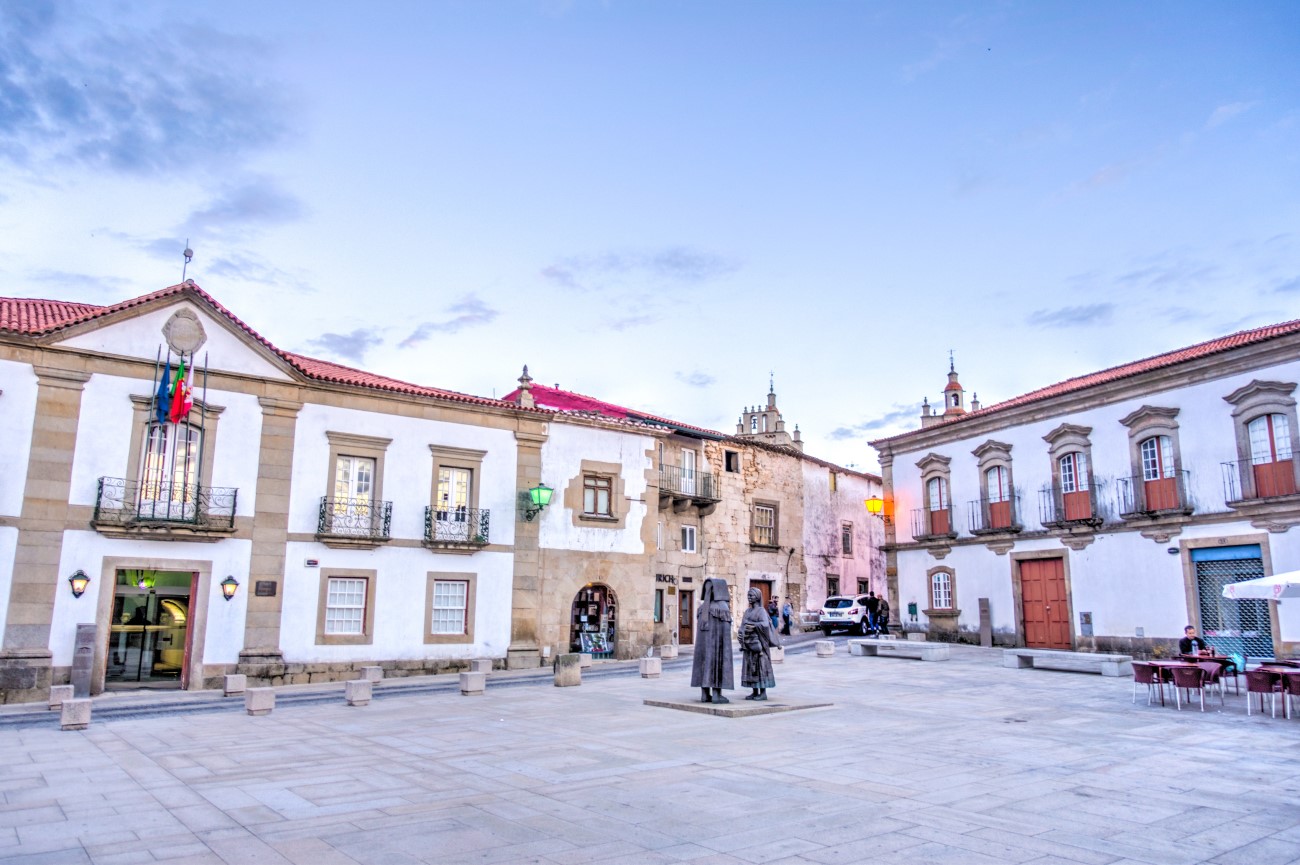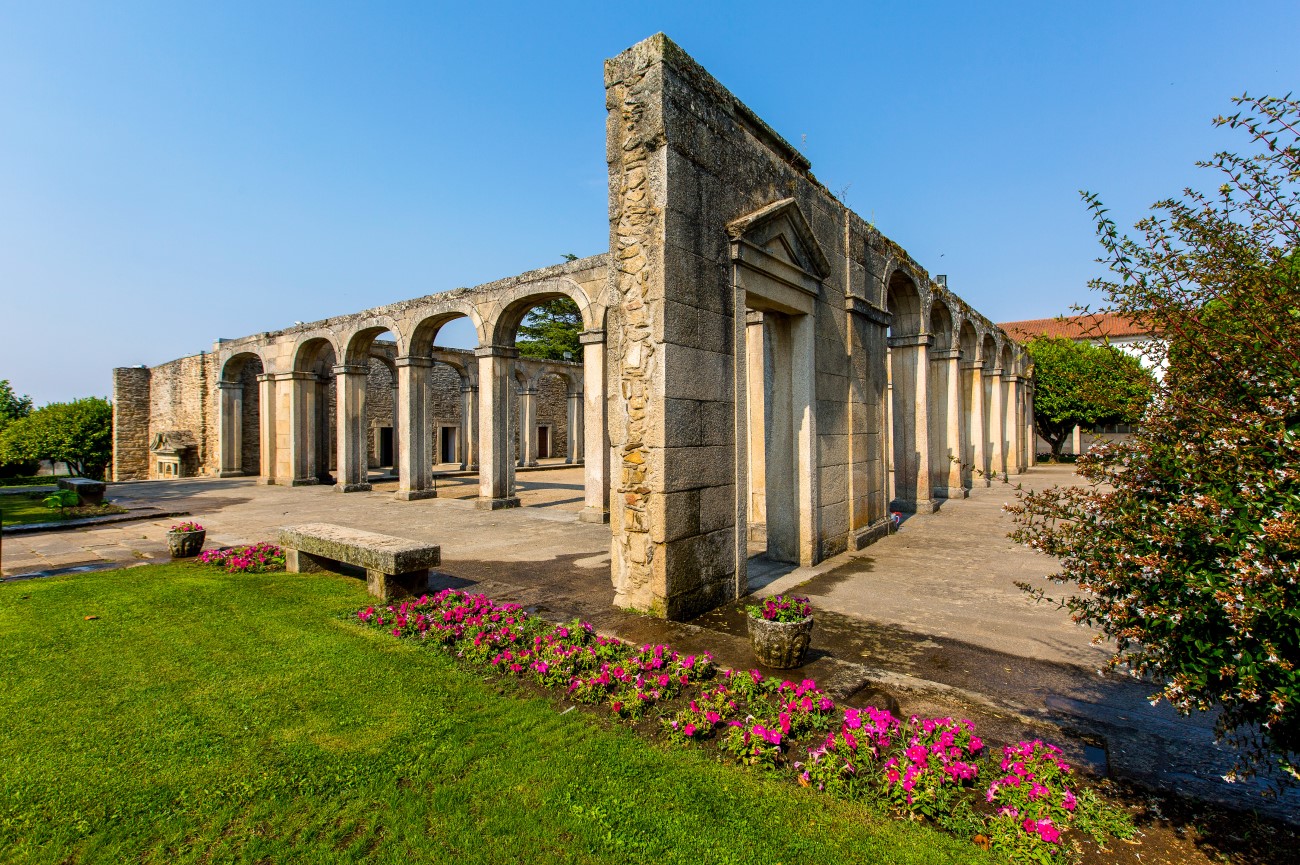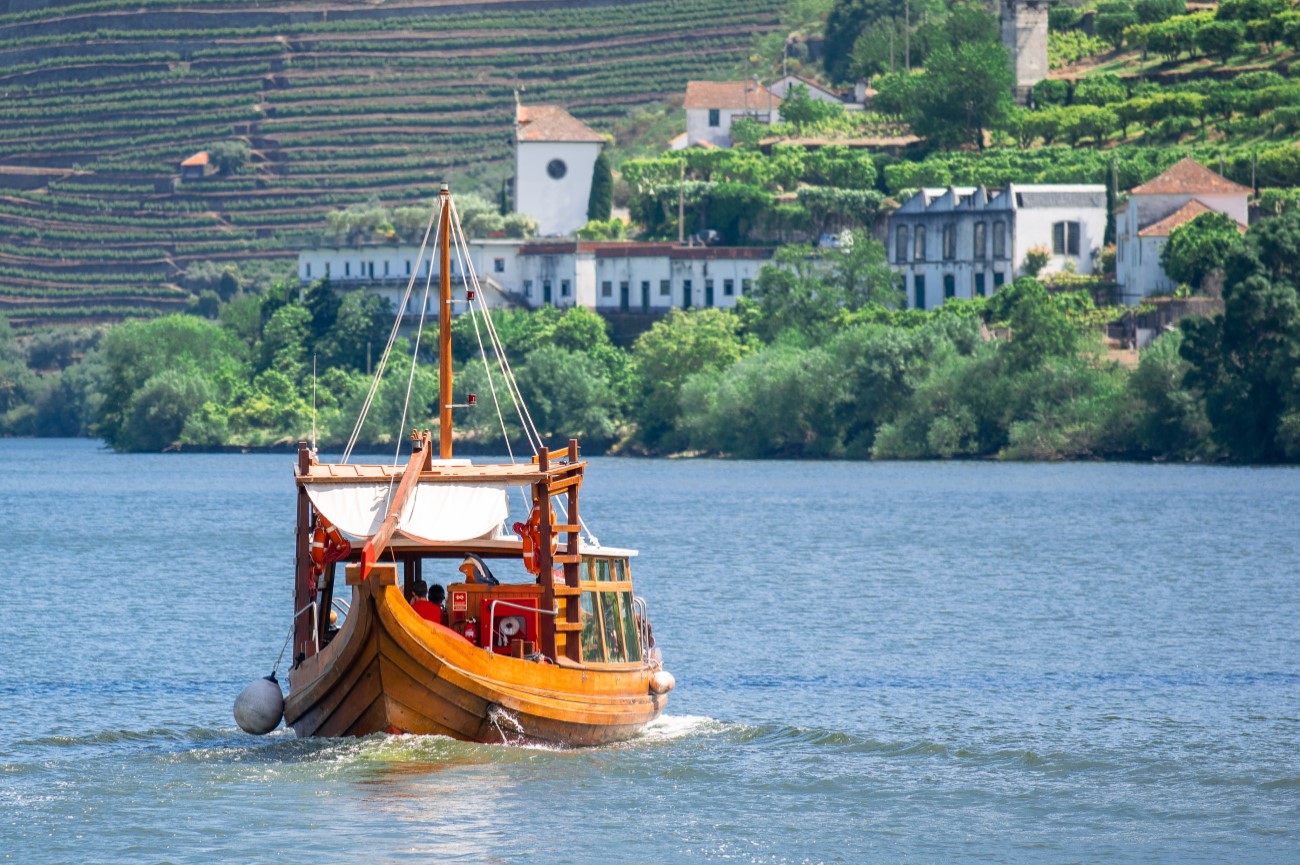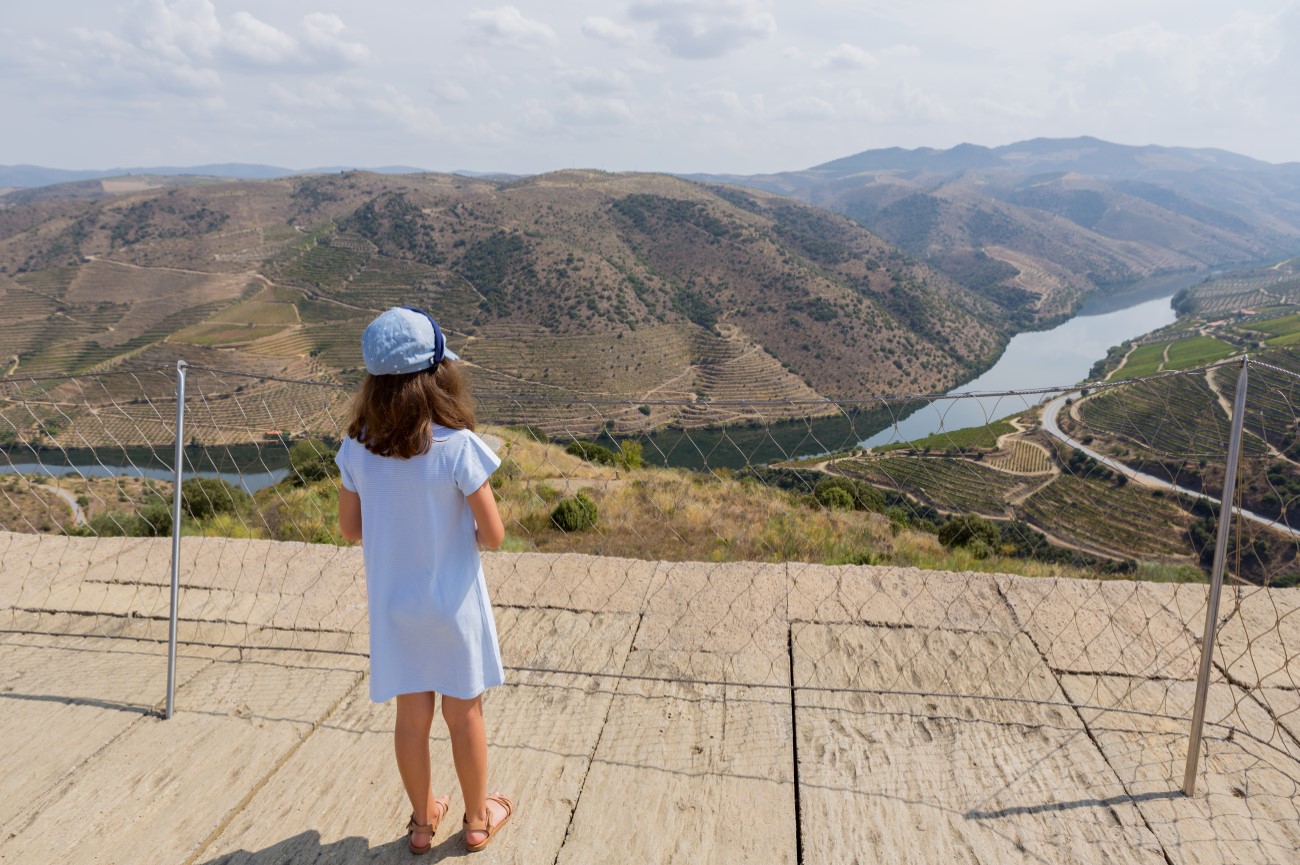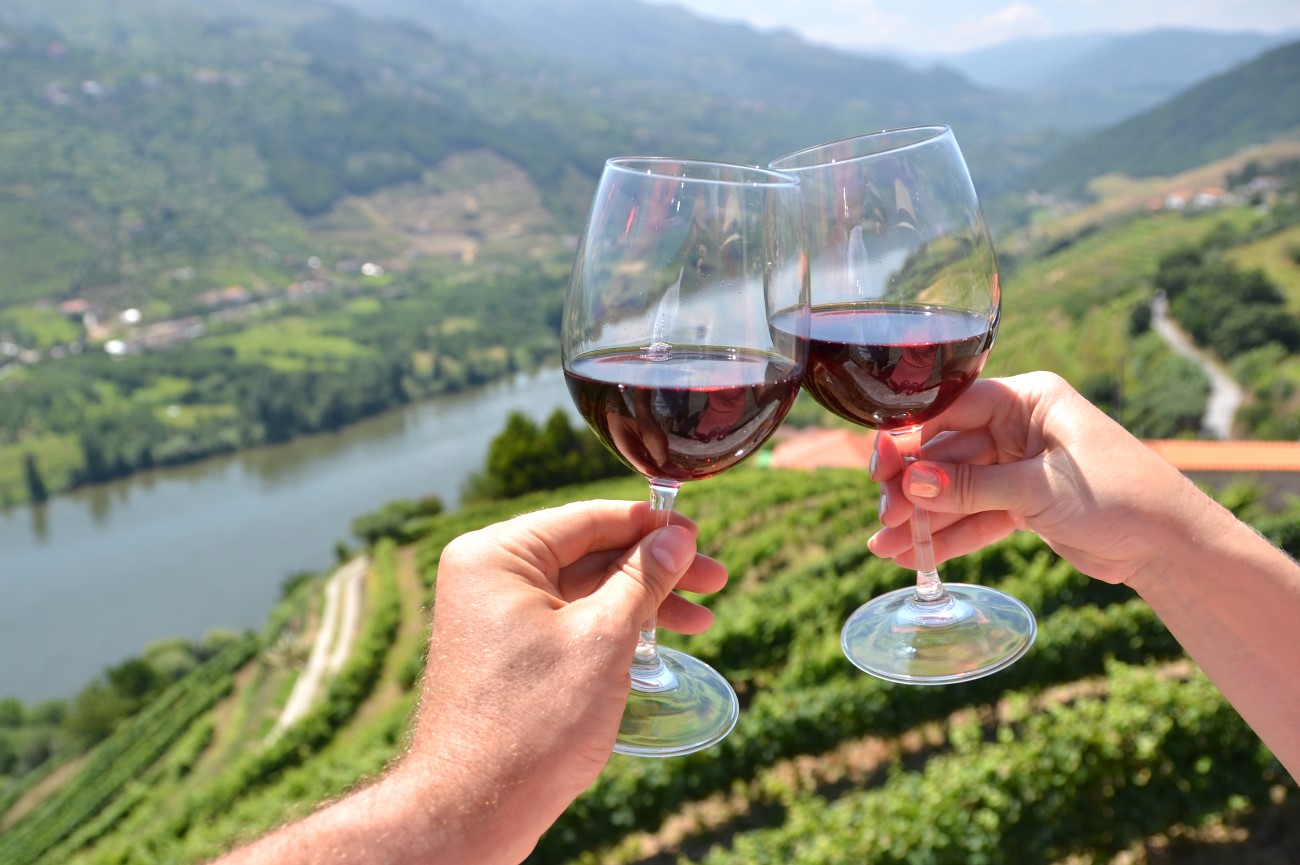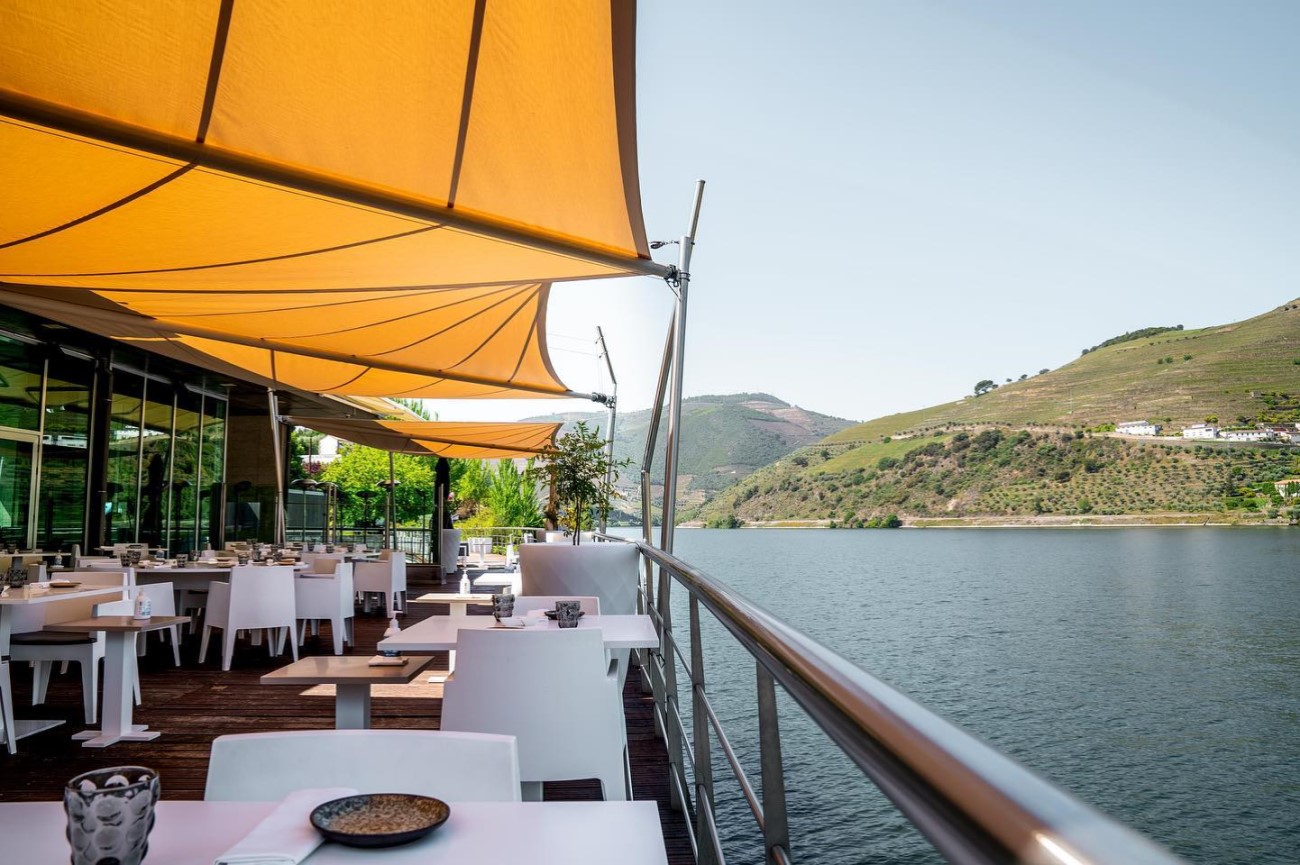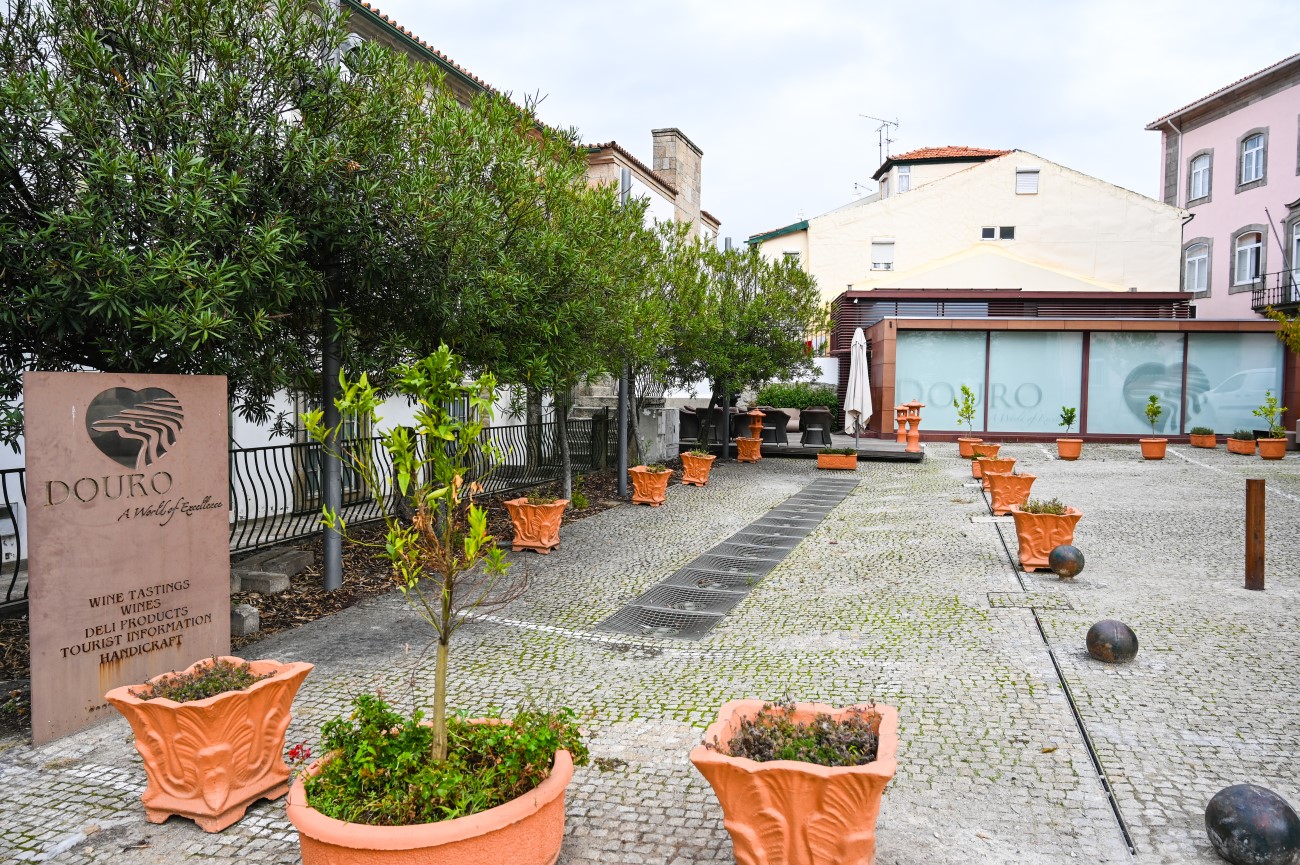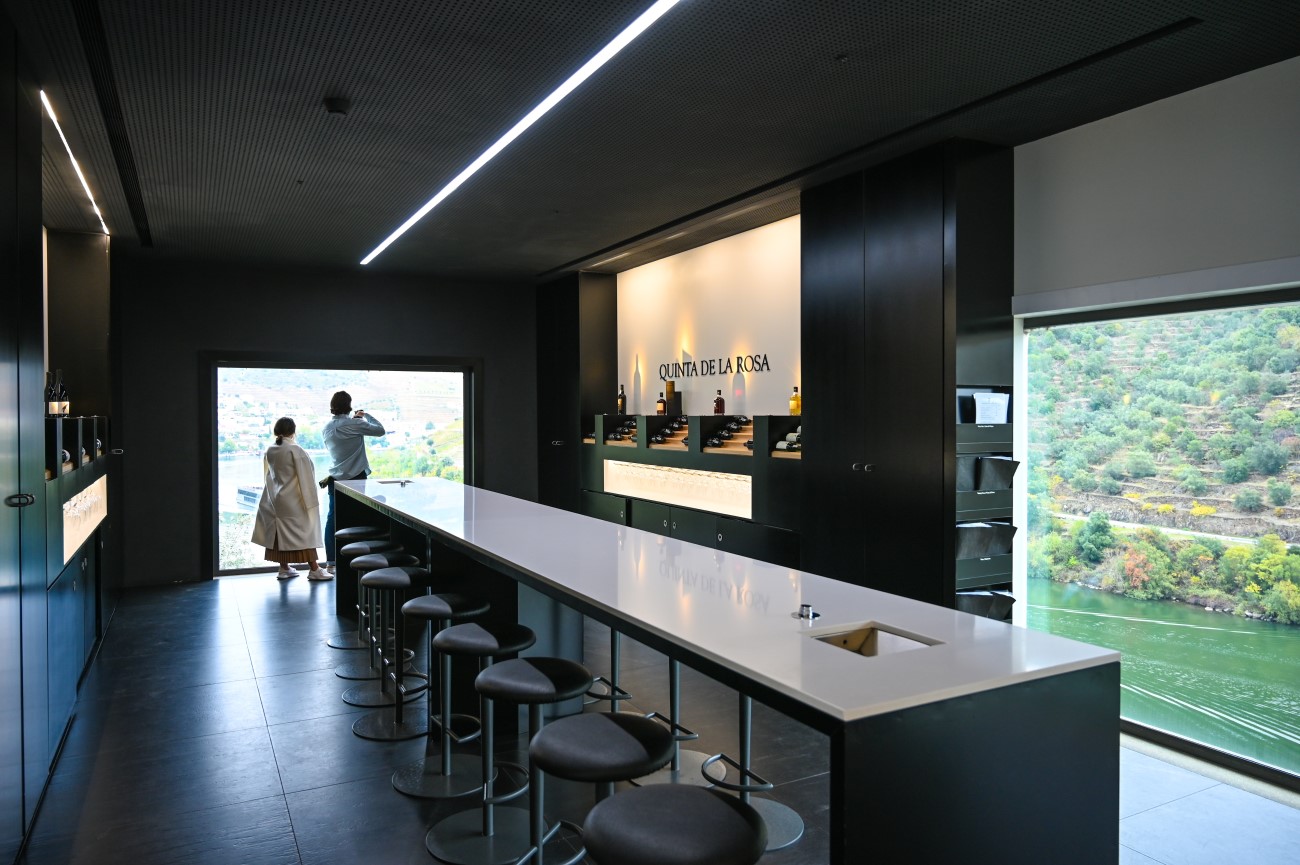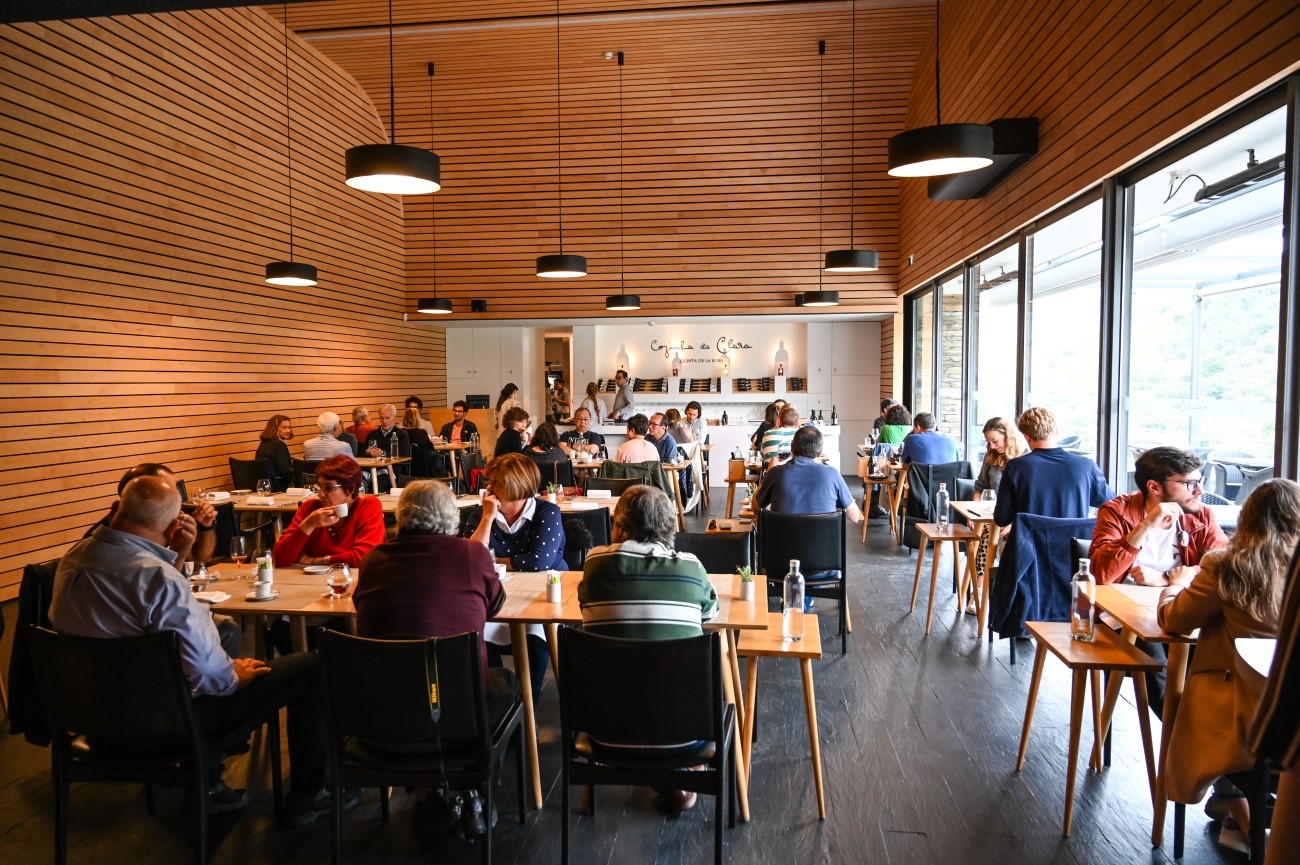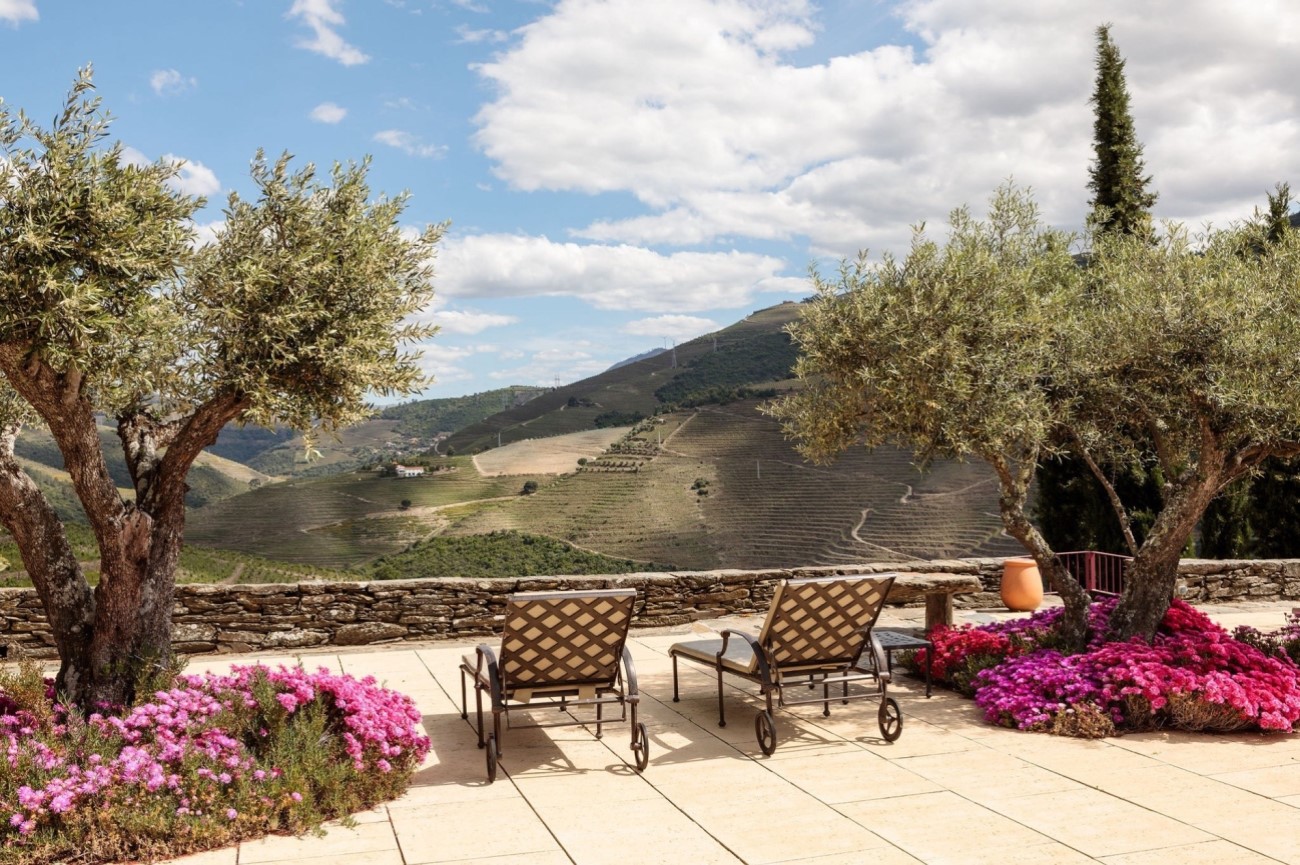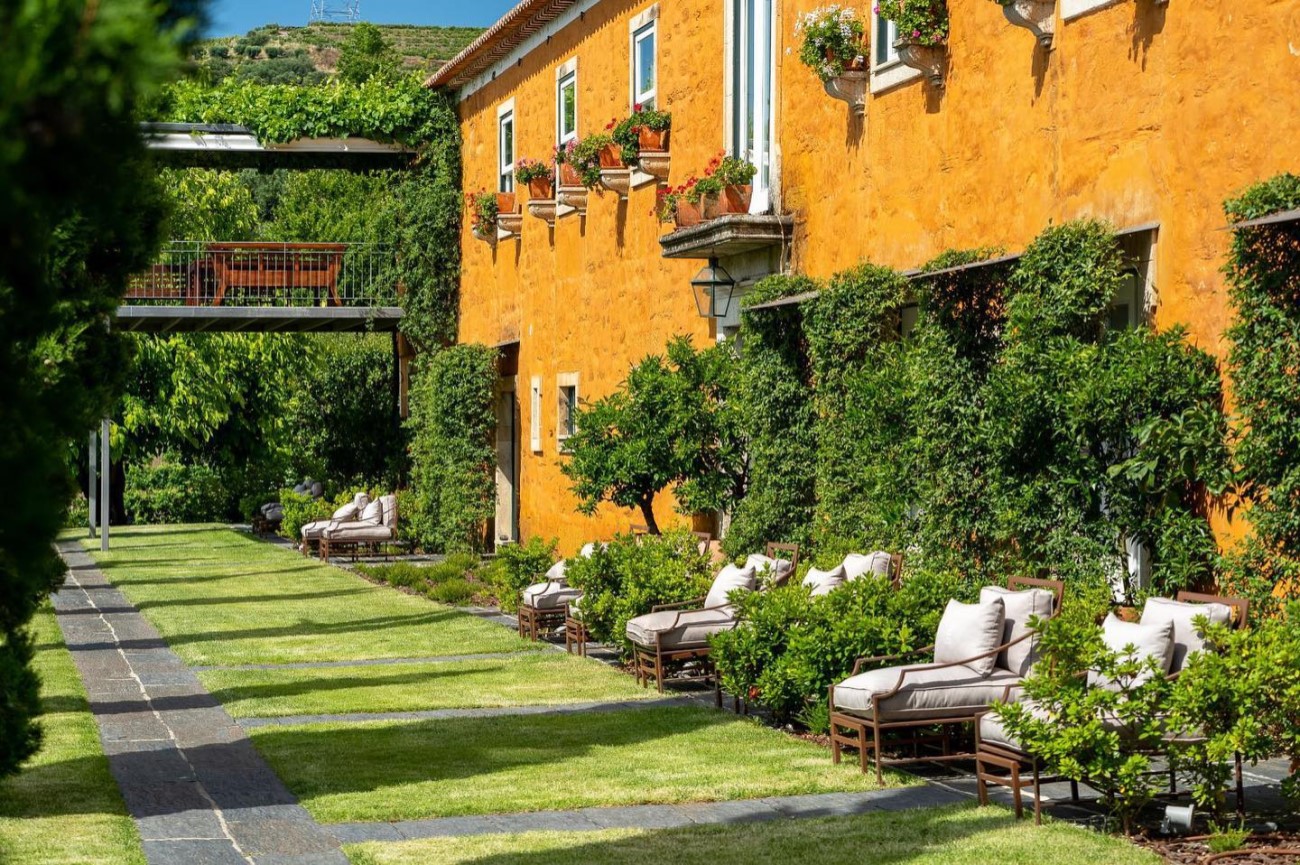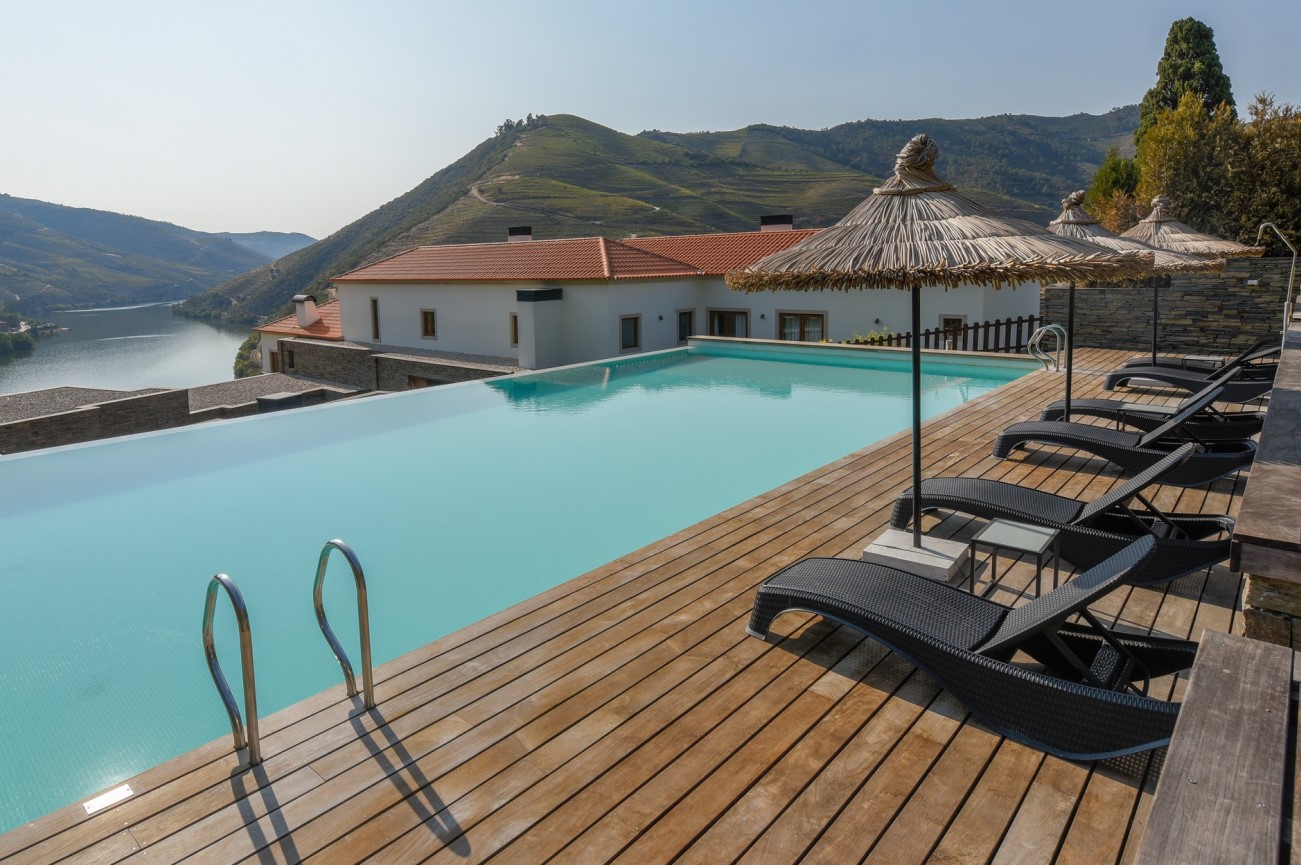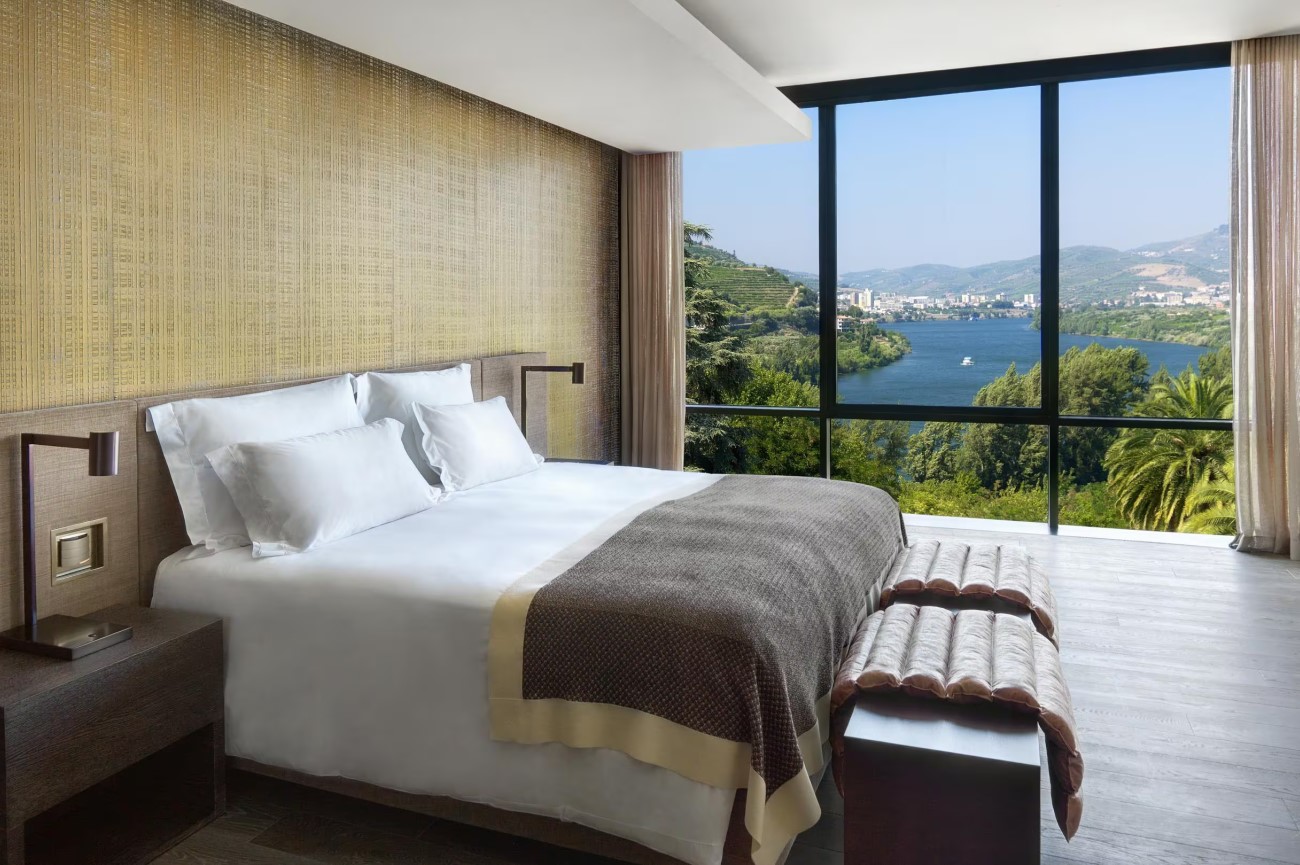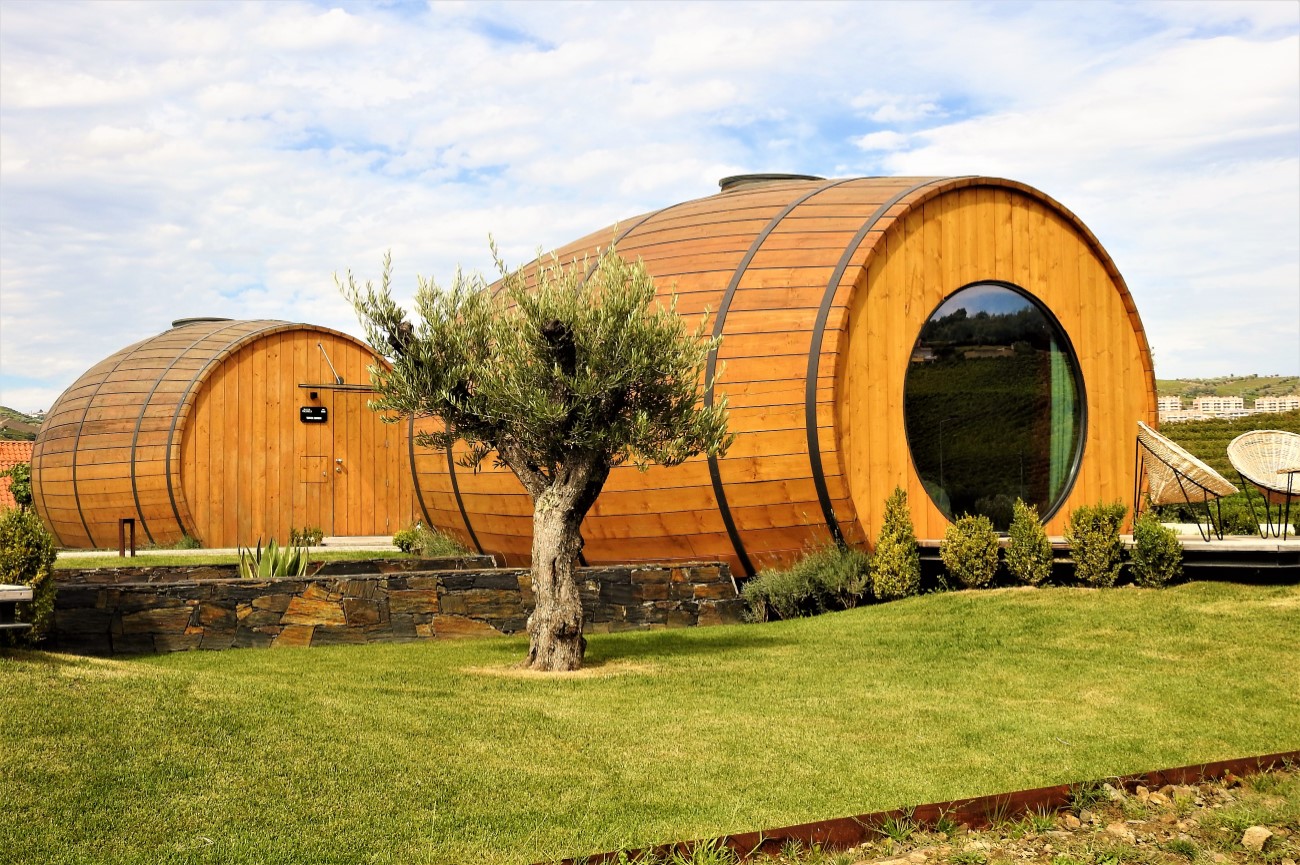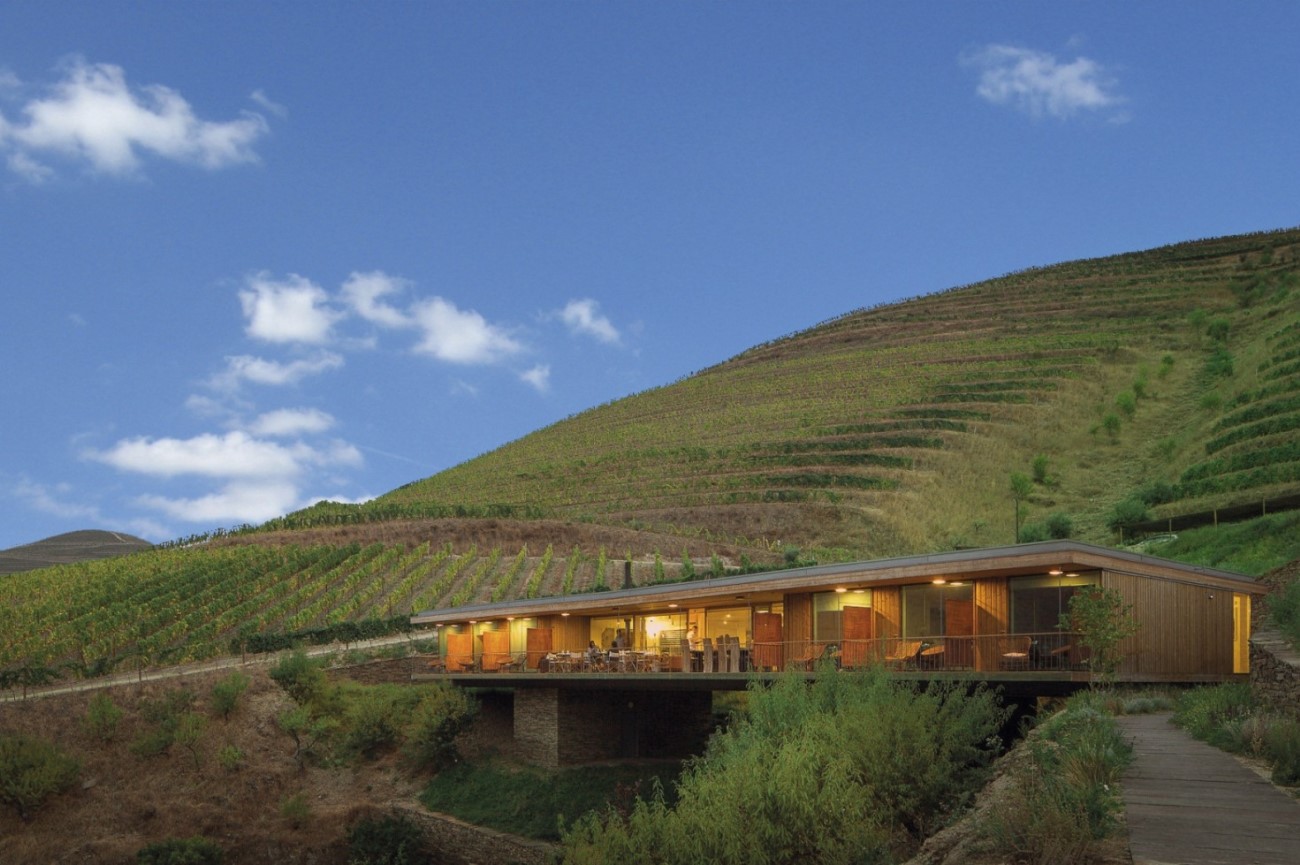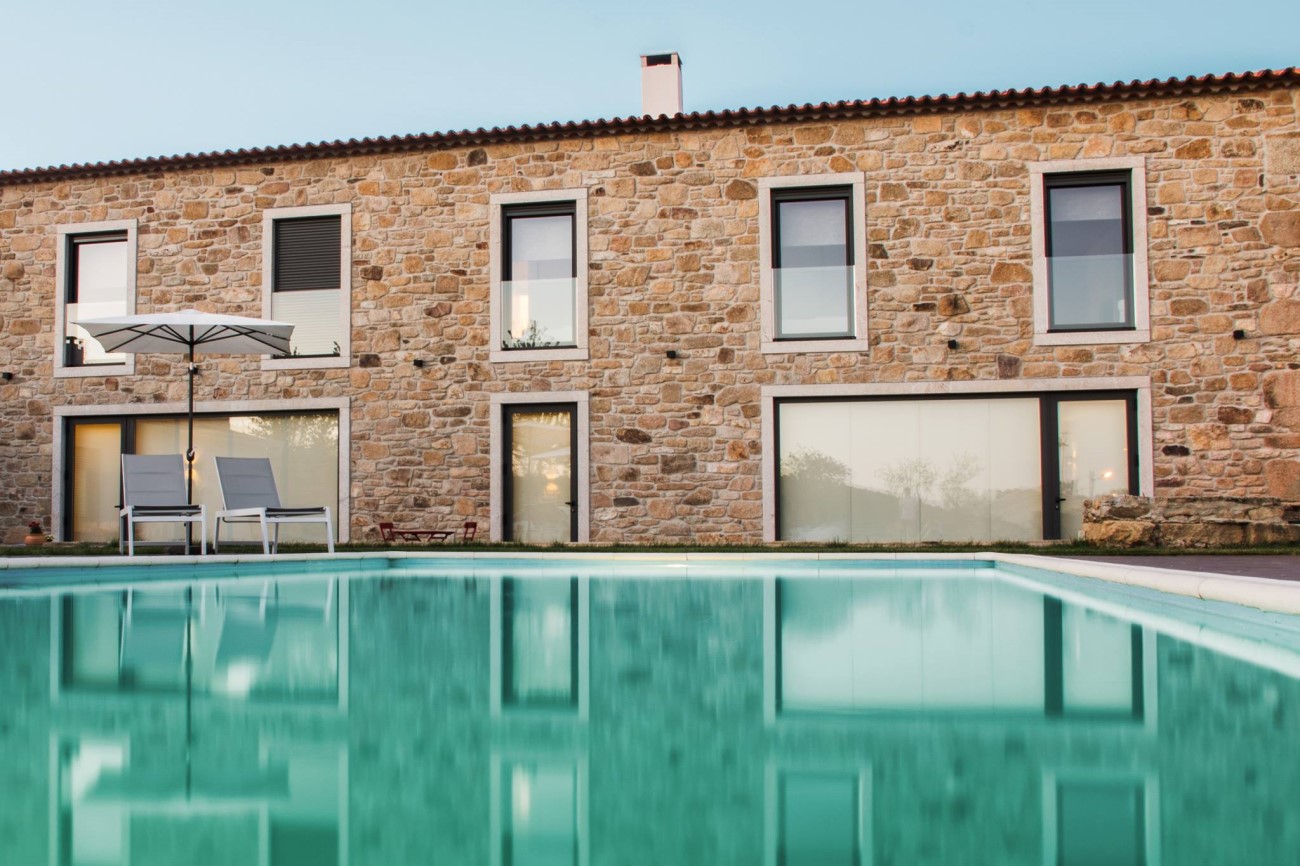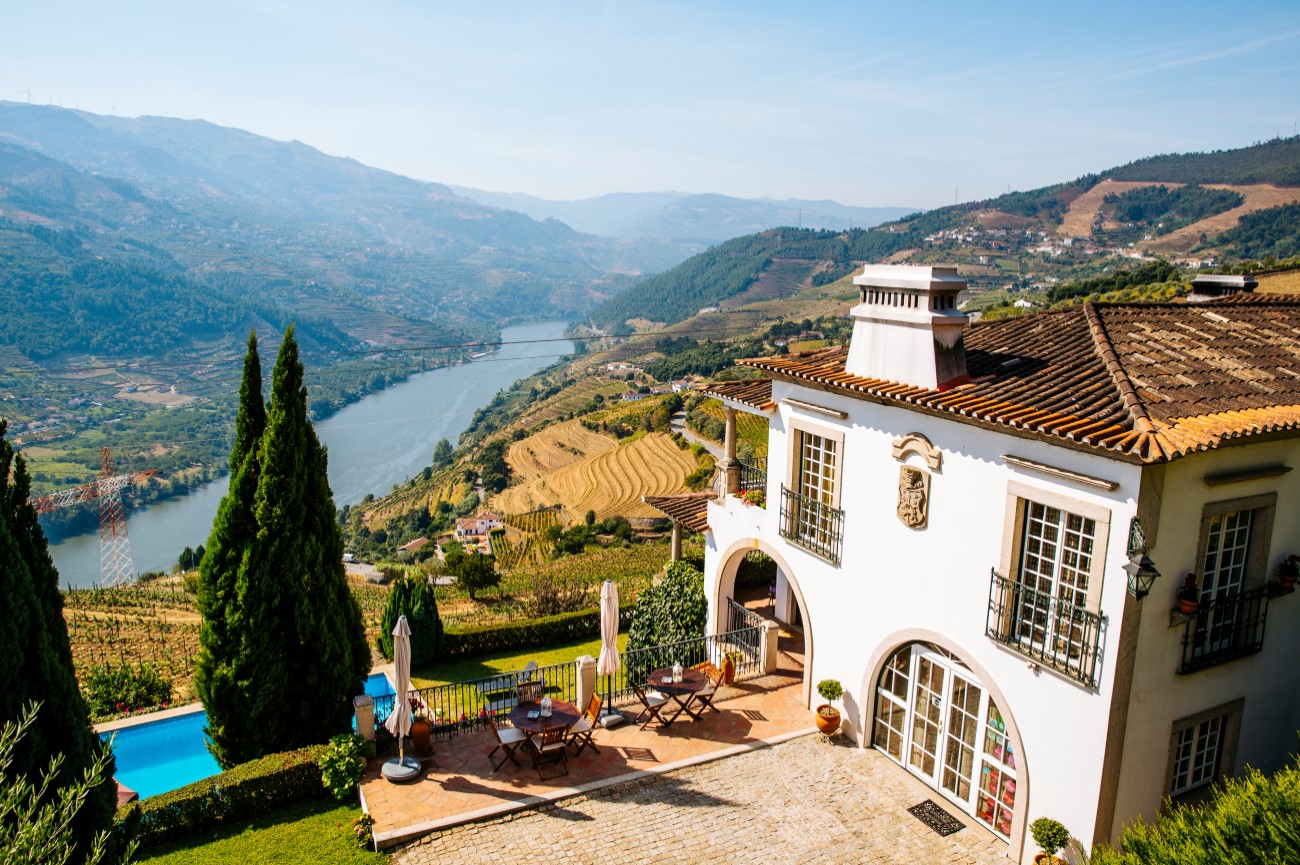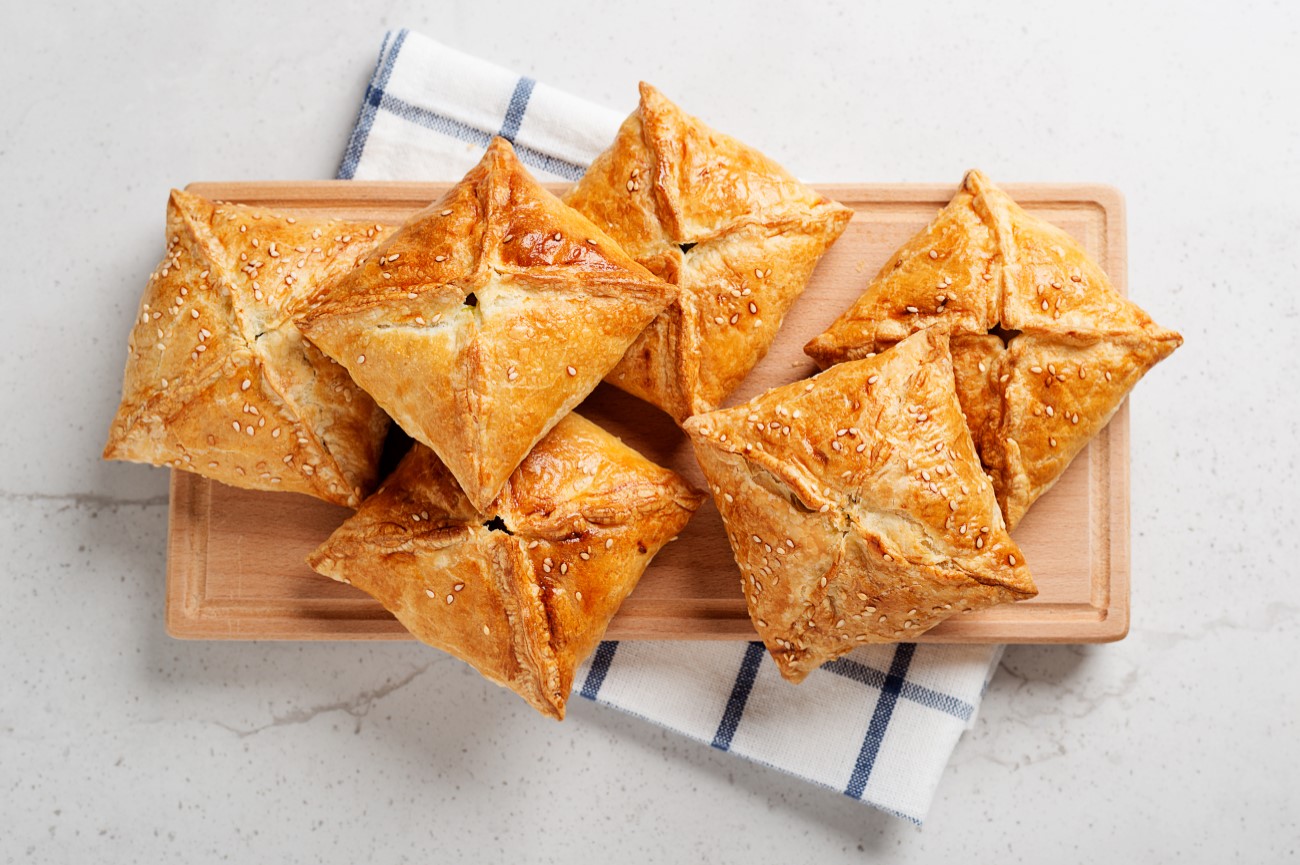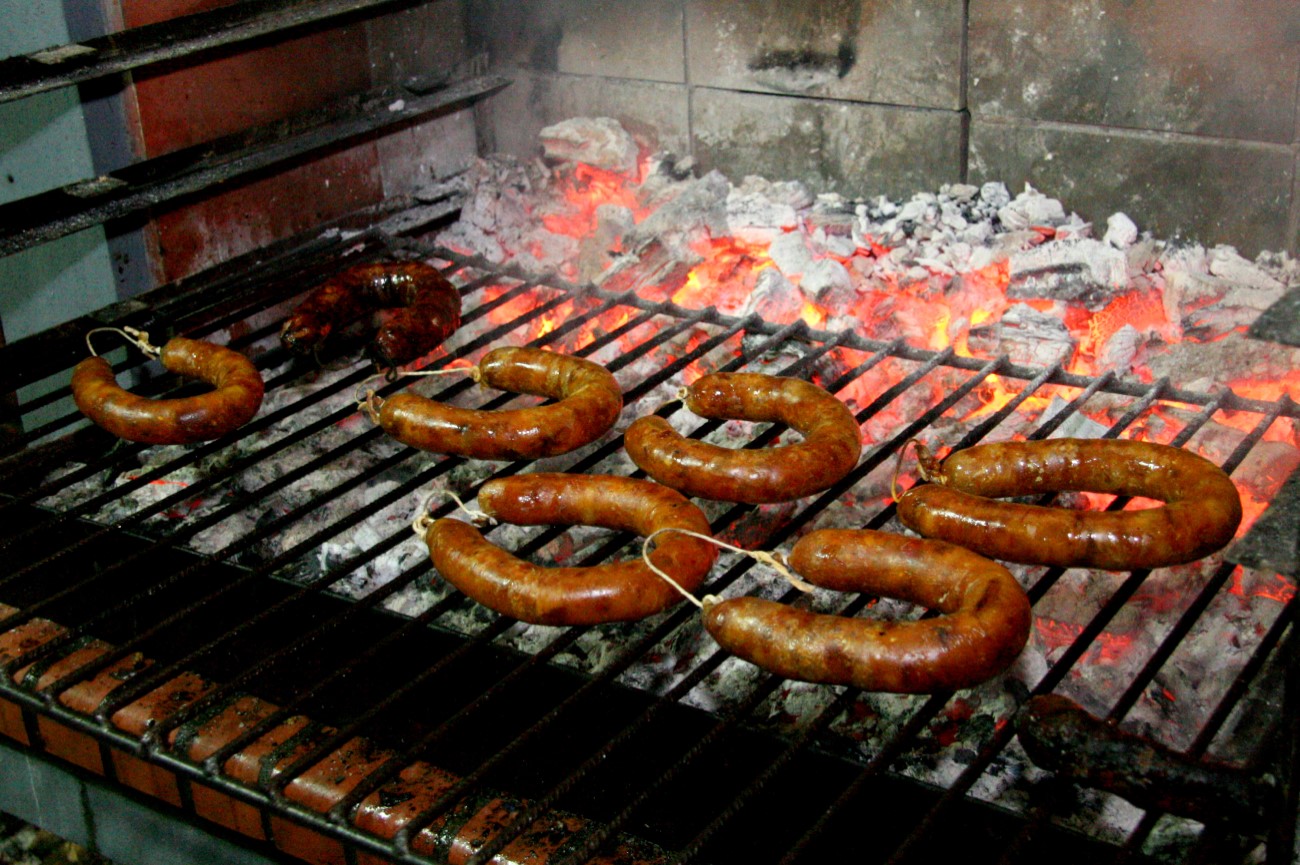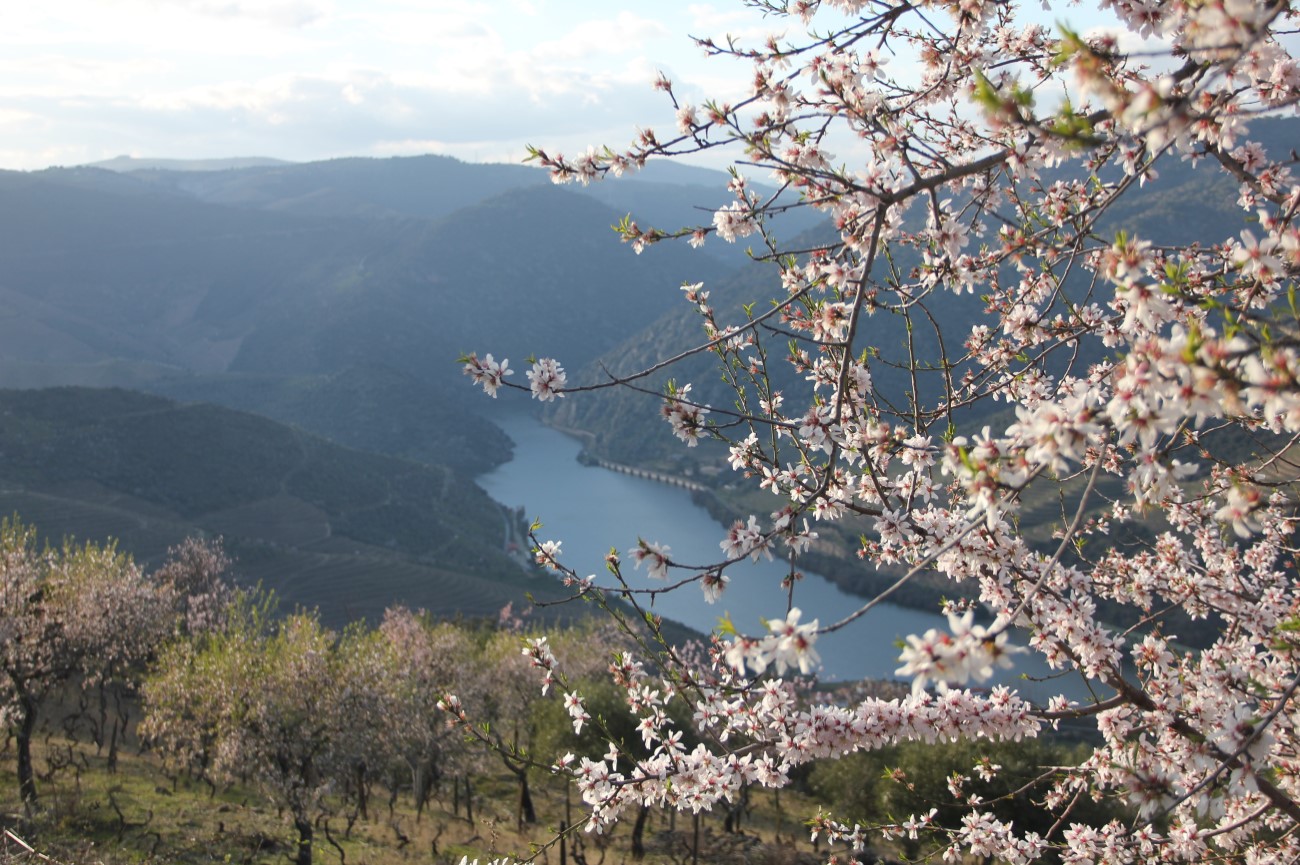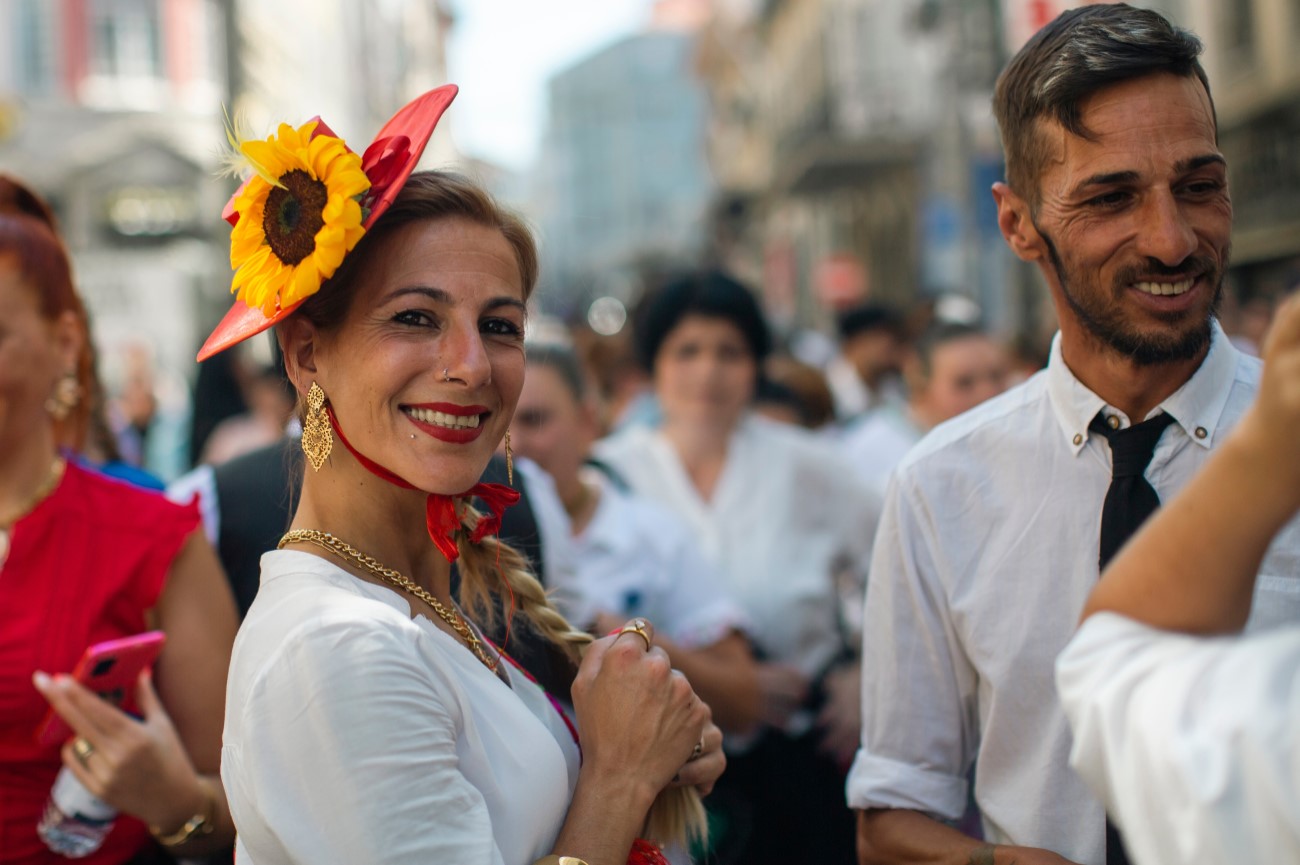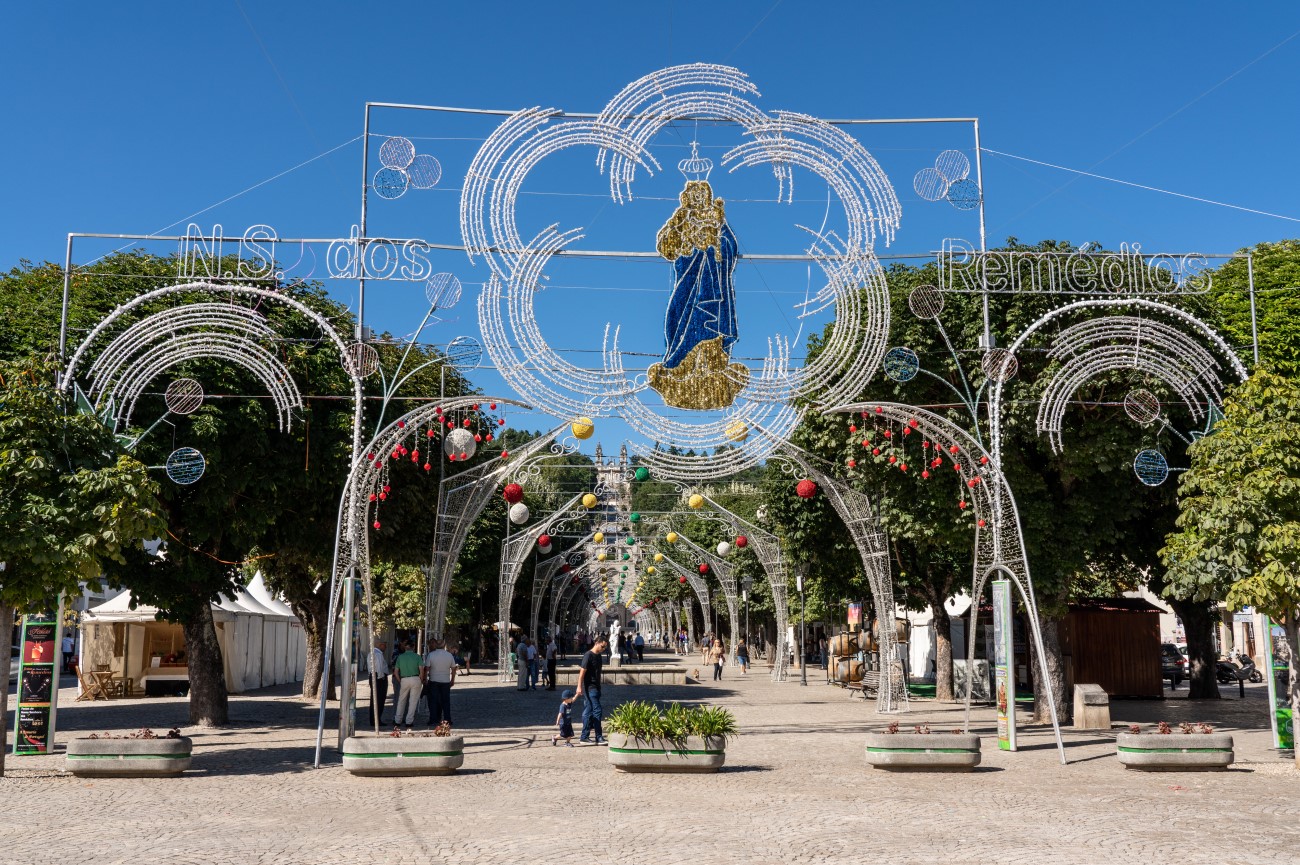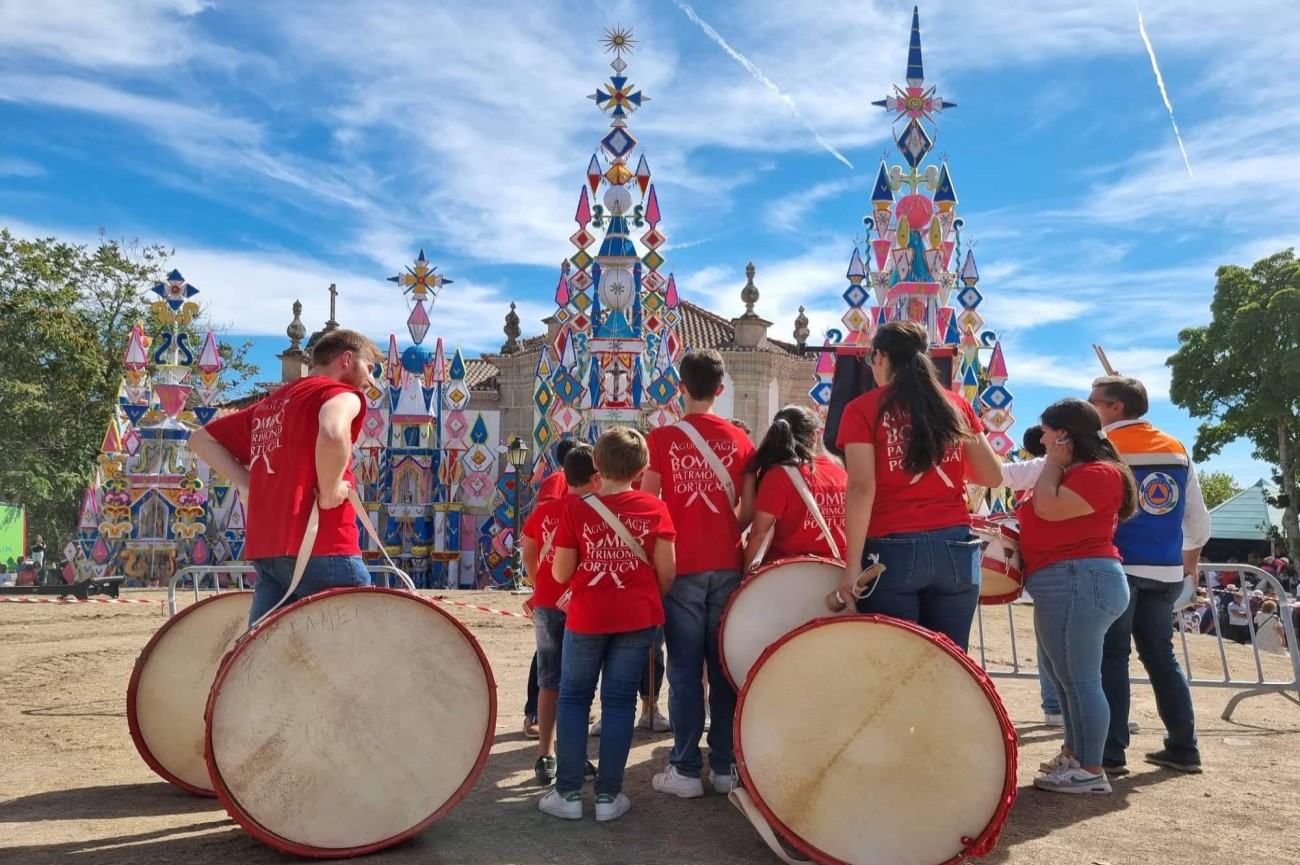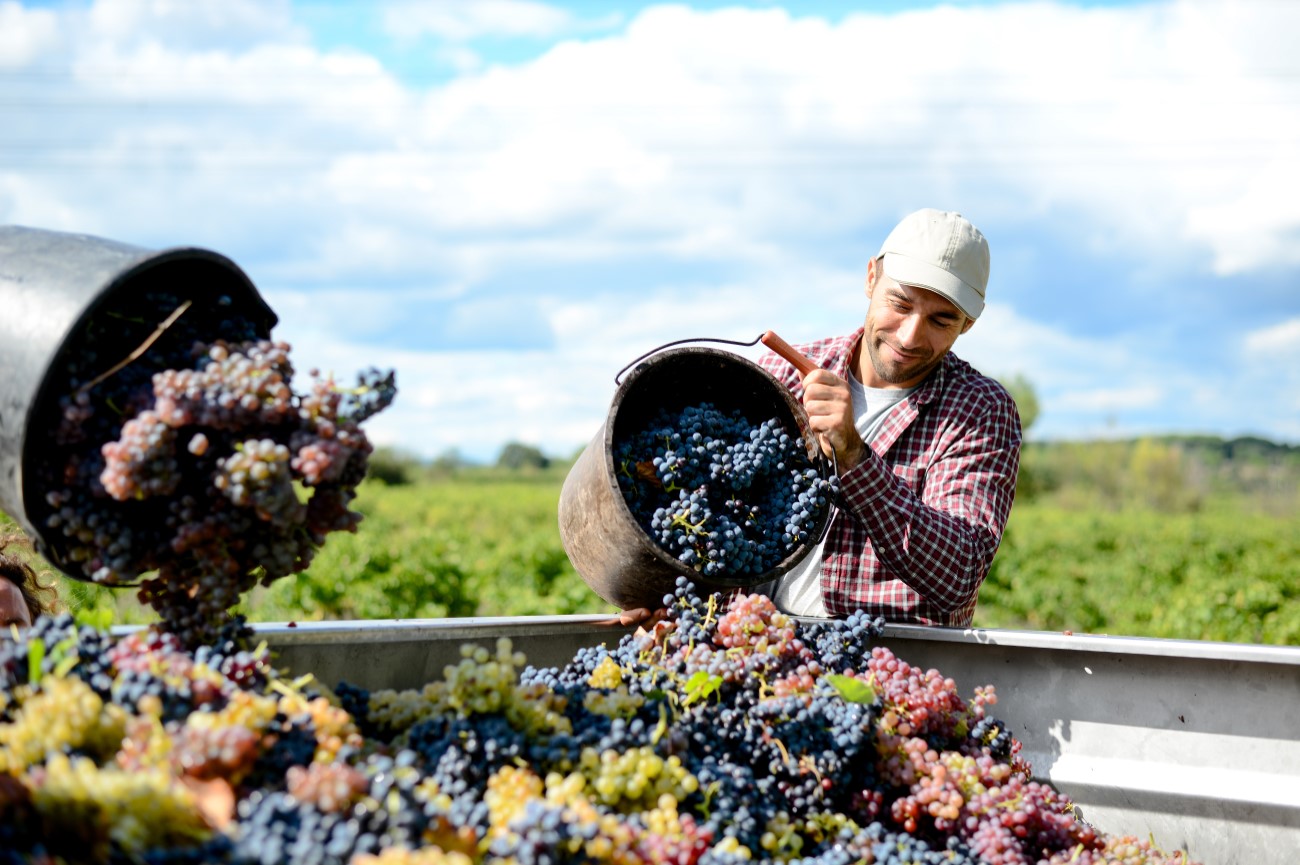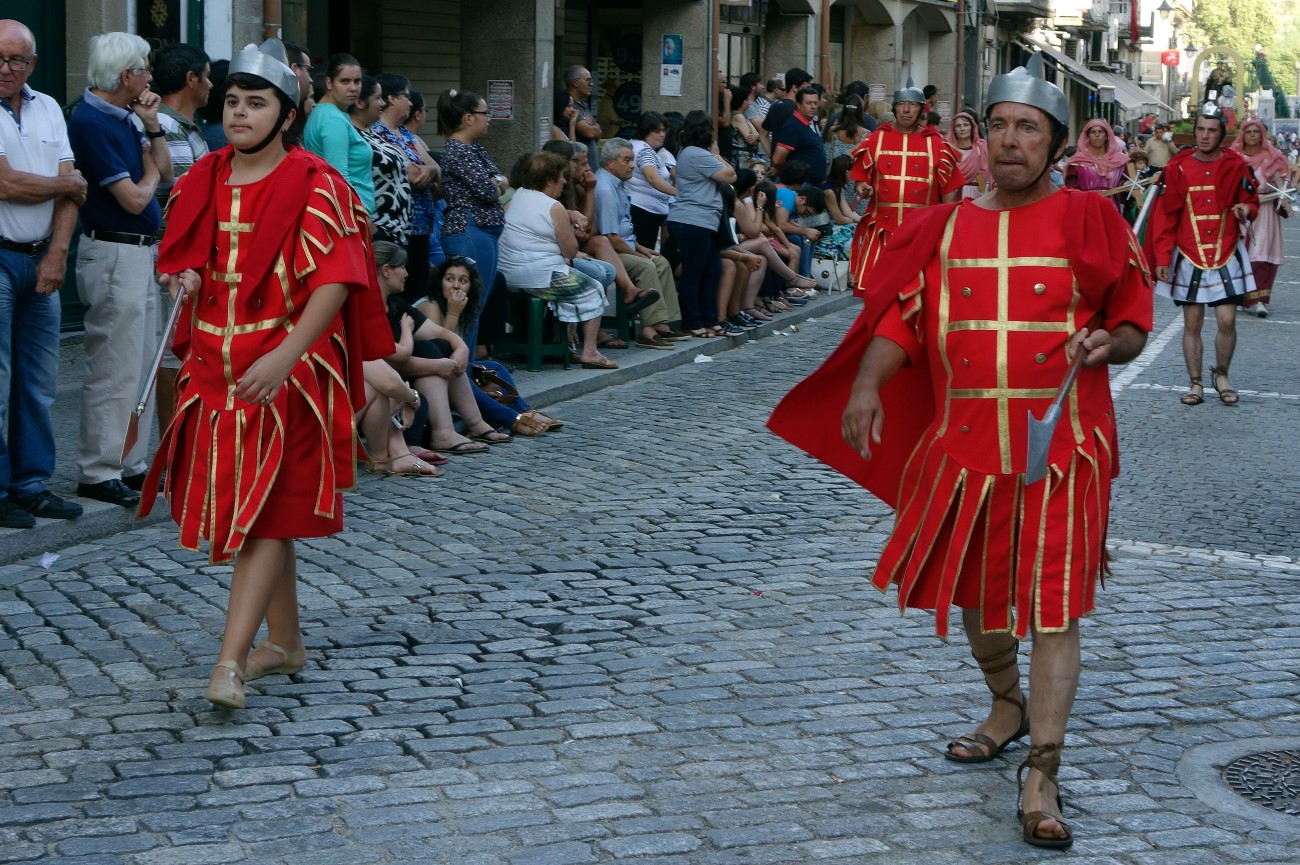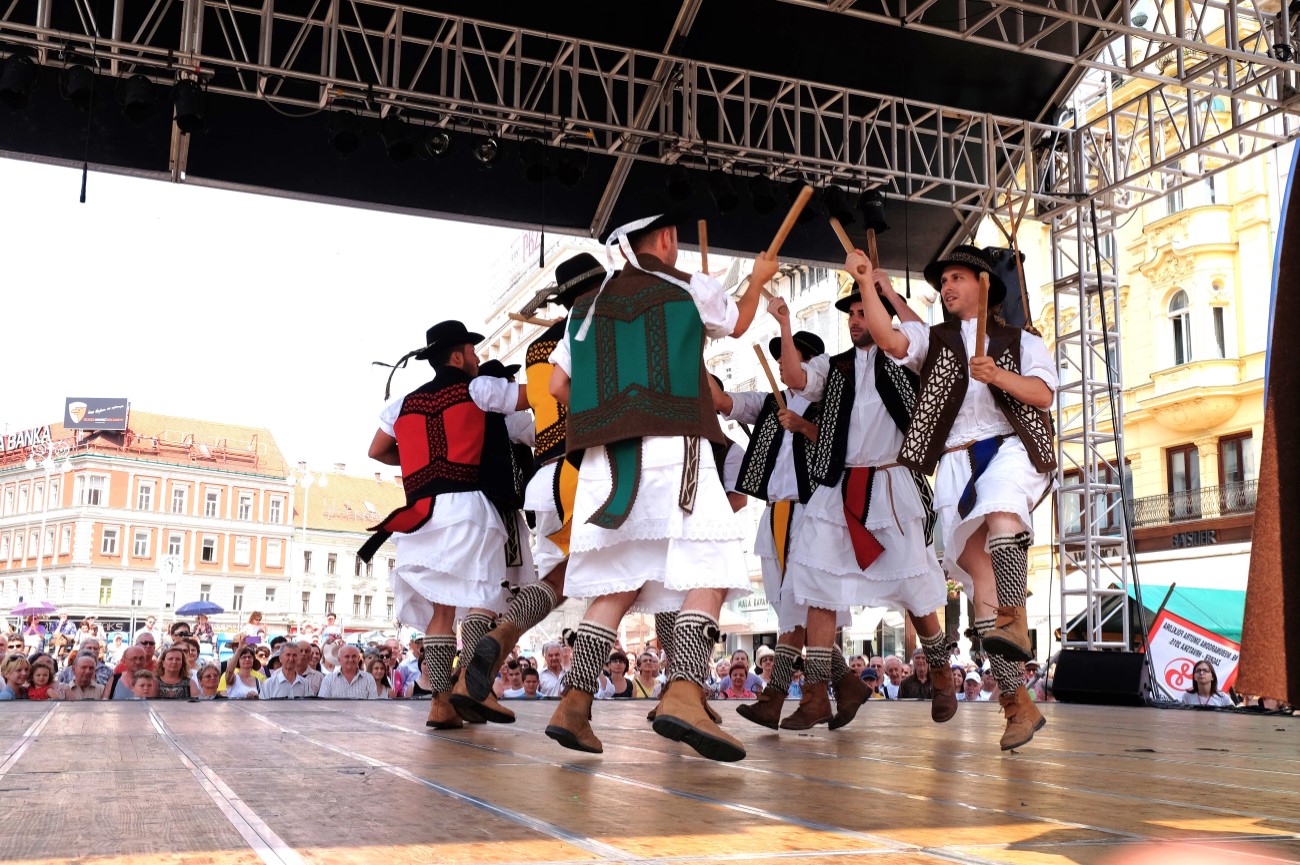Things To Do in Douro Valley: 3-Day Itinerary
Devoted wine lovers must pay a visit to the Douro Valley in Portugal. Just a few miles away from Porto, this is one of the oldest wine regions in the world, established in 1756.
It's the birthplace of Port wine, which for years was transported along the Douro river from the quintas (estates) to the cellars in Vila Nova de Gaia. At the time, this was done via wooden boats known as rabelos. Today, these vessels sit along Porto's docks, whisking visitors away on tours along the Douro Valley.
Travelling by boat is one of the many ways to reach this stunning region, where vines grow on dramatic steep terraces, hugging the river on both sides.
You can also take the train from Porto or go on a road trip, which was what we did. For three days, we toured the best wine estates, tasted delicious wine and visited museums and small villages, stopping to capture this astonishing landscape from a local viewpoint.
Below is our itinerary for a 3-day tour of the Douro Valley, including tips of what to do, when to visit and where to stay. Even if you're planning to visit for fewer days, you can adapt this itinerary to your needs.
Day 1: Vila Real, Peso da Régua, Lamego

Vila Real
Vila Real is a quiet university town located high above the Corgo River. From Porto, it takes about one hour to drive here, but you can also get a bus from Campanhã.
The main attractions in Vila Real are the mountainous range of Parque Natural do Alvão and Casa de Mateus, a magnificent 18th-century mansion surrounded by pleasant gardens. The building itself is a Baroque masterpiece attributed to Nicolau Nasoni, the same architect who worked in the Clérigos Tower in Porto.
A guided tour will take you around the palace and its gardens, passing through many picture-worthy spots like the stunning cypress tunnel and a lake mirroring the palace. Inside, you’ll find carved wood ceilings, antique furniture, and a library featuring an illustrated edition of the epic poem Os Lusíadas. You can also have a wine tasting here, including Port and Douro wines, but you’ll need to book in advance.
Closer to the centre, there are other noteworthy sights such as the Casa de Diogo Cão, Capela Nova and the cathedral of Vila Real.
Peso da Régua
Peso da Régua is a riverside town set in the heart of the Douro Valley. In the 18th century, this was the base of the port wine trade, where barrels were put into wooden boats and taken to Vila Nova de Gaia. Even today, the wine from the Alto Douro has to go through here before reaching Porto.
Most people head to Régua to visit the Museu do Douro. Set in an old warehouse, this modern museum explains the history of the wine industry in the Douro region. Besides the exhibition area, there’s also a wine bar on-site overlooking the river and a gift shop selling wine bottles and a few handmade items such as soaps and ceramics.
From Régua, you can take a boat trip along the river or even a scenic ride on a steam train that runs between June and October.
Another place that deserves a visit is the Miradouro de São Leonardo da Galafura. Standing here, you can admire the lush vineyard slopes and the Douro river below.
Lamego
Rising on a hill amid the Douro Valley, Lamego is a charming city teeming with historical monuments and a few cellars dedicated to sparkling wine.
As you drive from Régua to Lamego, you can stop by Quinta de Santa Eufémia for a wine tasting session. Established in 1864, this estate has been in the same family for centuries. It produces a selection of Douro and Port wine and still uses traditional winemaking techniques.
A few miles west is another rural estate
called Quinta da Pacheca. Vineyards have been planted here since the
16th century when the area belonged to a Monastic order. Later, it
became part of Douro’s Demarcated Wine Region. Quinta da Pacheca makes a
variety of wines, including Douro, Port and Moscatel.
Besides the vineyards, it also offers a hotel and a restaurant, making this the perfect spot for a lunch break. The menu varies with the season but always includes a glass of Pacheca wine.
After lunch, head down to the Miradouro de São Domingos, for another glimpse of the Douro’s picturesque landscape and then drive towards the centre of Lamego.
Day 1, Morning - Douro Valley Tour Map
Afternoon: Lamego Cathedral
Ones you reach the old town, you can begin your tour at Lamego’s Cathedral. While it dates back to the 12th century, this church went through several updates through the years, so it’s a mix-and-match of architectural styles. The bell tower is Romanesque, the façade is Gothic, and the interior is mainly from the 18th century. Once inside, make sure to look up and admire the frescoed ceilings.
From the cathedral, you can walk to the nearby medieval castle or head to the Santuário de Nossa Senhora dos Remédios. This last one is Lamego’s most famous sight, an astonishing baroque sanctuary framed by a winding stairway. If you’re feeling brave, you can climb the steps to the top, stopping to capture the tile panels on each level. It’s also possible to drive straight to the entrance. The church is an important pilgrimage site and attracts many visitors throughout the year, especially around September during the Nossa Senhora dos Remédios festivities.
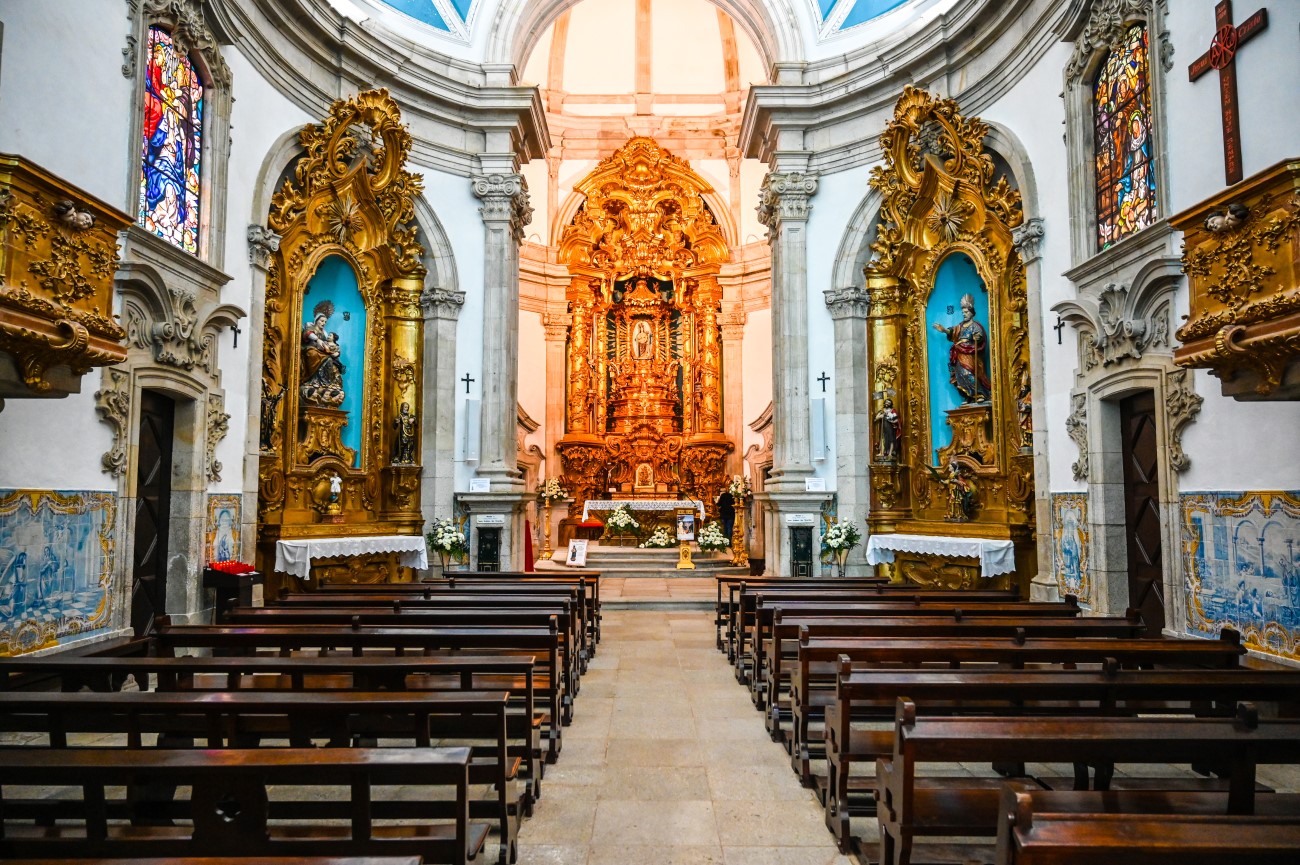 The Interior of the Santuário de Nossa Senhora dos Remédios, Lamego, Douro Valley, Northern Portugal
The Interior of the Santuário de Nossa Senhora dos Remédios, Lamego, Douro Valley, Northern Portugal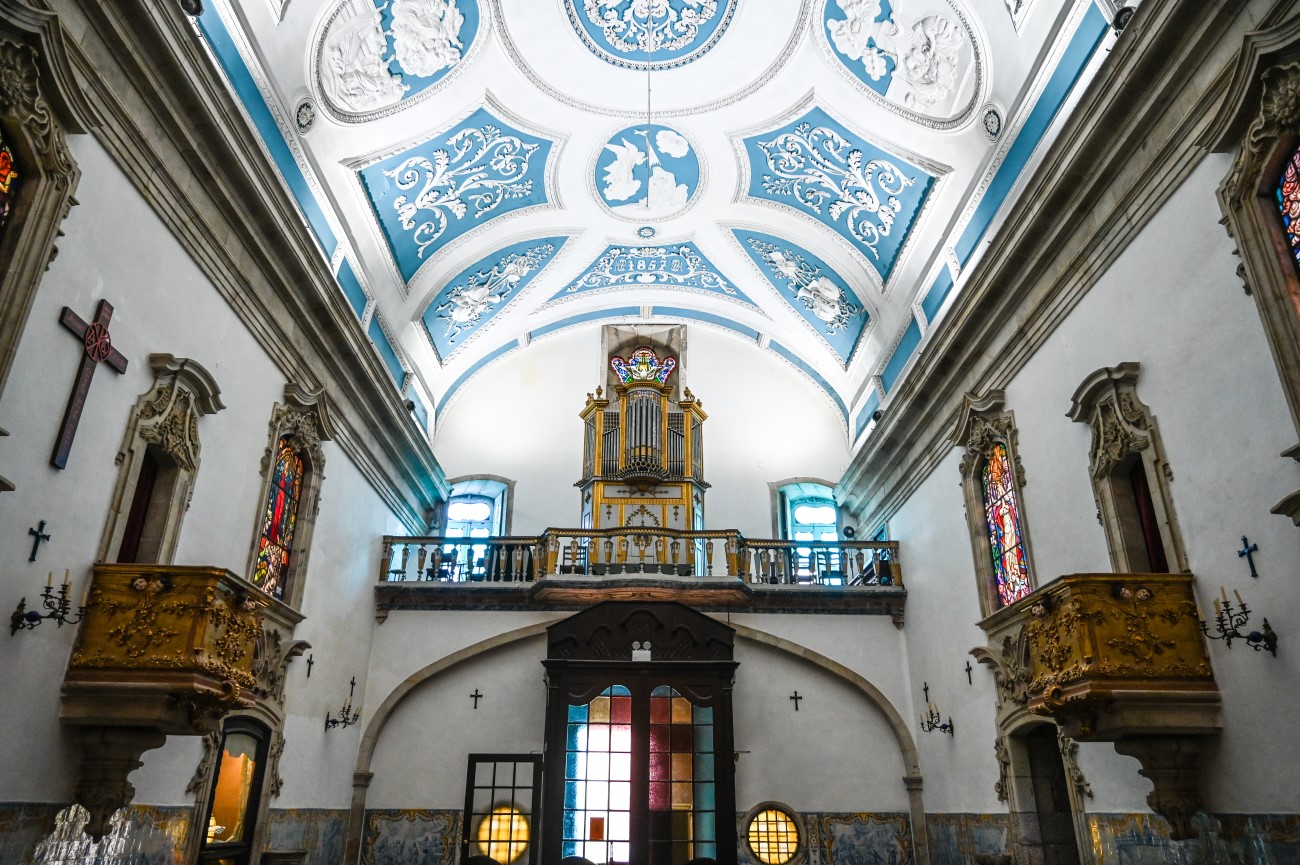 The Interior of the Santuário de Nossa Senhora dos Remédios, Lamego, Douro Valley, Northern Portugal
The Interior of the Santuário de Nossa Senhora dos Remédios, Lamego, Douro Valley, Northern PortugalSet on the outskirts of town are the Caves da Raposeira, one of the major producers of sparkling wine in Lamego. From Monday to Saturday, you can join a guided tour of the cellars, which take place pretty much every hour. Even if you don’t make the tour, you can visit the shop and buy a bottle to go.
After visiting Raposeira, continue driving to the Monastery of São João de Tarouca. Built around 1124, it was the first Cistercian monastery in the country. It was left abandoned in the 19th century, so little remains of the original site. Still, it’s worth walking around the ruins and going inside the church, one of the few buildings that remained intact. Inside, you’ll find walls covered with tiles and religious paintings adorned with gilded frames.
Continue the journey to Ucanha, a small village set on the banks of the Varosa river. It’s famous for its medieval stone bridge that dates back to the 14th century. Attached to the bridge is a tower which was used as a defensive structure but also as a toll. It provided access to the nearby monastery of Salzedas.
On the way to the monastery, you’ll find the Caves da Murganheira, which has been producing sparkling wines since 1947. Here, the guided tours take around 30 minutes and include a tour of the grotto-like cellars stocking the bottles, ending with a wine tasting. Keep in mind that the cellars are only open from Tuesday to Saturday.
The Monastery of Salzedas is in a slightly better state than the São João de Tarouca. Established in 1168, it was also part of the Cistercian order in Portugal but got restored in the 18th century. Today, the church stands out amid the village houses, with its striking Baroque façade. The interior is a bit more modest, with white vaulted ceilings and a small altar. Next to the church are the cloisters, some of which are now roofless.
Day 1, Afternoon - Douro Valley Tour Map
Day 2

Morning: Pinhão
Nestled amid terraced vineyards and with the river at its feet, Pinhão is the perfect base to explore the Douro Valley. Some of the best Port wine comes from this region, and there are dozens of wineries where you can sample it. Even if you don’t have a car, you can reach the village by boat or train.
The train station of Pinhão deserves a visit of its own. Built in the 19th century, it’s one of the most beautiful stations in Portugal. Its walls are decorated with hand-painted tiles that celebrate the journey of Port Wine: from the grape harvest to the storing of the wine at the Vila Nova de Gaia cellars.
After visiting the train station, we suggest taking a boat cruise along the Douro. You can go on the Barcos Rabelo, the traditional boats that once carried the wine barrels or book a private sailing boat for a more exclusive experience. The journey usually takes around two hours and often includes a glass of wine.
Once you get back to land, you can do a tour of the wineries. The best wineries near Pinhão are Quinta do Bomfim, Quinta da Roêda, Quinta do Castro, Quinta do Pôpa, and Quinta do Tedo.
Quinta do Bomfim is the closest to the village, located within walking distance from Pinhão’s train station. It’s run by the Symington family, who also owns the Graham’s Lodge in Gaia. The estate houses the vineyard, a wine cellar and a small museum, which explains the history of the property and its wines. Walk around the vineyards and enjoy the river views with a glass of wine on the terrace.
For an authentic vineyard experience, visit Quinta da Roêda - Croft’s flagship vineyard estate at Pinhão.
A bit further west is the Quinta do Castro, a century-old estate that produces Port and Douro wines, as well as olive oil. The tour takes you around the vineyards and the cellars, passing through a laboratory where they measure the quality of the wine. It ends with a tasting of wines, that usually include a white, red and a vintage Port.
On the south bank of the river, you’ll find Quinta do Pôpa and Quinta do Tedo. Quinta do Pôpa is a family-run winery that produces Douro wines. It offers tours for small groups, making it a bit more personalised.
Quinta do Tedo is also a small winery that provides tours and tastings. During your visit, you’ll be able to see the vineyards and olive orchards and get a sample of their wines.
If you only have time to visit a few estates, we recommend Quinta do Bonfim, Quinta da Roêda and Quinta do Pôpa. This way, you can experience a small and a big winery.
Afternoon
After lunch, drive up to the Miradouro de Casal de Loivos. It’s one of the best lookouts in the region, offering spectacular views of the hilly vineyards and the river flowing between them. To get here, follow the road from Pinhão towards Alijó and keep going up until you stumble upon a platform with wooden benches.
Continue the journey north to visit Adega de Favaios. This winery is famous for its Moscatel, a sweet fortified wine made from Muscat grapes. You can book a guided tour to learn more about the winemaking process and taste it straight from the source. If you like it, you can buy a bottle from the shop.
To end the day, head to Provesende, a tiny hilltop village set amidst the Douro Valley. There’s a winding road to the top, but the views will be worth it. Once you get there, take a stroll around the narrow alleyways, capturing the old manor houses as you go along. Make sure to stop by Morgadio da Calçada, a 17th-century mansion which houses a hotel and a tasting room where you can have a glass of Port. Besides these houses, there are a few historical sites in Provesende, such as the pillory, a Baroque church and an 18th-century fountain. Near the fountain is a traditional bakery with a wooden-oven which has been open since 1940.
Day 2, Afternoon - Douro Valley Tour Map
Day 3: São João da Pesqueira, Vila Nova de Foz Côa, Miranda do Douro

Morning: São João da Pesqueira
São João da Pesqueira is a peaceful village located on the banks of the Douro River. It gets its name from a lake that existed here in the past, which was always brimming with fish, so locals called it 'pesqueira,' meaning fishing ground in Portuguese. The village has a few historical landmarks like the Torre do Relógio and the Capela da Misericórdia with its stunning tiled façade. There’s also a Wine Museum here, which explains the history of Port Wine and features a wine shop. The big draw, however, is the Miradouro de São Salvador do Mundo. Here, you can gaze at the vineyards that border the river on both sides. Dotted around the viewpoint are a few small chapels, mostly dating from the 16th century.
Vila Nova de Foz Côa
After contemplating the views at São João da Pesqueira, continue east towards Vila Nova de Foz Côa. Few people had heard about this town until researchers uncovered a series of Palaeolithic rock art in the 90s. Today these sites can be seen around the Vale do Côa Archaeological Park on a guided tour with all-terrain vehicles. Within the park is also the Museu do Côa, a modern museum which features exhibits about cave art from the Palaeolithic era.
Afternoon: Miranda do Douro
There is one last place you should visit in the Douro Valley, and that is Miranda do Douro. This ancient town stands on the edge between Portugal and Spain. Its privileged location made it an important stronghold against neighbouring attacks throughout the centuries. Today, a tumbledown castle stands above the town, as a reminder of those battles. When you get to Miranda do Douro, take some time to wander around town, passing through the castle and the town’s imposing church built in the 16th century.
Miranda do Douro is also known for its folklore traditions like the Pauliteiros de Miranda, a lively dance with Celtic roots. Some locals speak “mirandês”, a language that seems to mix Portuguese with Spanish and French.
After exploring the town, hop on the Crucero Ambiental Arribes, a river cruise that takes you along the Douro river, with Miranda do Douro on one side and Spanish Zamora on the other. The journey takes around one hour and usually finishes with a Port wine tasting.
Day 3 - Douro Valley Tour Map
Things to do with kids in the Douro Valley
The Douro Valley may be known for its wineries, but you’ll also find many activities for kids. Some estates, like Quinta do Pôpa, offer spaces for children to play. Others have large gardens where kids can run free, like Quinta da Pacheca.
Families can take a scenic ride along the region by hopping on a boat. Some tours also offer meals onboard. Alternatively, you can take the historic train from Porto, which runs from July to October. The trip includes a stop in Pinhão and Tua. There are also companies that organise cycling tours through the valley.
Kids can visit many of the museums en route and learn more about the history of wine. In the summer, you can relax in one of the river beaches like Praia Fluvial da Congida, Praia Fluvial da Foz do Sabor or Praia Fluvial da Lomba. All of these offer picnic areas and seasonal cafés.
Douro Valley Wine
Port wine might come from the Douro Valley, but that’s not the only wine you can taste here. There is a wide range of table wines made in the Douro, including red, white and rosé. The region also produces Moscatel, a sweet fortified wine made from muscat grapes.
There are two kinds of classification for Douro Wine. There's the Douro DOC, which is produced in controlled areas usually of higher quality, and there's the Duriense VR, a regional wine with a lower classification which has fewer production restrictions. You can see both these references on the wine bottle labels.
As for Port wine, the options are endless. Essentially, there are four types of Port: White Port, Rosé Port, Tawny Port and Ruby Port. White Port is fruity and lighter in colour, rosé is also fruity but with a few caramel notes, while Tawny and Ruby are darker and taste a bit nuttier. Tawny is aged for at least two years, and Ruby is usually drunk young.
Where to eat in the Douro Valley
- DOC (Folgosa): About a 15-minute drive from Peso da Régua is this contemporary restaurant led by Chef Rui Paula. It offers a panoramic terrace overlooking the Douro River. Guests can choose between three tasting menus (including a vegetarian option) or order à la carte.
- Douro Excellence (Lamego): Set opposite Lamego’s cathedral, this restaurant serves delicious petiscos paired with local wines. If you don’t know what the order, ask the chef.
- Quinta de La Rosa (Pinhão): Situated 1 km from the village of Pinhão, this working vineyard and winery offers a restaurant overlooking the Douro River.
- Veladouro (Pinhão): Housed in a cosy schist house, this restaurant serves delicious grilled fish and meats. When the sun is out, you can sit on the terrace watching the boats go by.
- Papas Zaide (Provesende): Set in the main square of Provesende, this restaurant serves hearty homemade meals inspired by Portuguese cuisine. Make sure to call ahead to book a table. They’ll ask if you want meat or fish. Pick one and let the chef surprise you. One thing is certain you can always count on a bottle of Douro wine.
- Restaurante Coa Museu (Vila Nova de Foz Côa): Set inside the Vale do Côa Archaeological Park, this restaurant offers incredible views of the Douro Valley. The menu highlights local ingredients such as smoked meat, cheeses and fish. Some dishes can be cooked upon request, such as lamb or duck rice.
- Taberna da Julinha (Vila Nova de Foz Côa): Located in Pocinho, this family-run restaurant specialises in meat dishes like the Posta Mirandesa, a delicious thick piece of meat that is grilled and served with potatoes or bean rice.
Where To Stay In The Douro Valley
While you can take a few trips from Porto to the Douro Valley, to make the most of this region, you should stay a couple of nights. With the rise of tourism, most wine estates started offering accommodations, making it easier to combine your visit with a tour of the vineyards. Below are a few suggestions of places to stay in the Douro Valley:
- Quinta Nova (Pinhão) - Set in a 19th-century manor house, this was one of the first wine hotels in Portugal. It offers 11 rooms, all featuring a view of the vineyards and the Douro river. Guests can wander around the gardens, take a dip in the outdoor pool or enjoy a wine tasting at the bar.
- Quinta do Vallado (Peso da Régua) - Quinta do Vallado opened its Wine Hotel in 2005. There are 13 rooms spread across two buildings: the Traditional House dating from the 18th century and the Modern Building added in 2012. Every day, there are guided tours of the vineyards where guests can taste the wines produced on the premises. Facilities include an outdoor pool and a spa with Turkish bath, sauna and jacuzzi.
- Quinta do Pego (Tabuaço) - Set high amidst the Douro Valley, this 4-star hotel offers 10 bedrooms with splendid river views. It also features an award-winning restaurant and an outdoor pool overlooking the valley. The stay includes breakfast and a sample of Port wine.
- Douro Valley Six Senses (Lamego) - This 5-star hotel stands out with its red-washed walls contrasting against the surrounding hills. It has 60 bedrooms, all featuring large windows with views of the vineyards or the river. Some rooms include private balconies, while others have their own secret garden. There's also a wellness centre with a heated indoor pool, a yoga deck and a gym. Cooking classes, tile painting workshops and wine tastings are a few of the activities you can enjoy at this hotel.
- Quinta da Pacheca (Lamego) - Set in a restored country house from the 18th century, the hotel at Quinta da Pacheca offers 15 rooms, all with a different design. Here, you can sleep inside a giant wine barrel with a view of the vineyards.
- Casa do Rio (Vila Nova de Foz Côa) - Facing the Douro river, this small guesthouse only has four bedrooms, making it the perfect rural retreat. The cosy living room has a pool table and a fireplace, and outside there’s a swimming pool and a small football pitch for kids. Guests can prepare their meals in the kitchen or use the barbecue grill.
- Casa de Belharino (Miranda do Douro) - Set in a small village near Miranda do Douro, this family-run guesthouse provides six bedrooms. Each room has a different decor inspired by Portuguese expressions, with hats, lace art or traditional wooden masks adorning the walls. Guests can enjoy the outdoor pool or take an afternoon nap in the hammock. Breakfast comes with delicious regional products at no extra cost.
Fancy a vacation rental instead of a hotel? Here is our selection of the best vacation rentals in the Douro Valley
Best Time To Visit The Douro Valley
The best time to visit the Douro Valley is during spring or late summer. In Spring, the hills brighten up with lush green vineyards and pink almond trees. September marks the beginning of the harvest season, and many wineries will often allow you to participate in this process. These experiences include picking up the grapes and crushing them by foot, following the traditional method of wine-making. It’s also a good season for walking or cycling as the temperatures will be cooler. July and August usually have temperatures around 30ºC, so it’s sometimes too hot to walk around. When Autumn arrives, the slopes turn golden, which looks great on camera. Vineyards are open all-year-round, so regardless of what season you visit, you can always count on a wine tasting.
Festivals in the Douro Valley
- Dia de Santa Luzia and Dia de São Brás (Vila Real): These two festivals are connected by their gastronomical traditions. The first one takes places on December 13th, when women offer a pumpkin pastry to their chosen men. The second happens on the 3rd of February, when the men return the offer with a gancha, a sweet shaped like a bishop’s staff.
- Festa dos Saberes e dos Sabores (São João da Pesqueira): Get to the know the regional cuisine and traditions of São João da Pesqueira during this festival held around February and March. You’ll get to sample homemade bread made in a wood-fire oven and traditional sausages like alheira and chouriça.
- Amendoeira em Flor (Vila Nova de Foz Côa): Visitors from around the country come to see the almond trees blossoming in Foz Côa around February and March.
- Festa de São João (several locations): Saint John or São João is celebrated across Porto and along the Douro Valley in places like Foz do Douro, Peso da Régua and São João da Pesqueira. The festival starts in some areas in mid-June and includes lively street parties, concerts, and fireworks, with the main events being on the 23rd and 24th.
- Festa de Nossa Senhora dos Remédios (Lamego): Between late August and early September, the town of Lamego hosts this celebration in honour of Our Lady of Remedies. The festival includes colourful parades, concerts, fireworks and a large procession held on the 8th of September.
- Festa da Senhora da Pena (Vila Real): On the 2nd Sunday of September, the small parish of Mouçós comes alive with this religious festival. More than a hundred men carry colourful scaffolds on their shoulders and parade them around the Senhora da Pena Monastery.
- Vindimas (several locations): September and October mark the beginning of the harvest season in Portugal. Along the Douro Valley, many wineries organise special activities that include the traditional stomping, grape picking and wine tastings.
- Festa de Nossa Senhora do Socorro (Peso da Régua): In mid-August, Peso da Régua comes together to celebrate Our Lady of Help. The festivities last for three days and include concerts, parades and fireworks.
- Pauliteiros de Miranda: The pauliteiros are a traditional dance group from Miranda do Douro that dance with wooden sticks. The group tours the country every year, and it’s worth catching one of their performances at local fairs and festivals.


